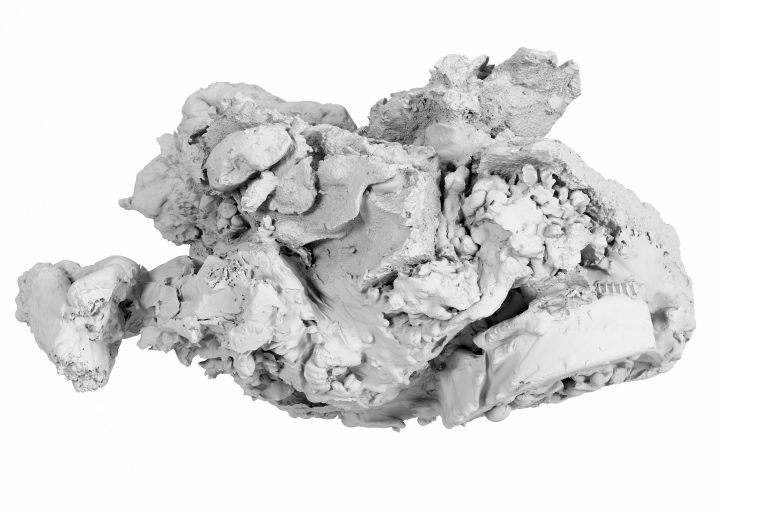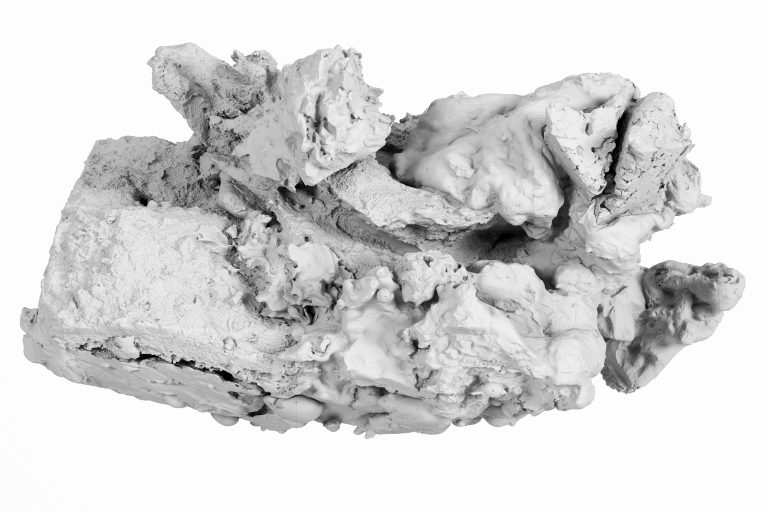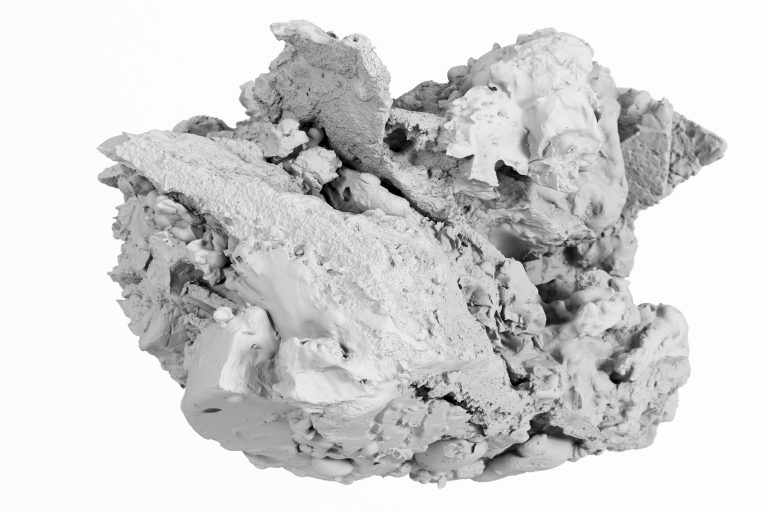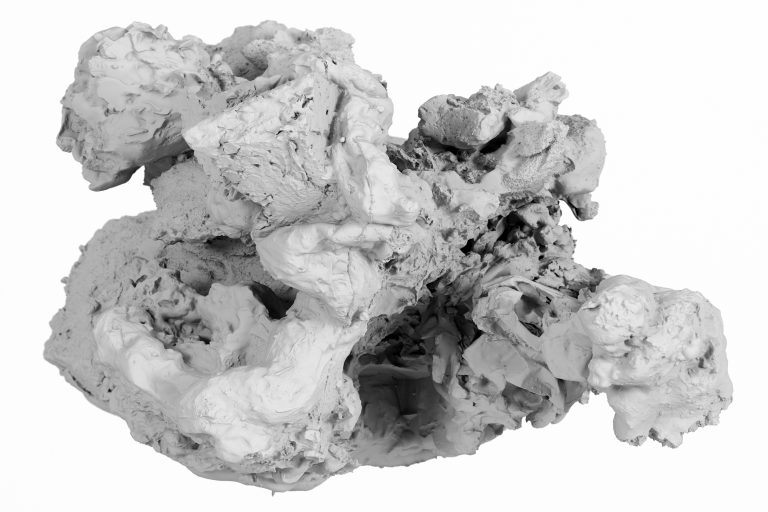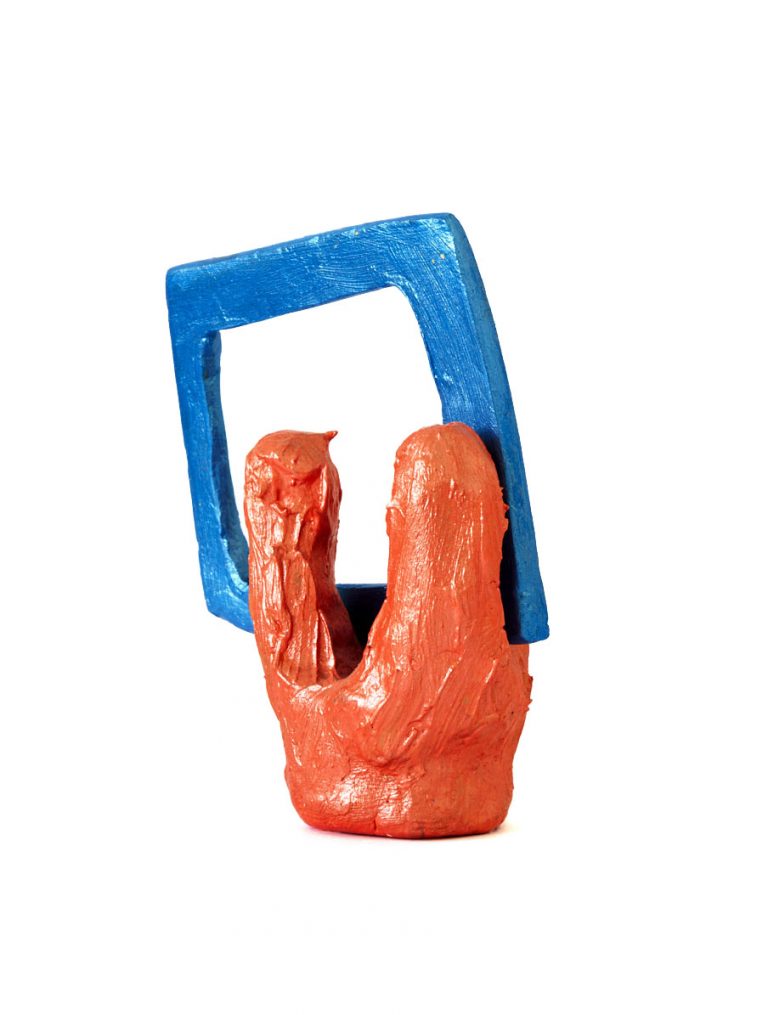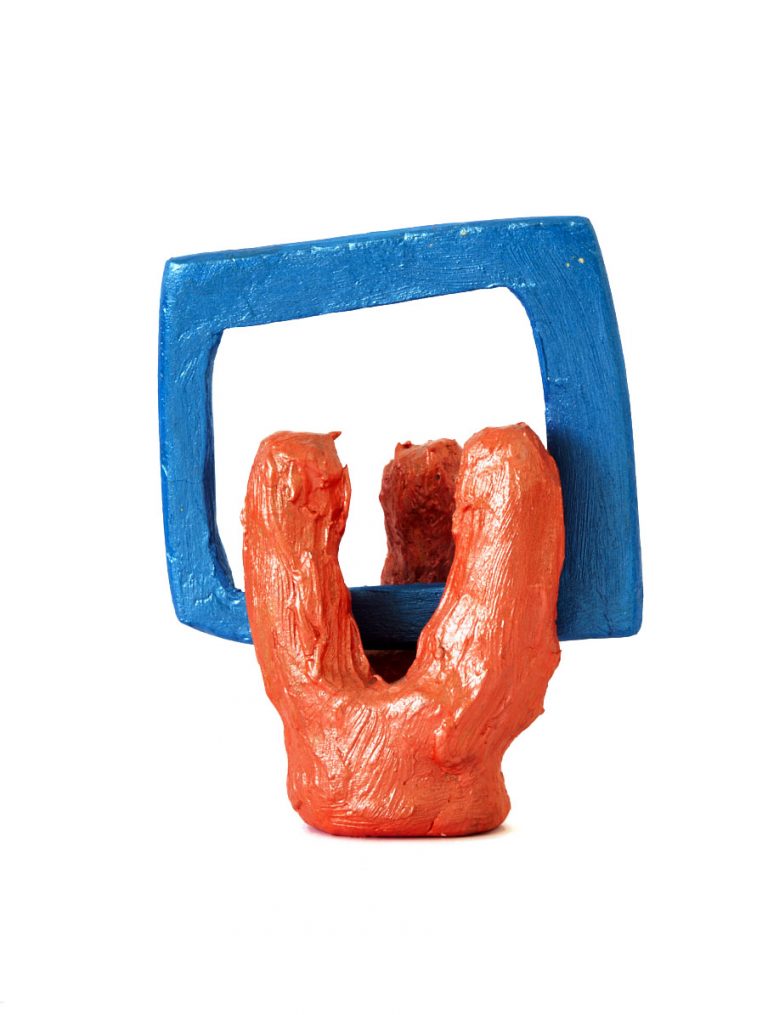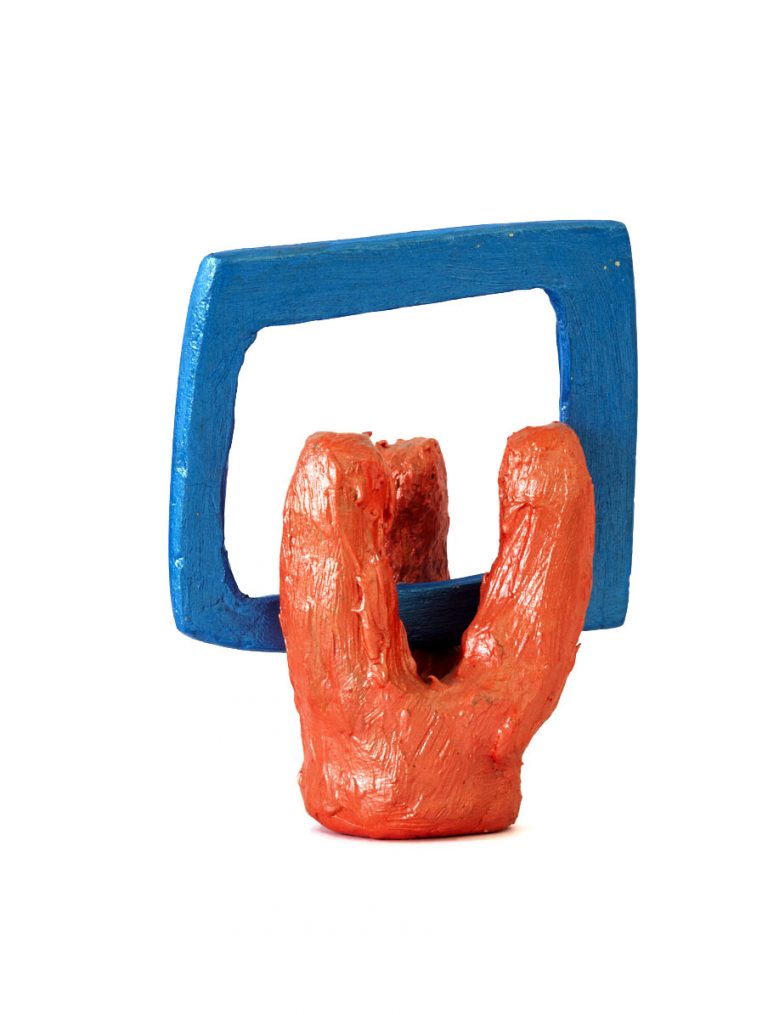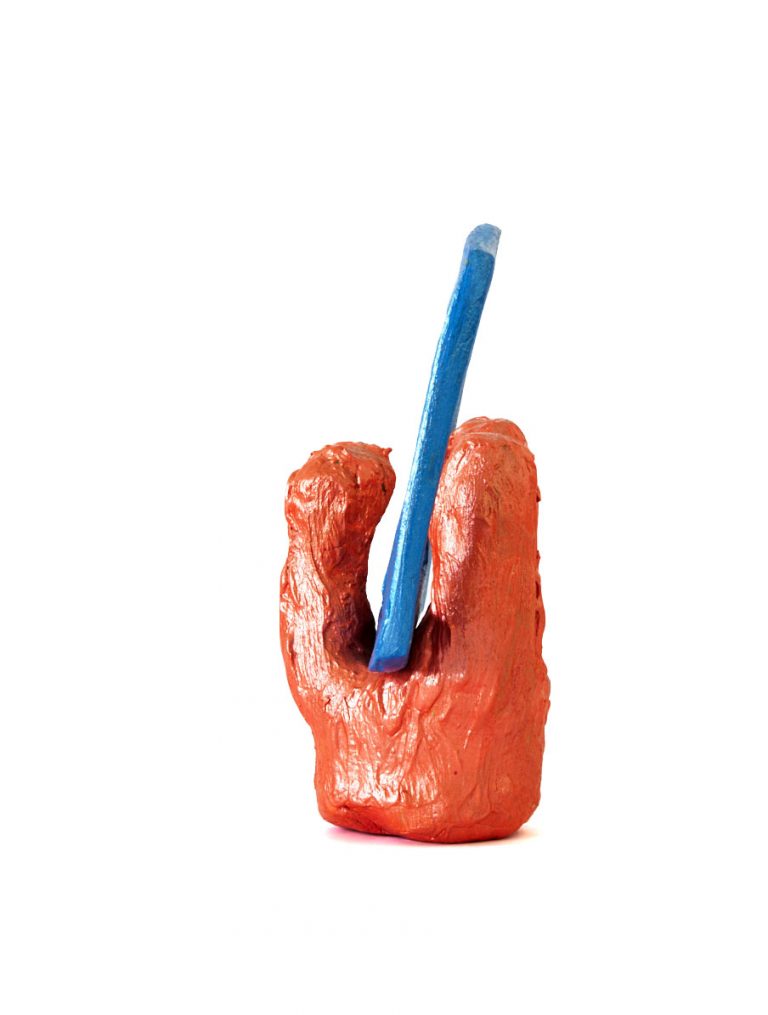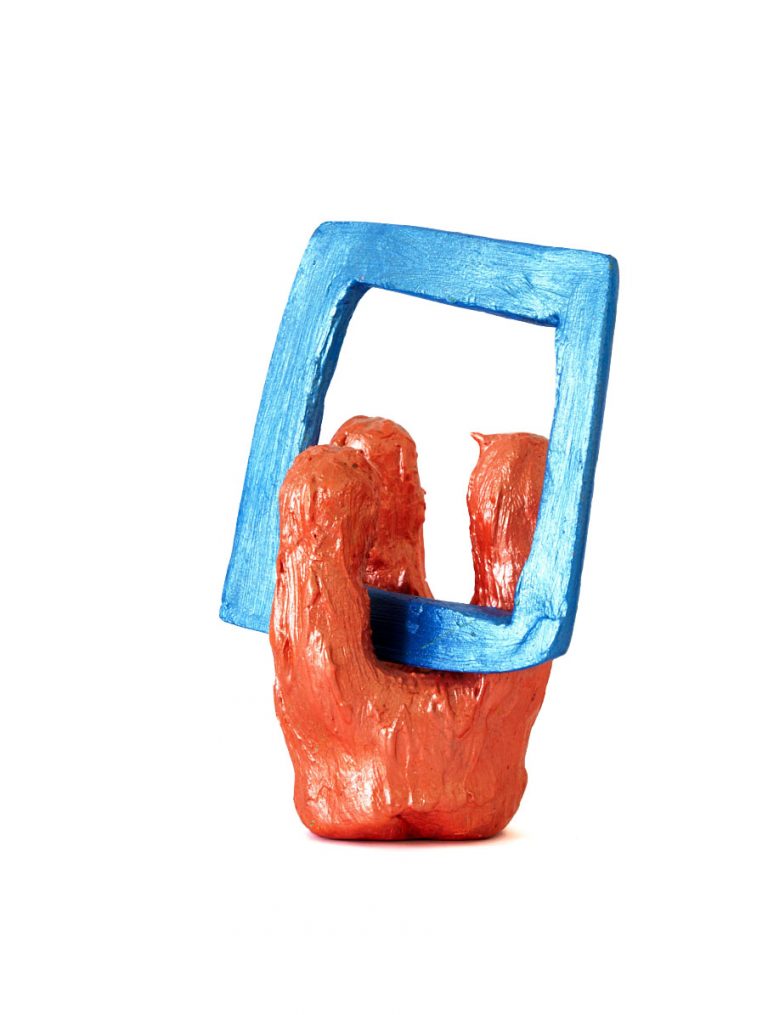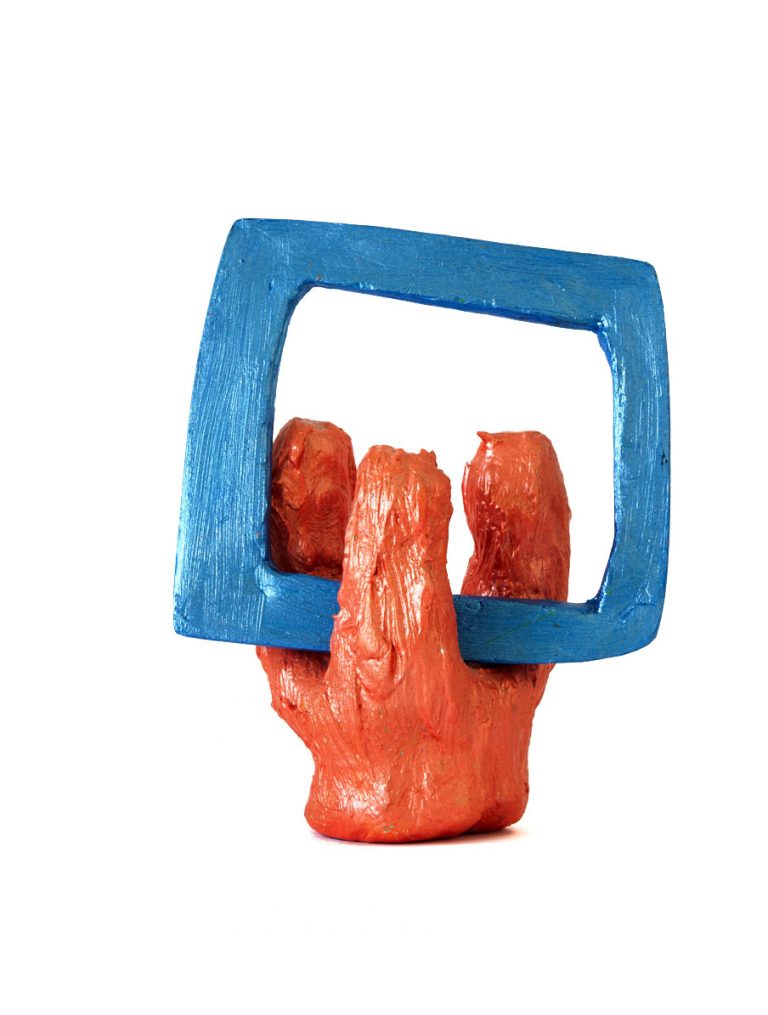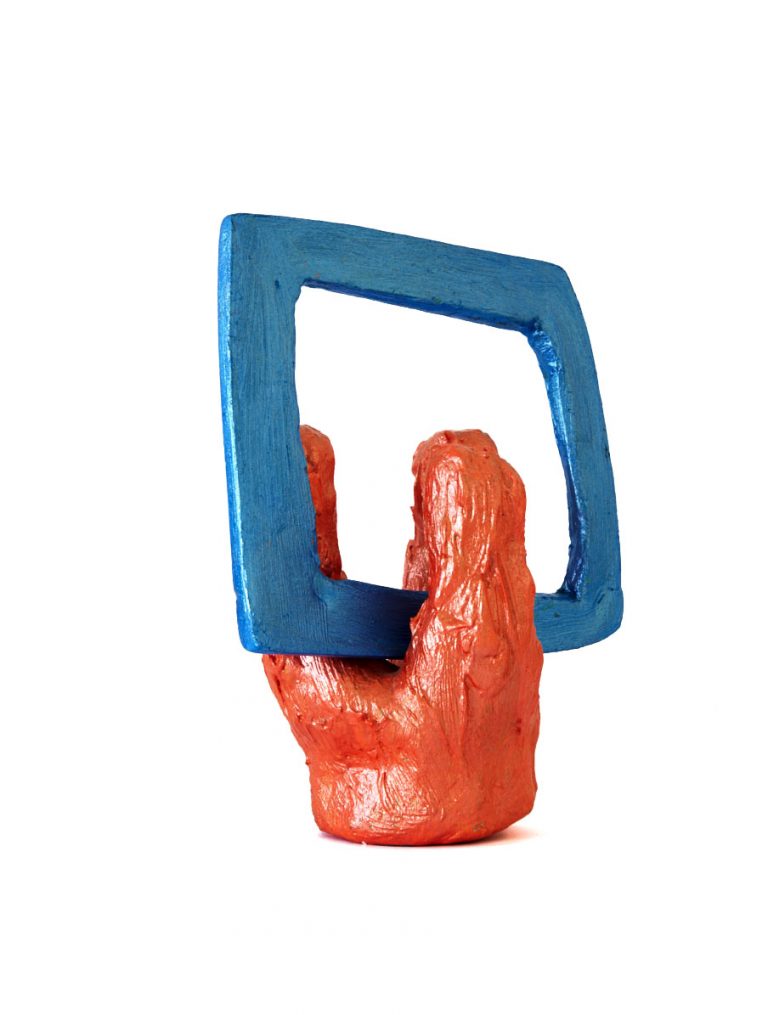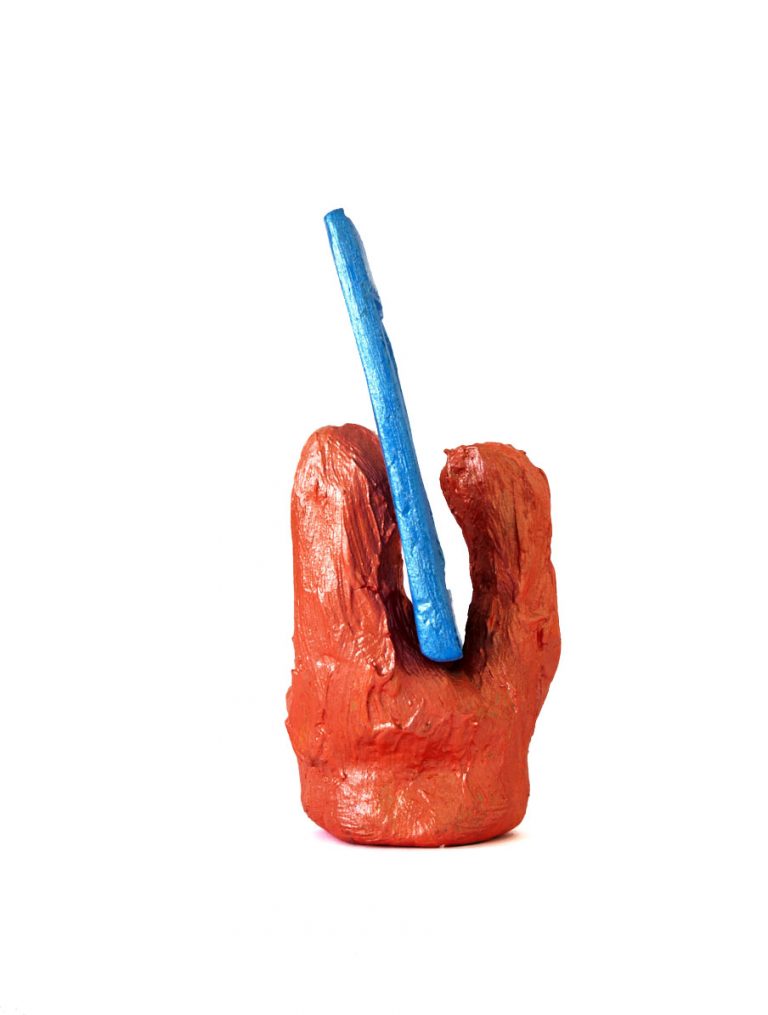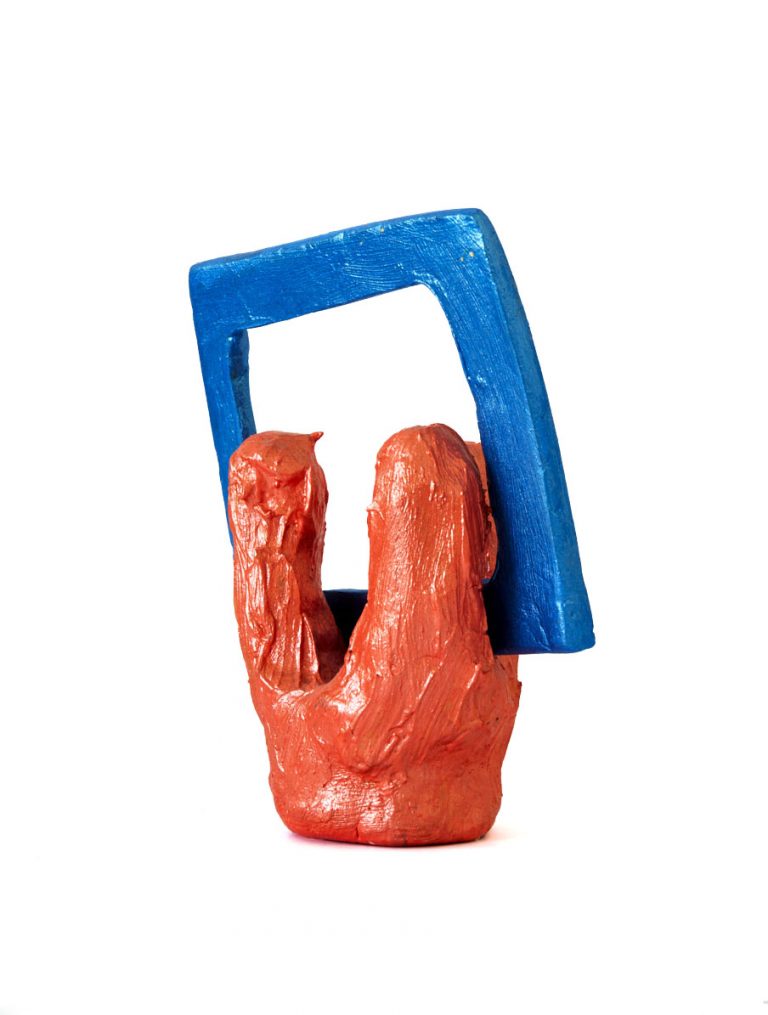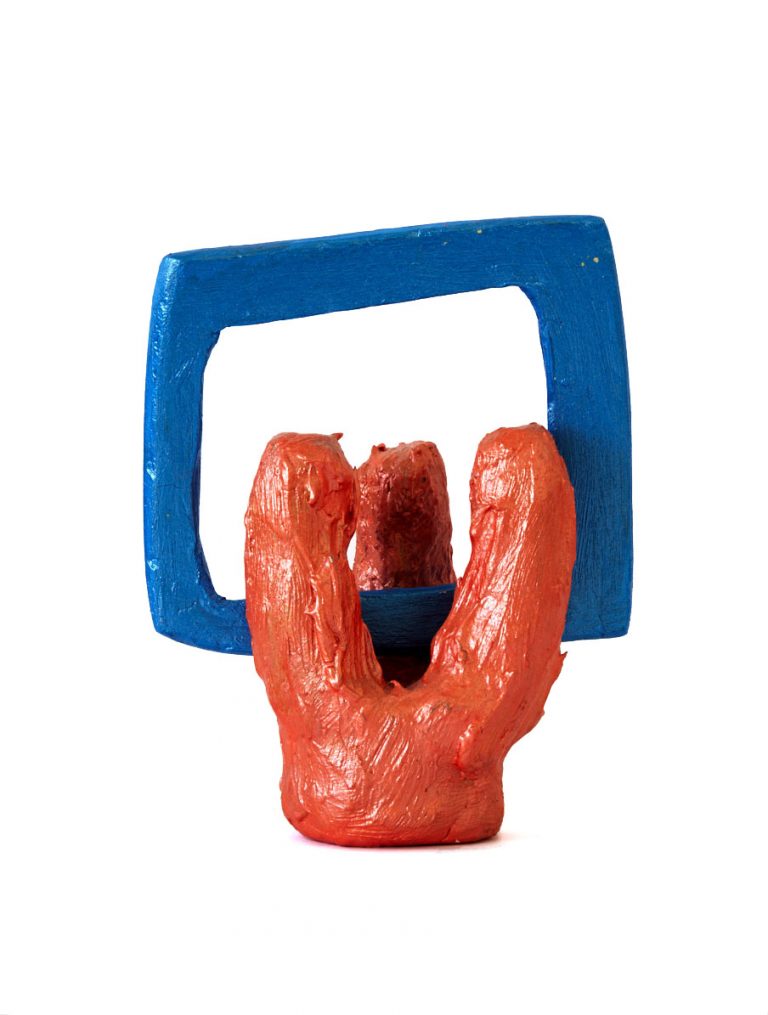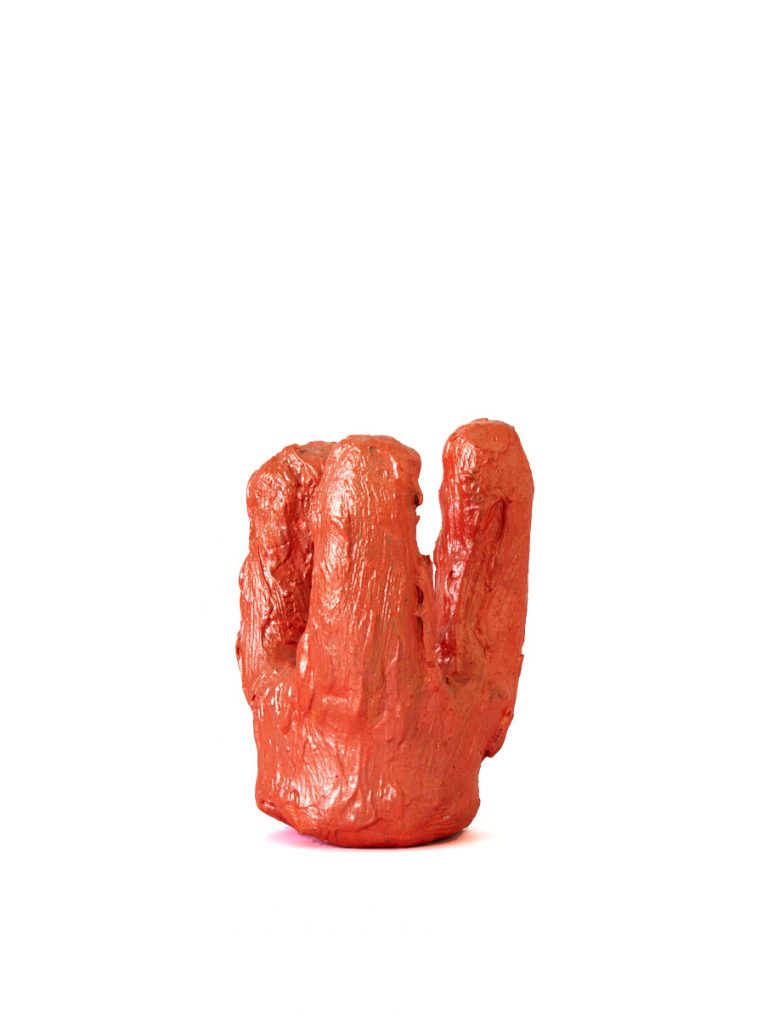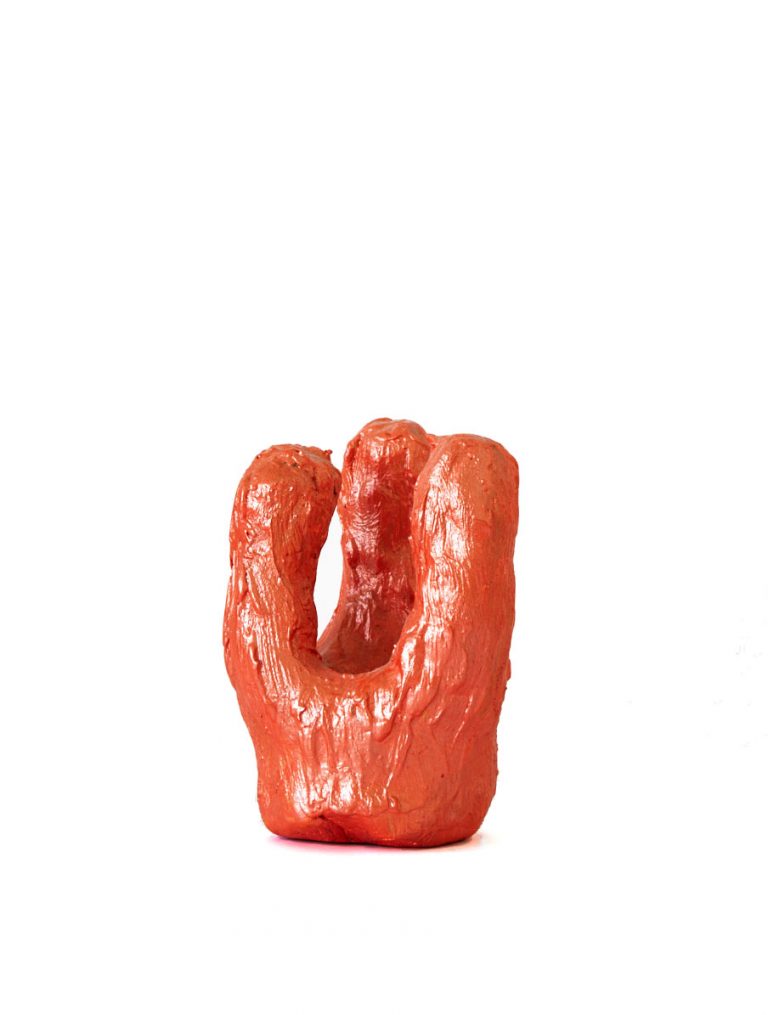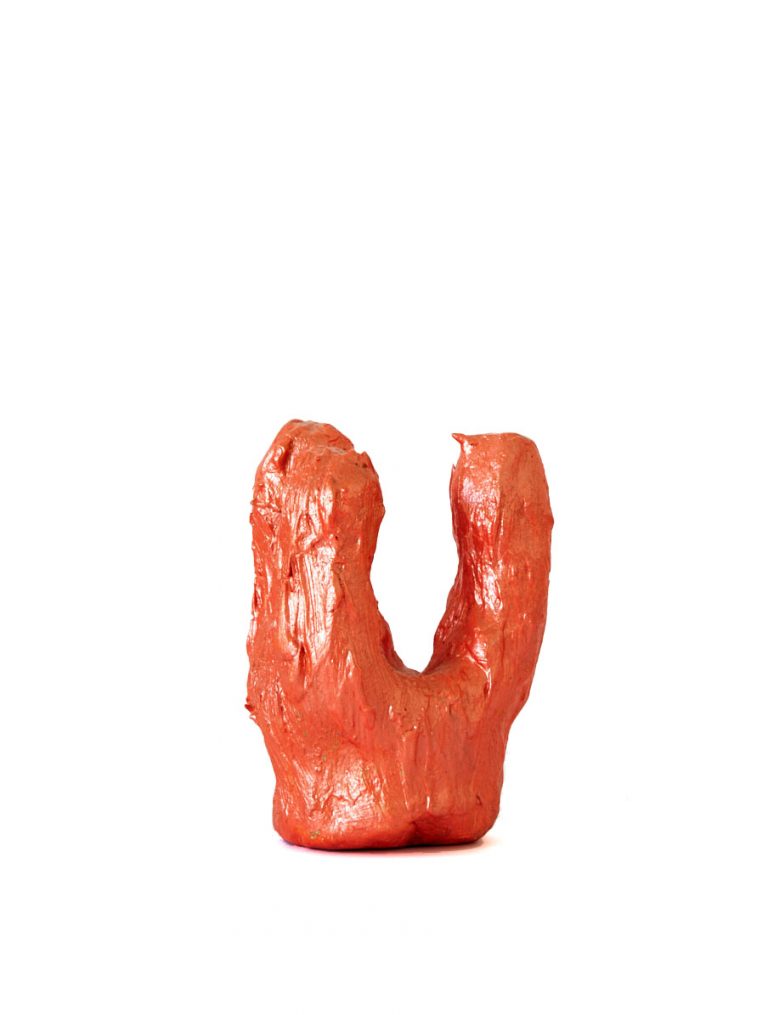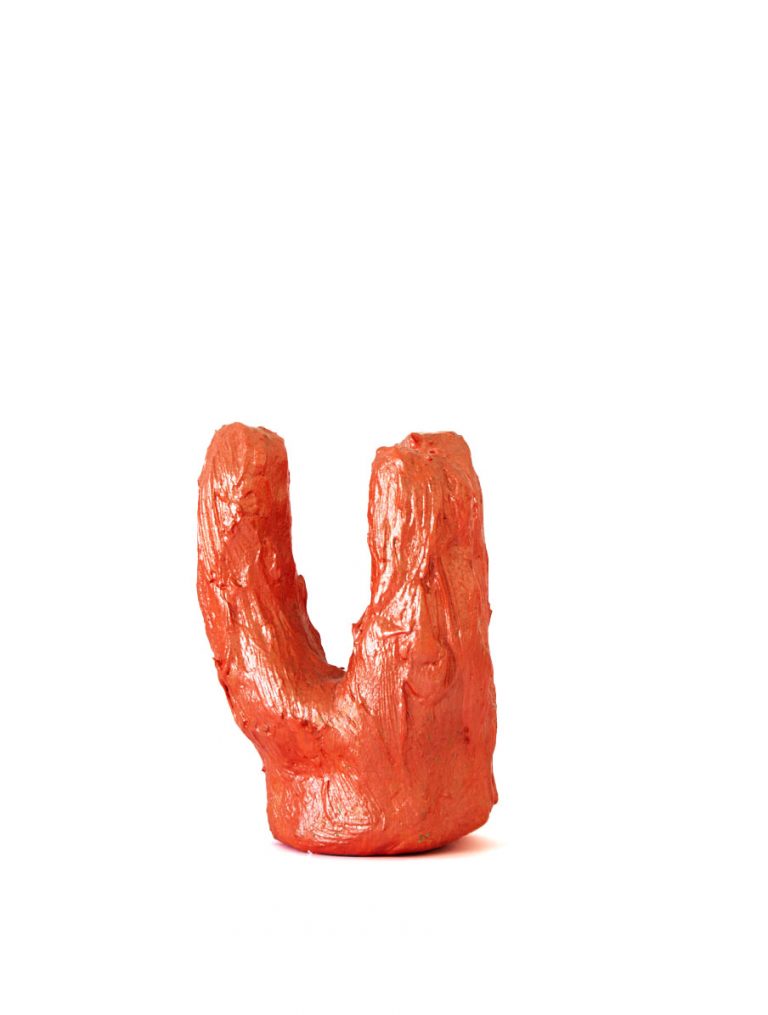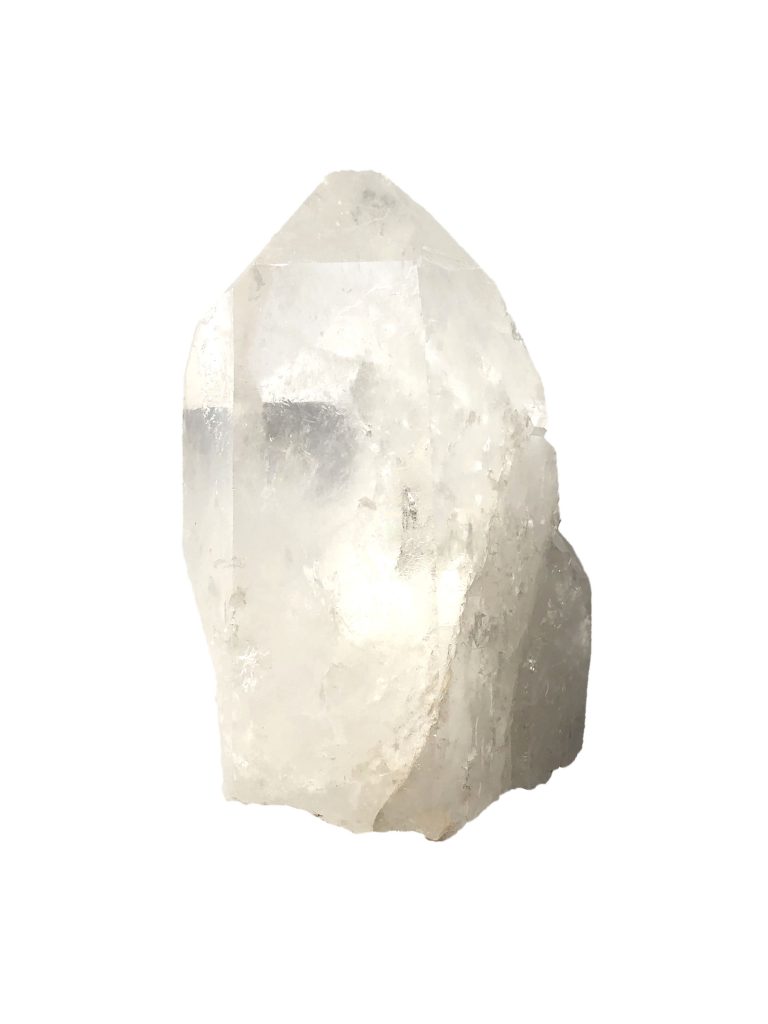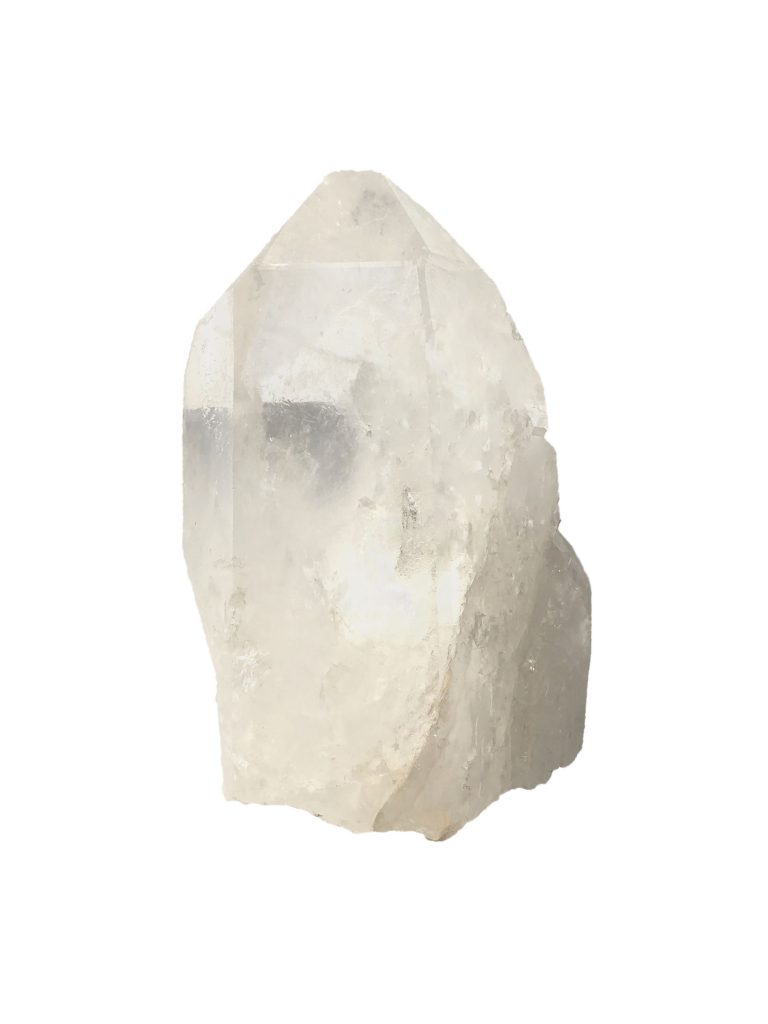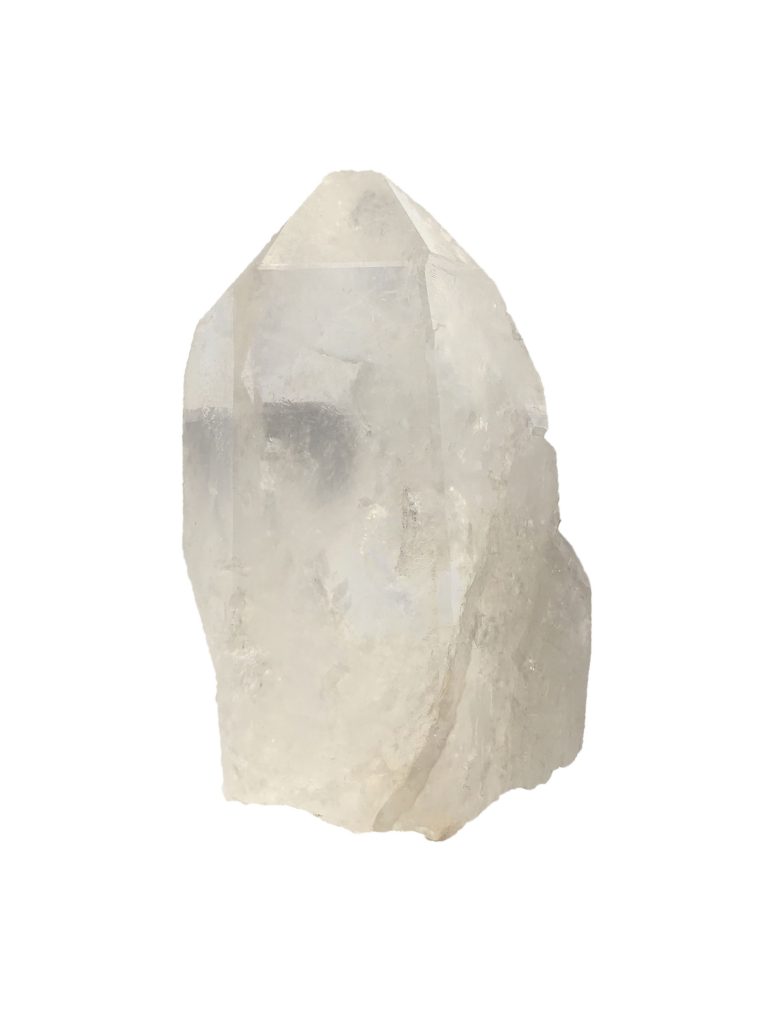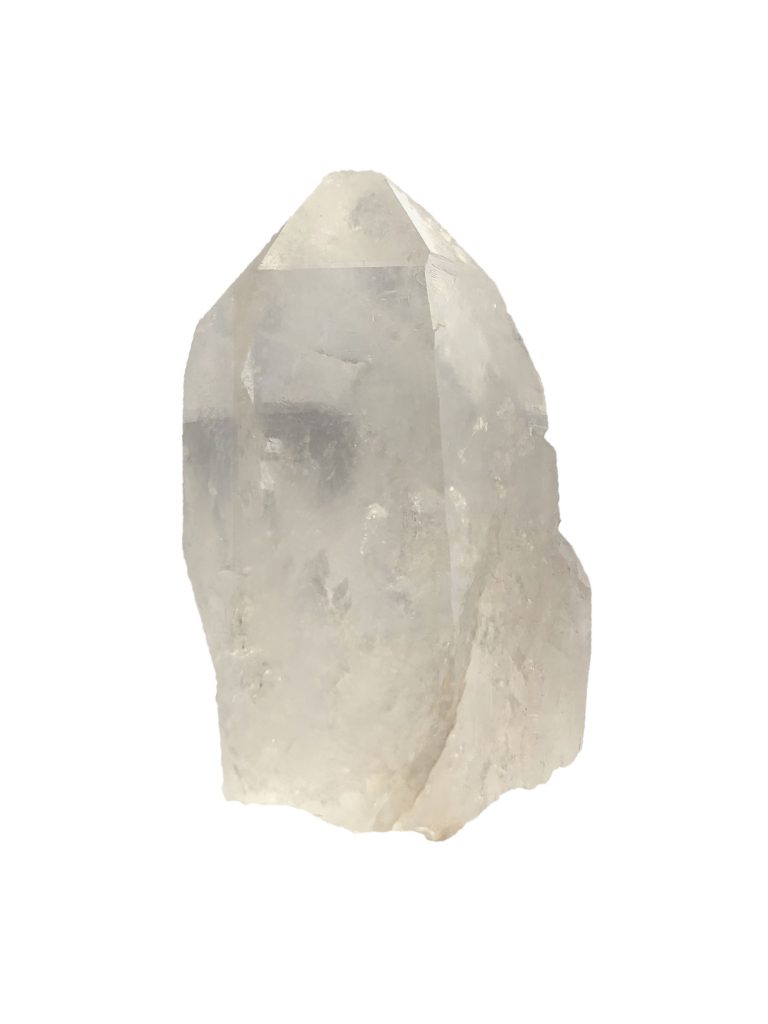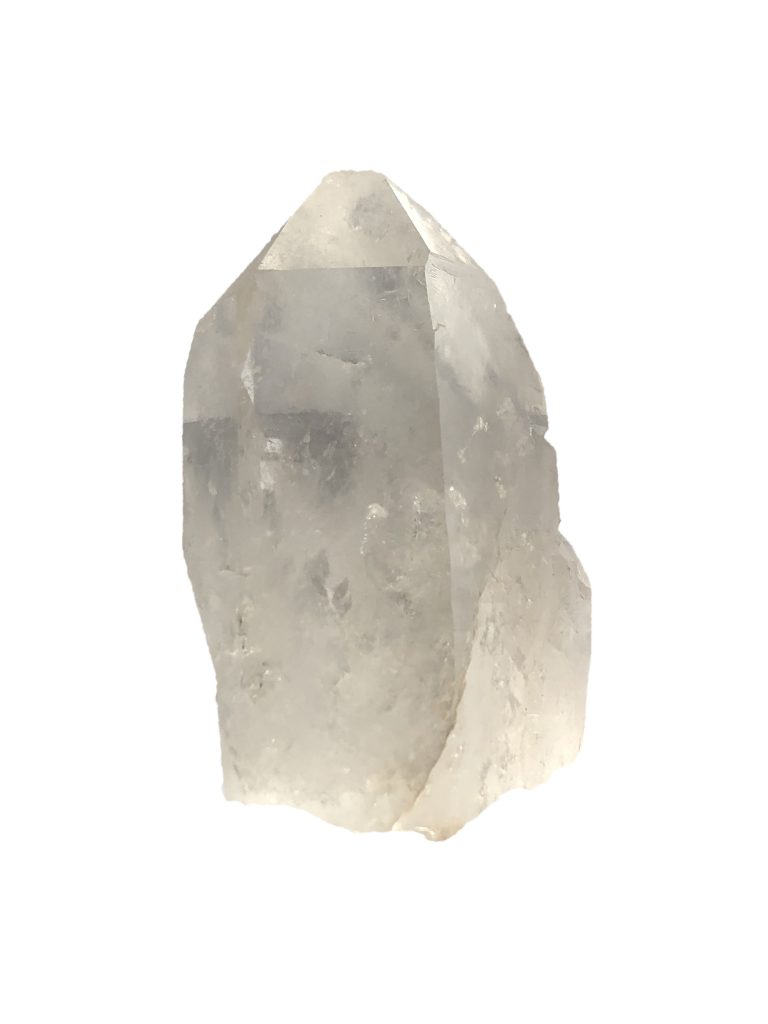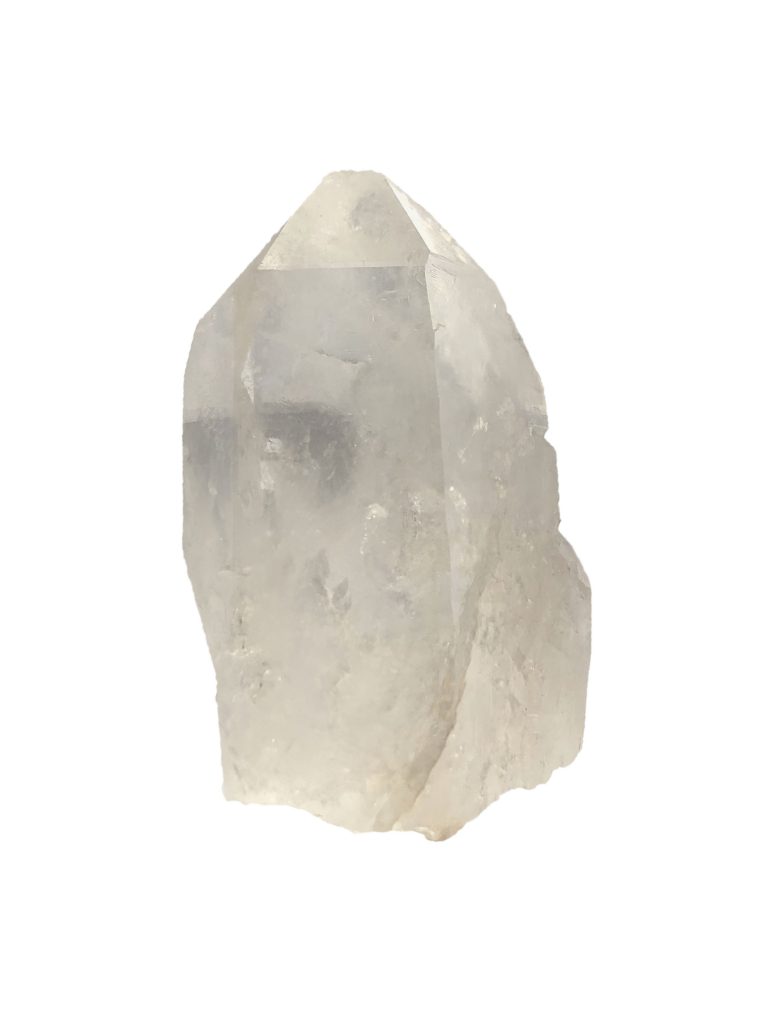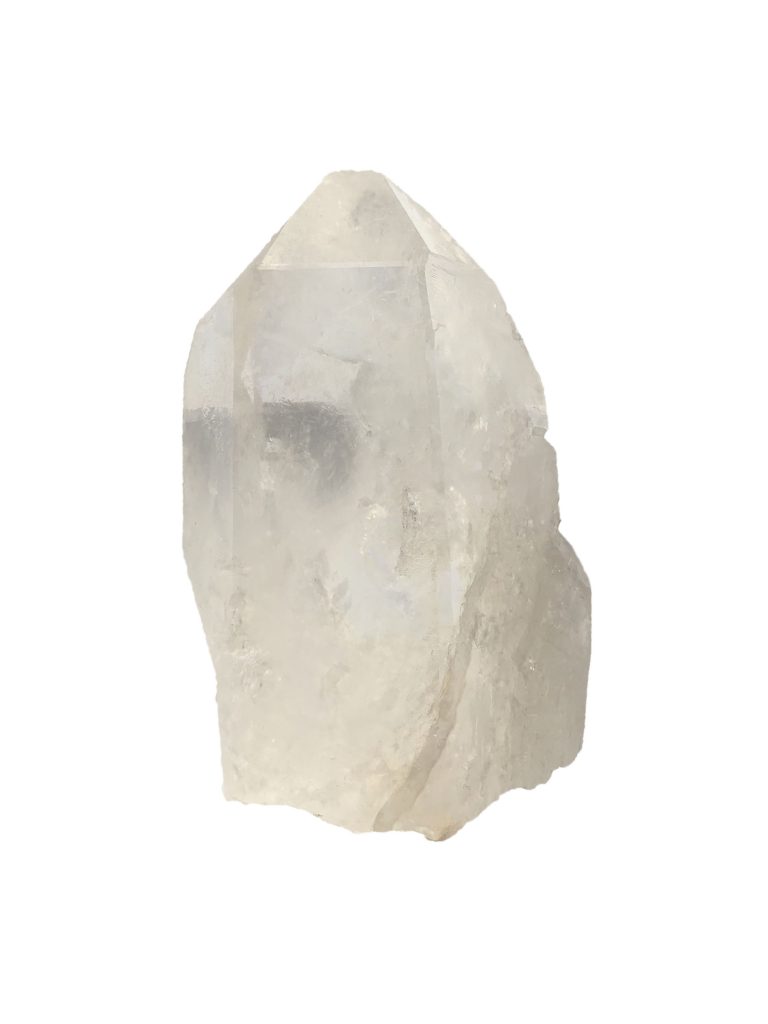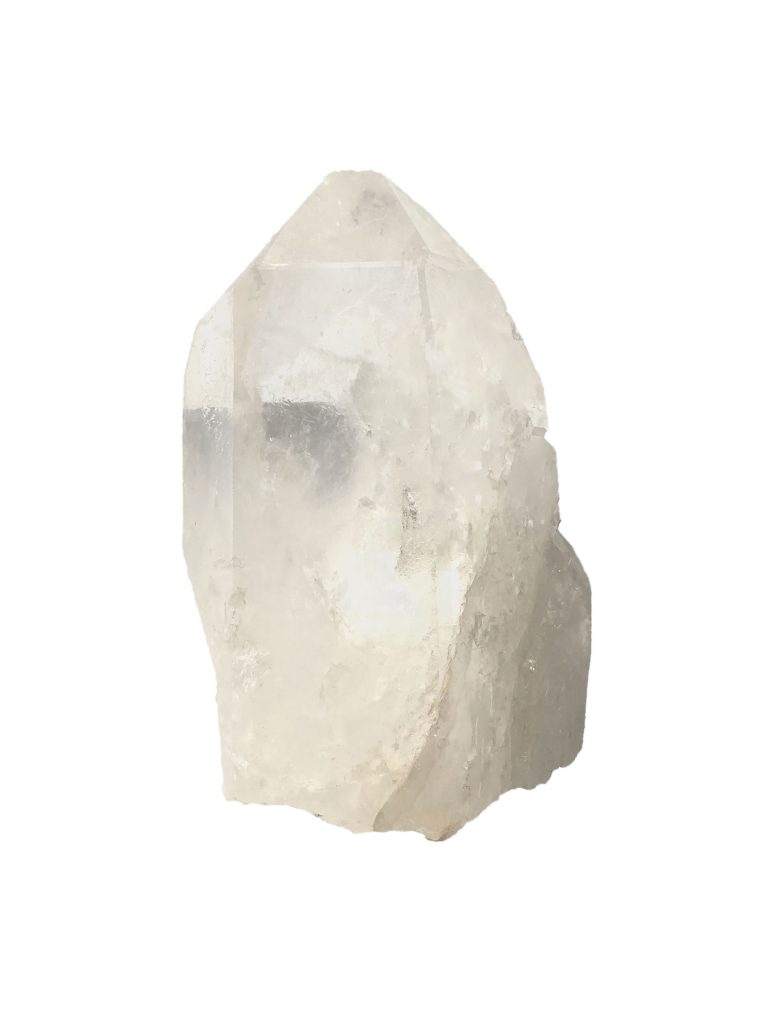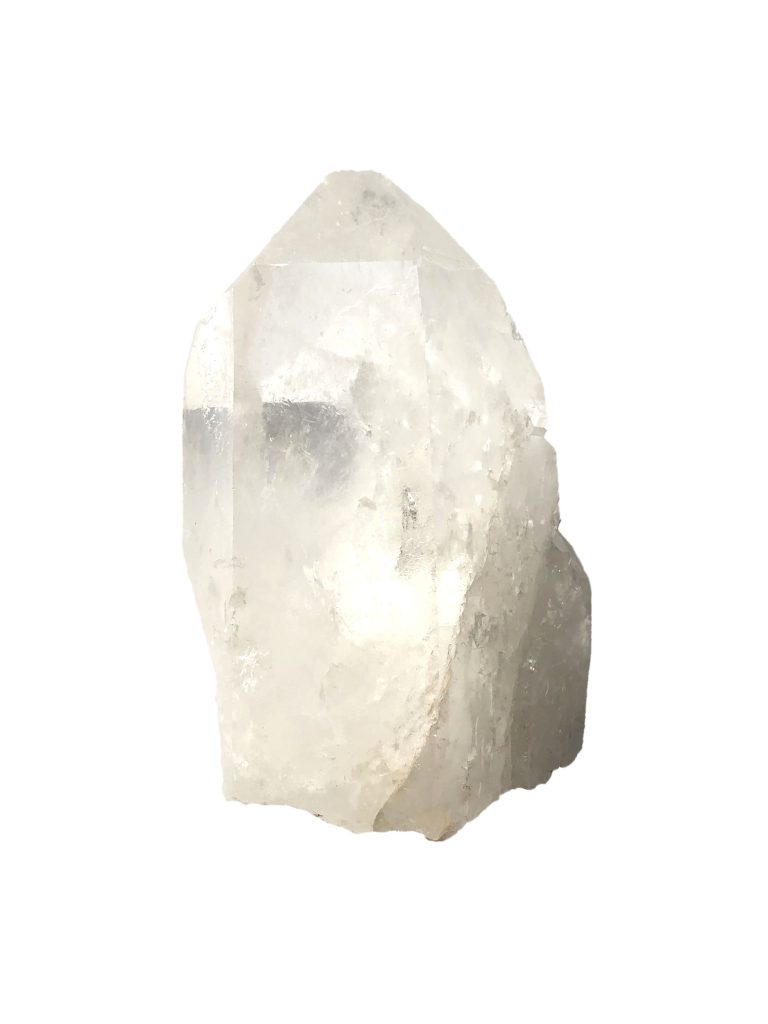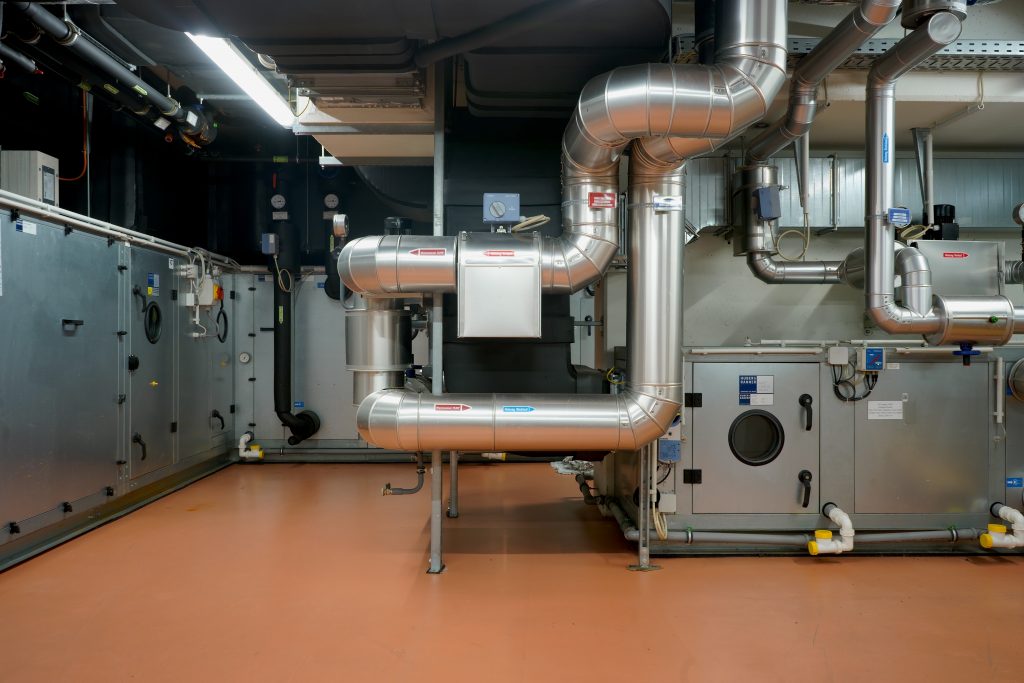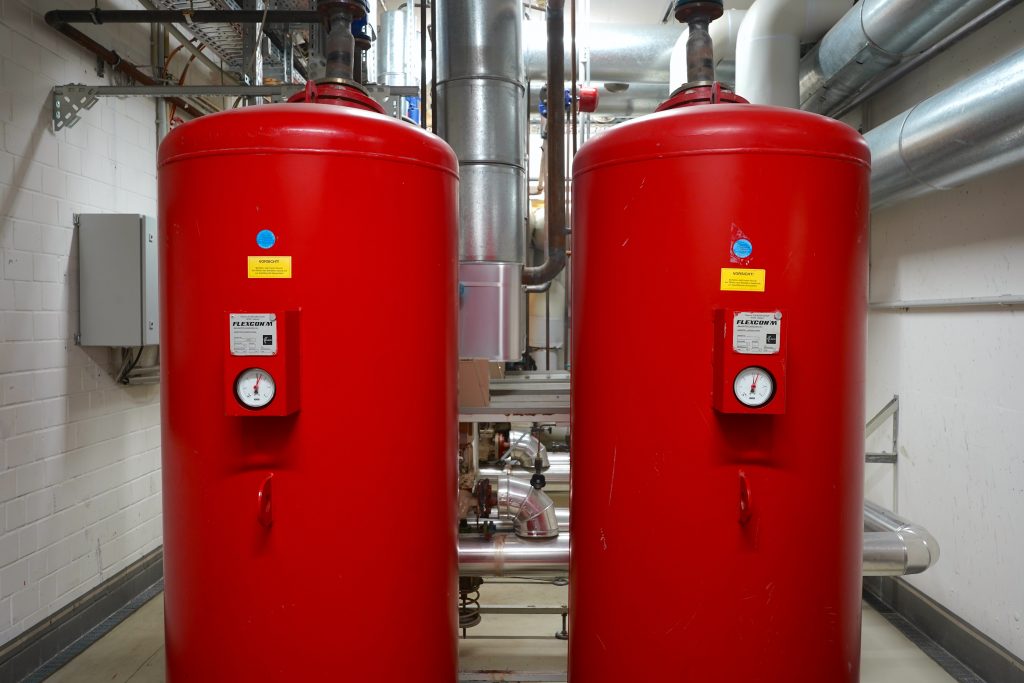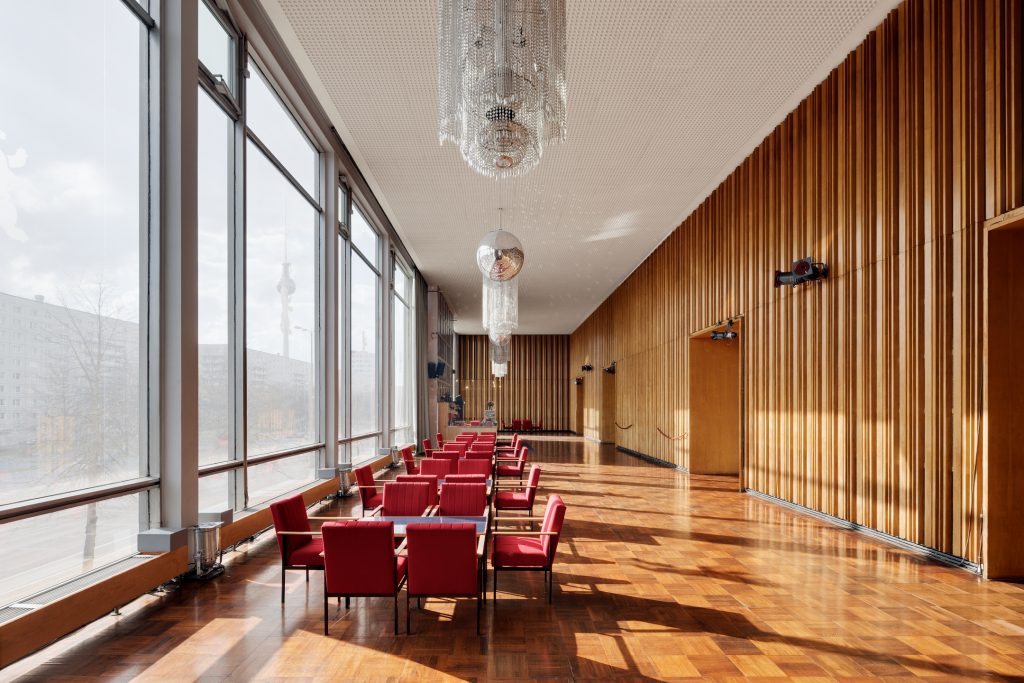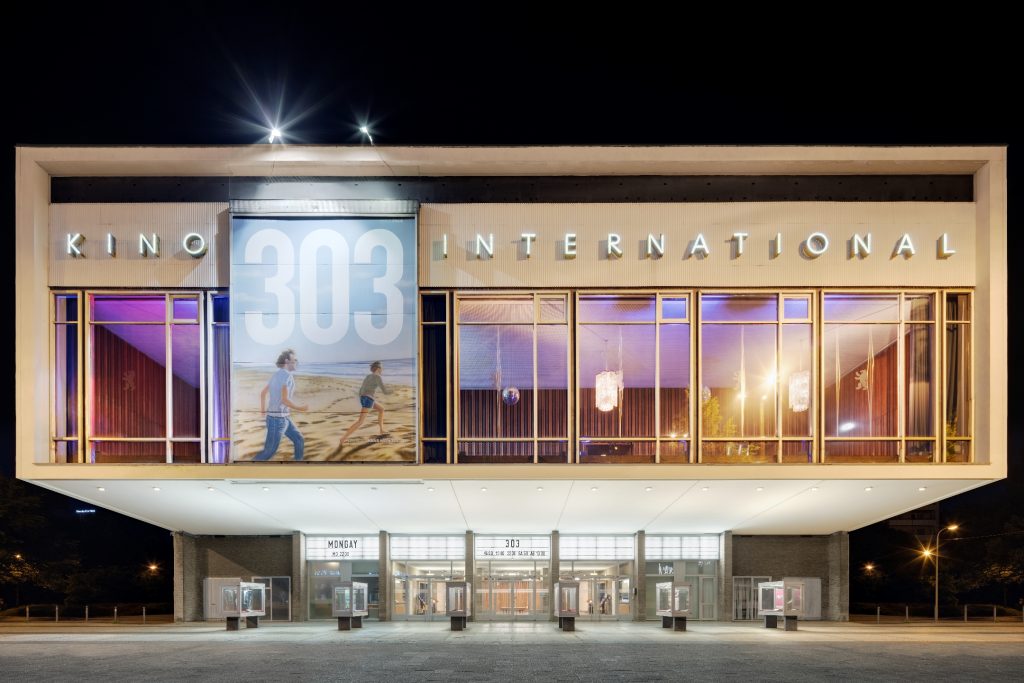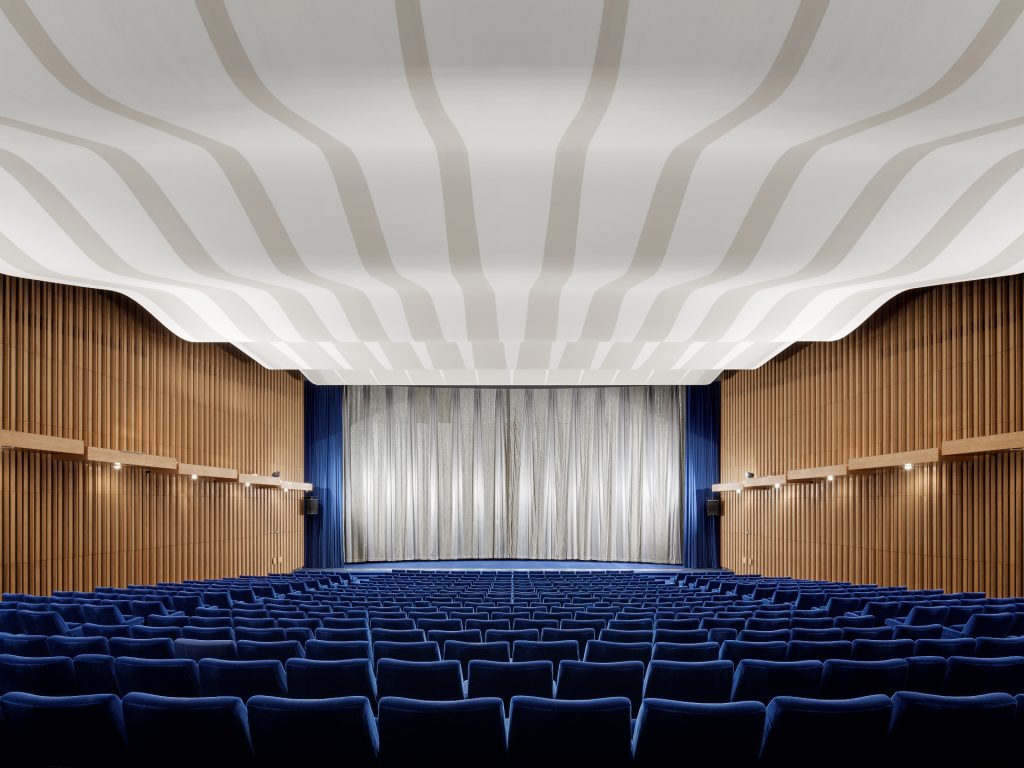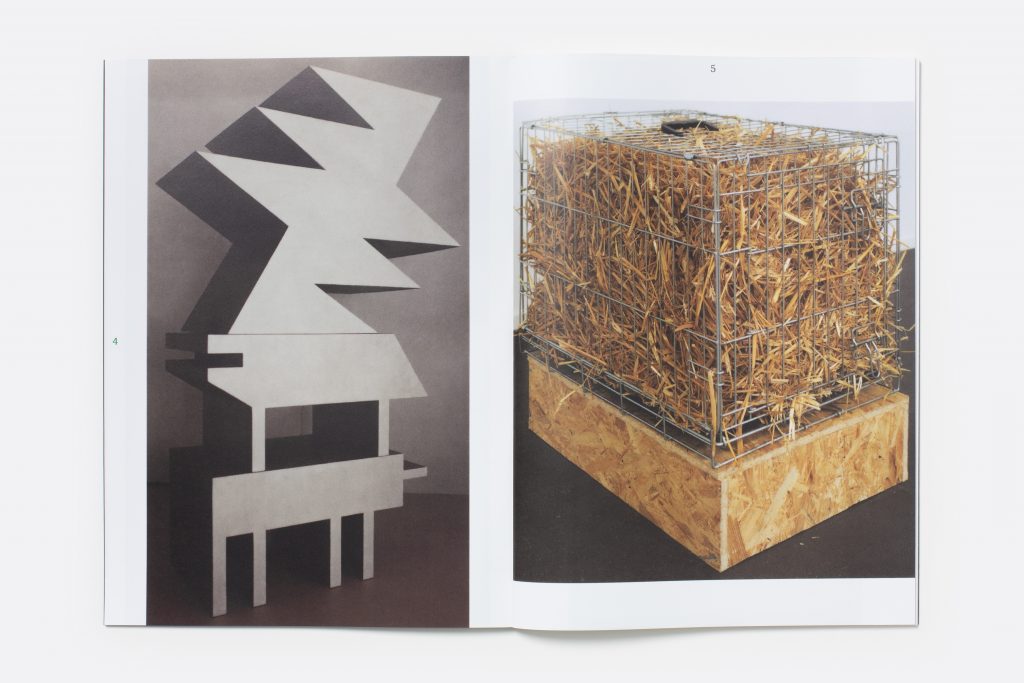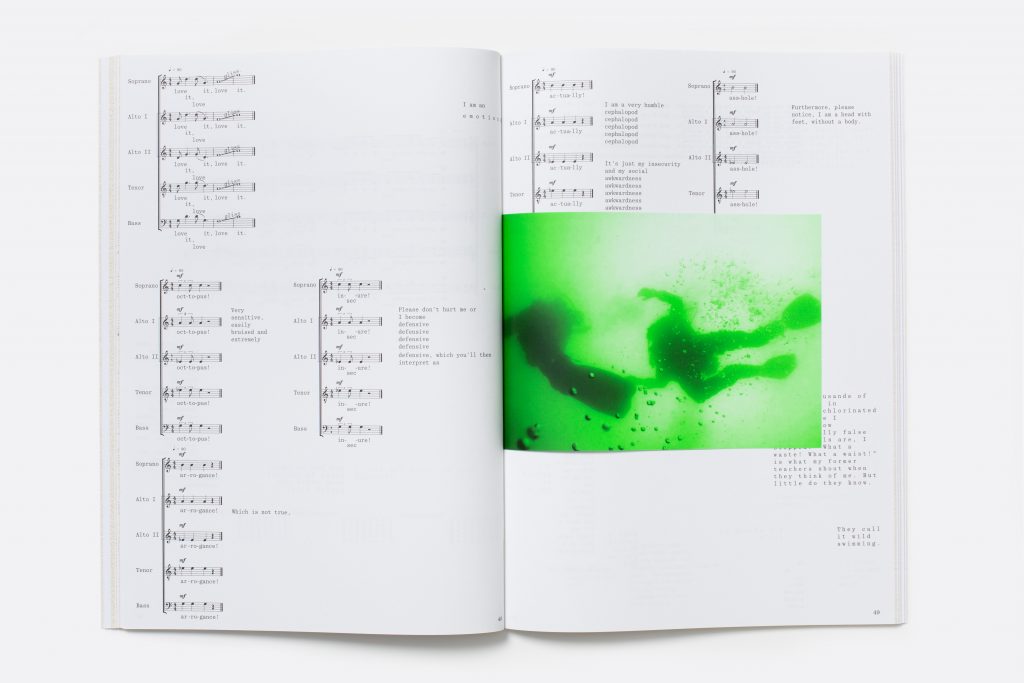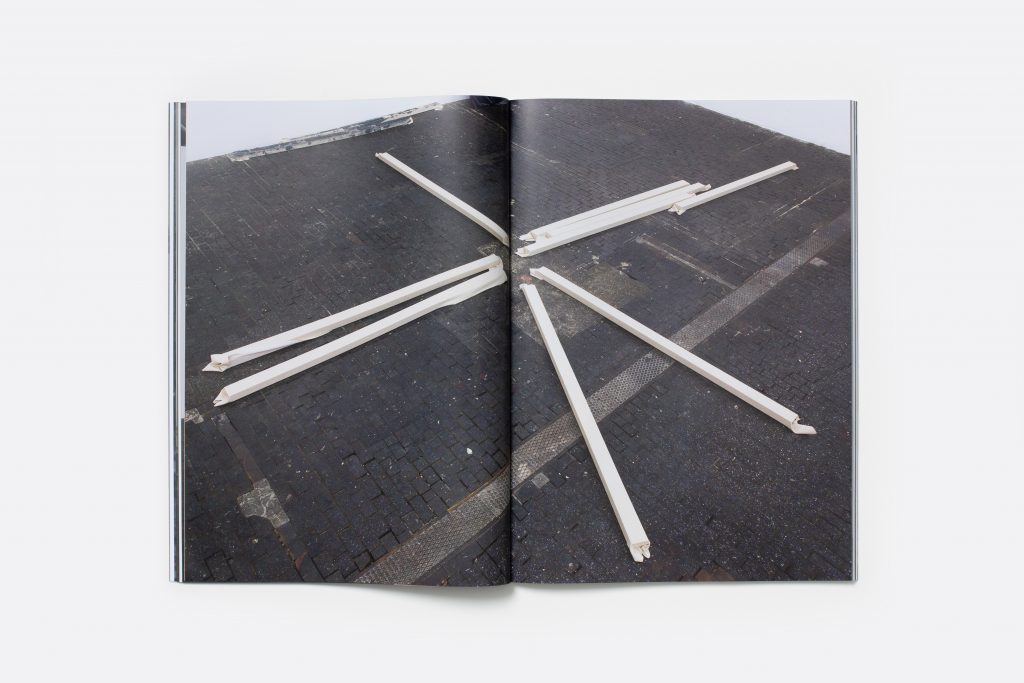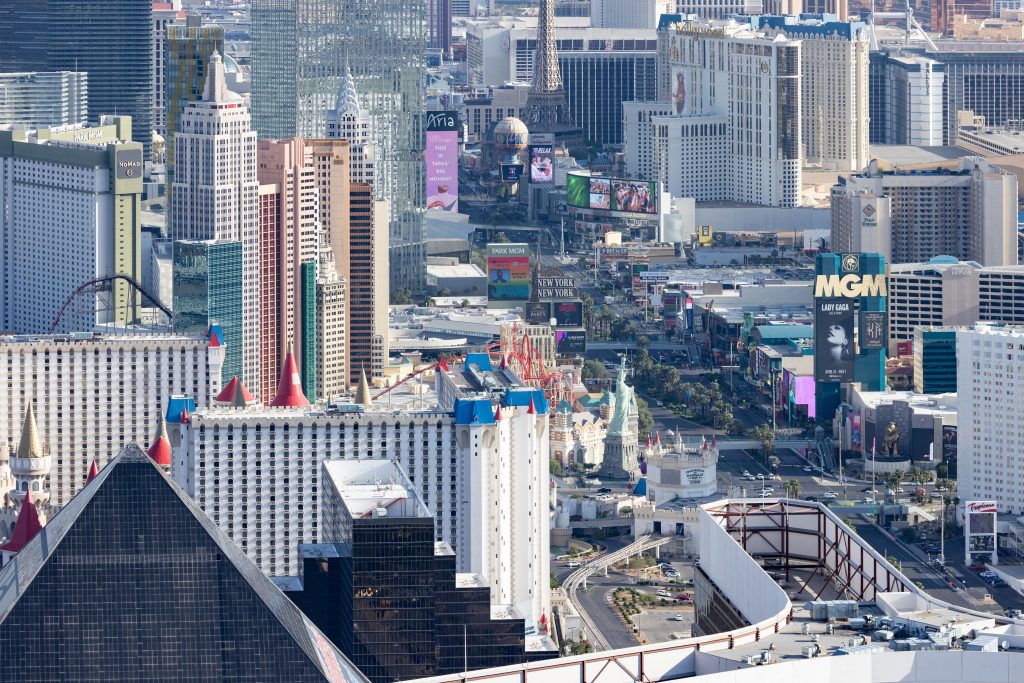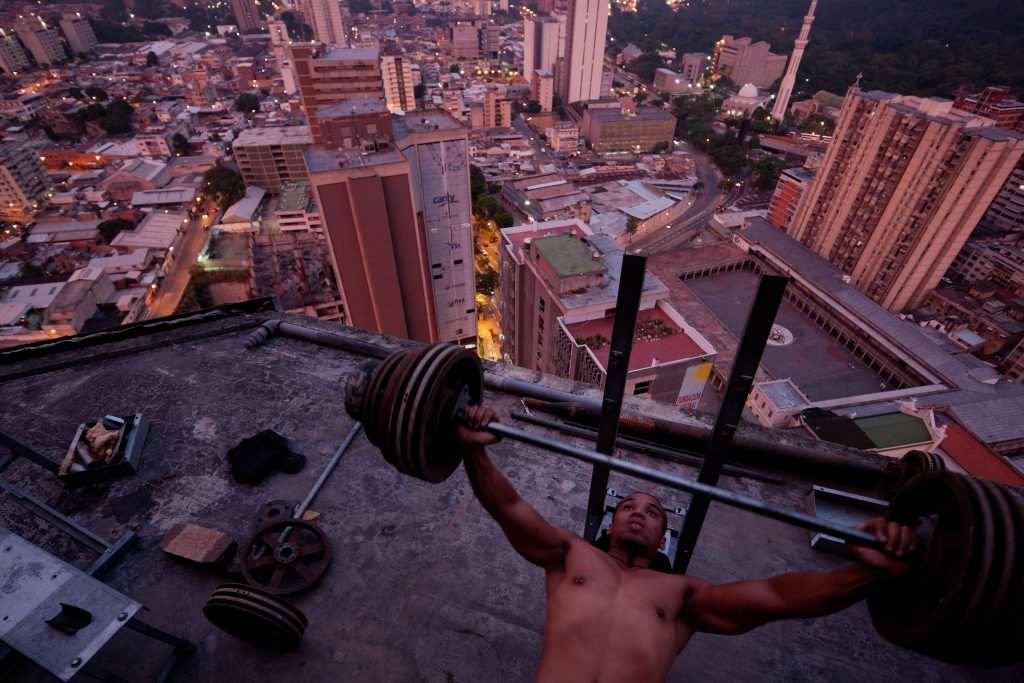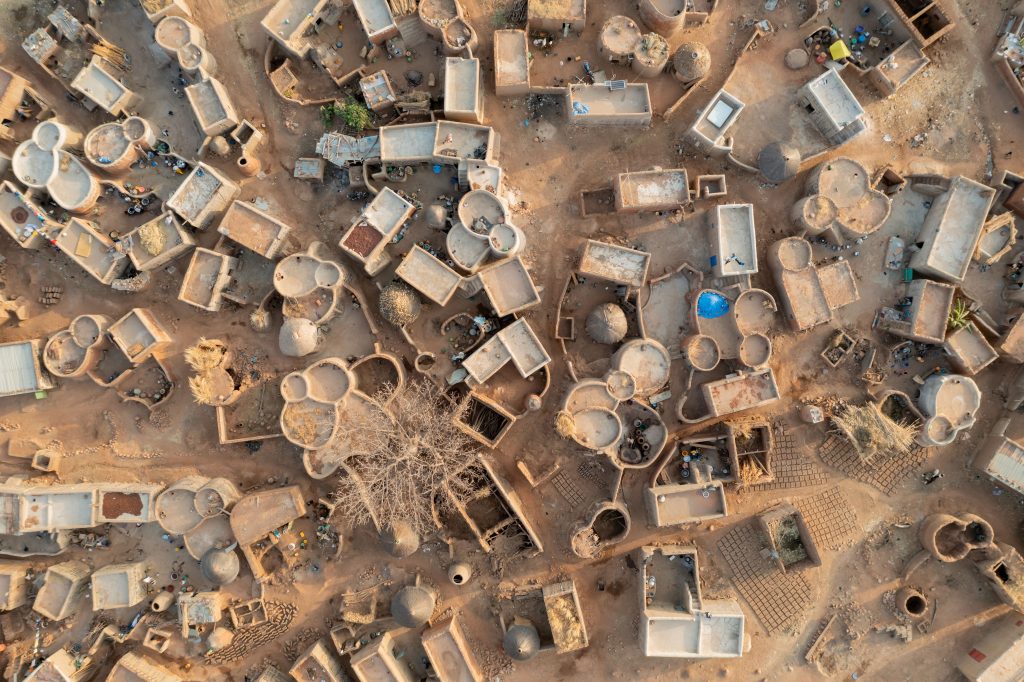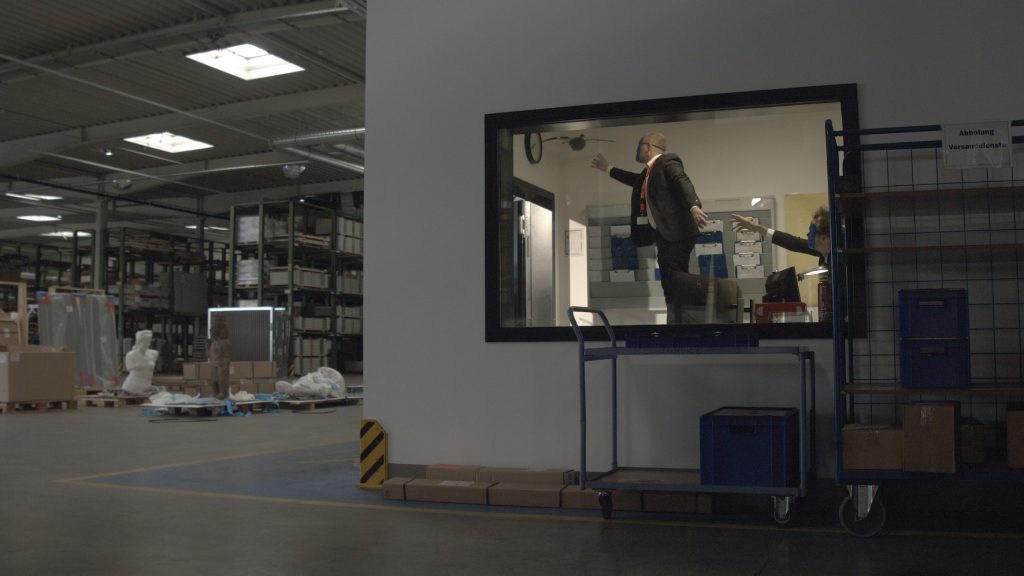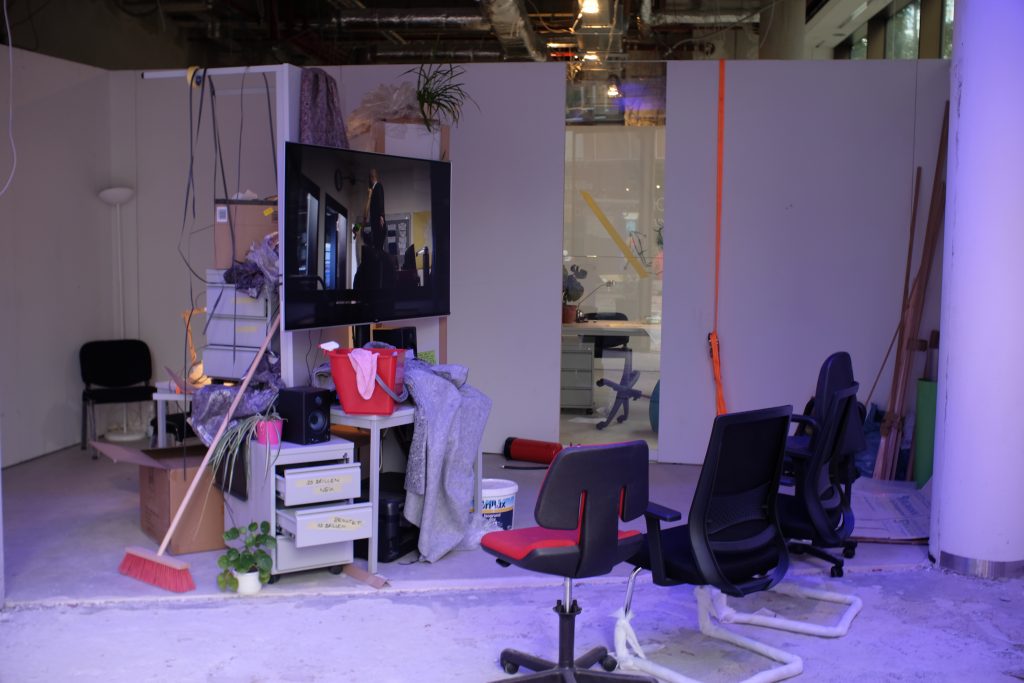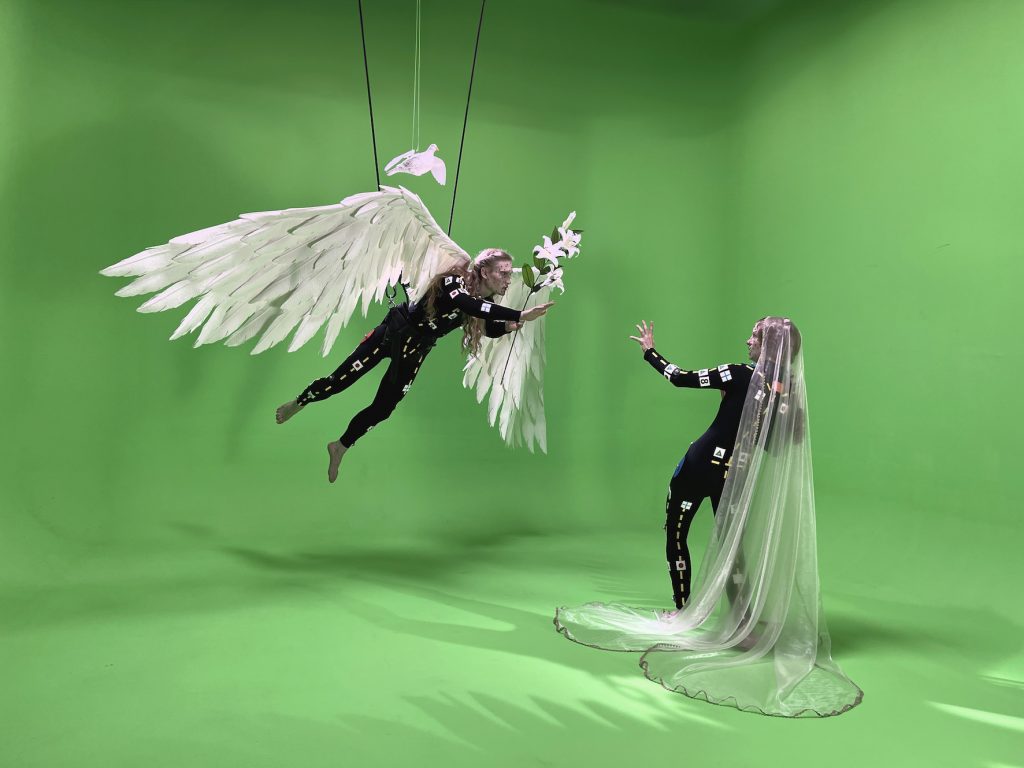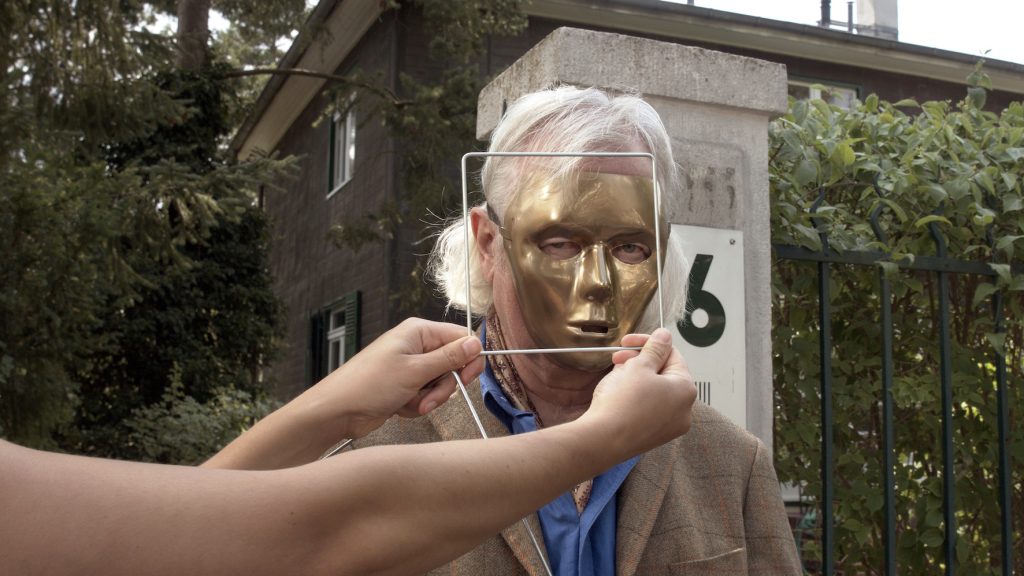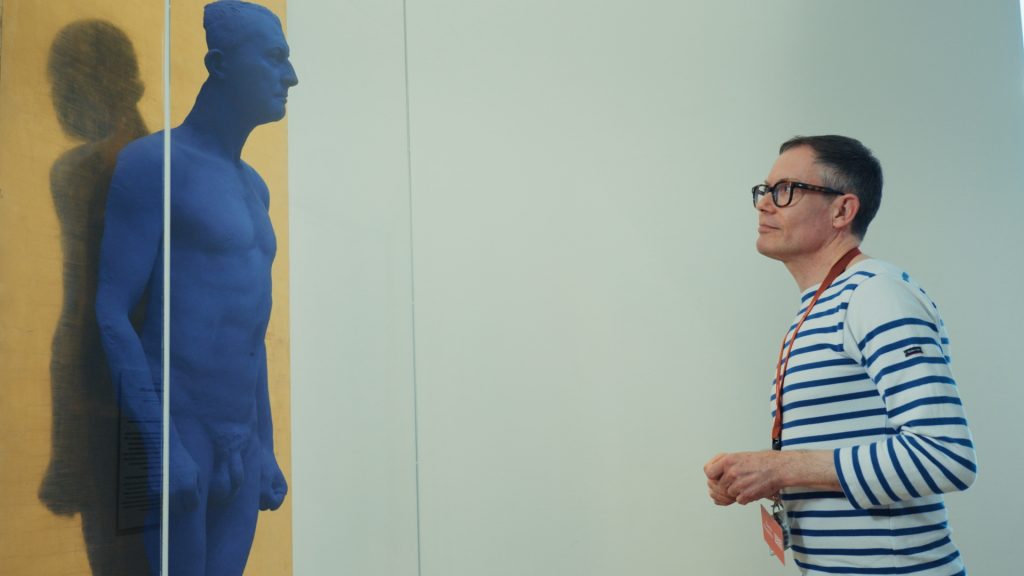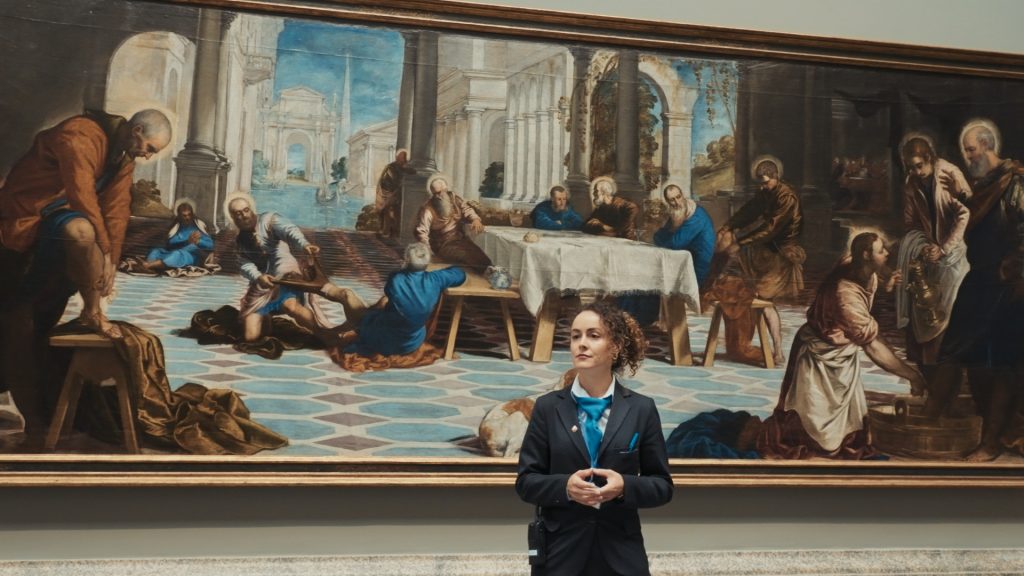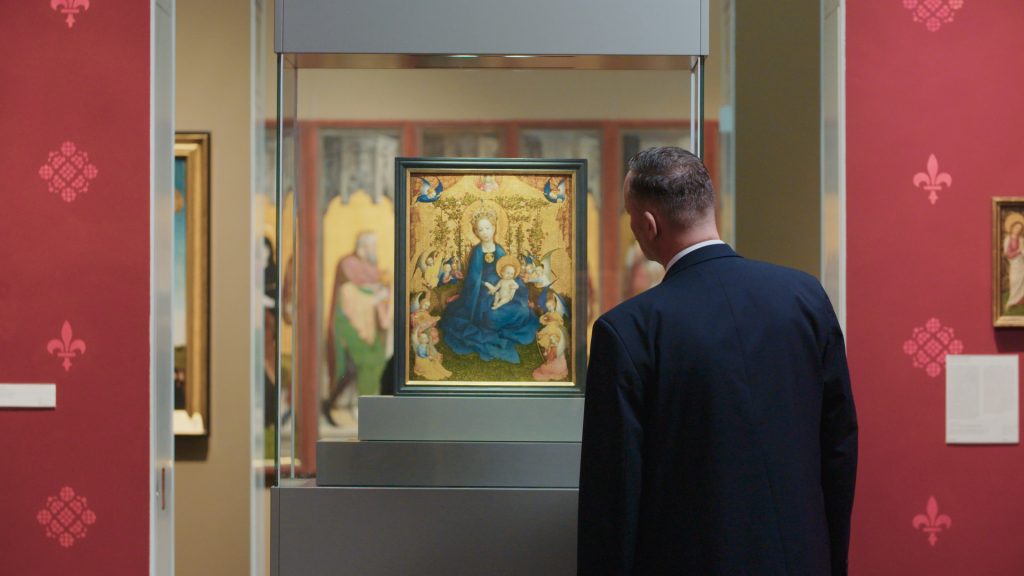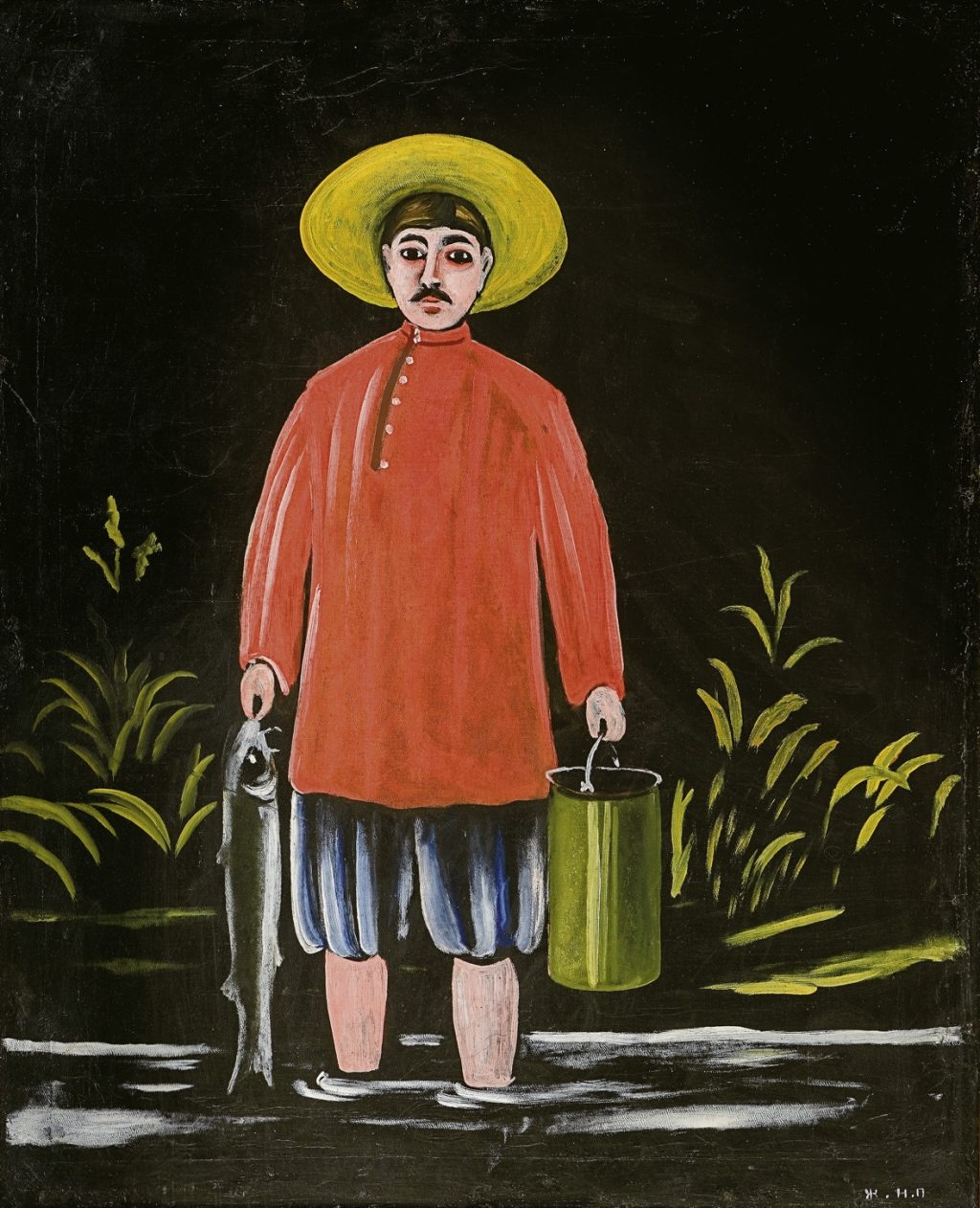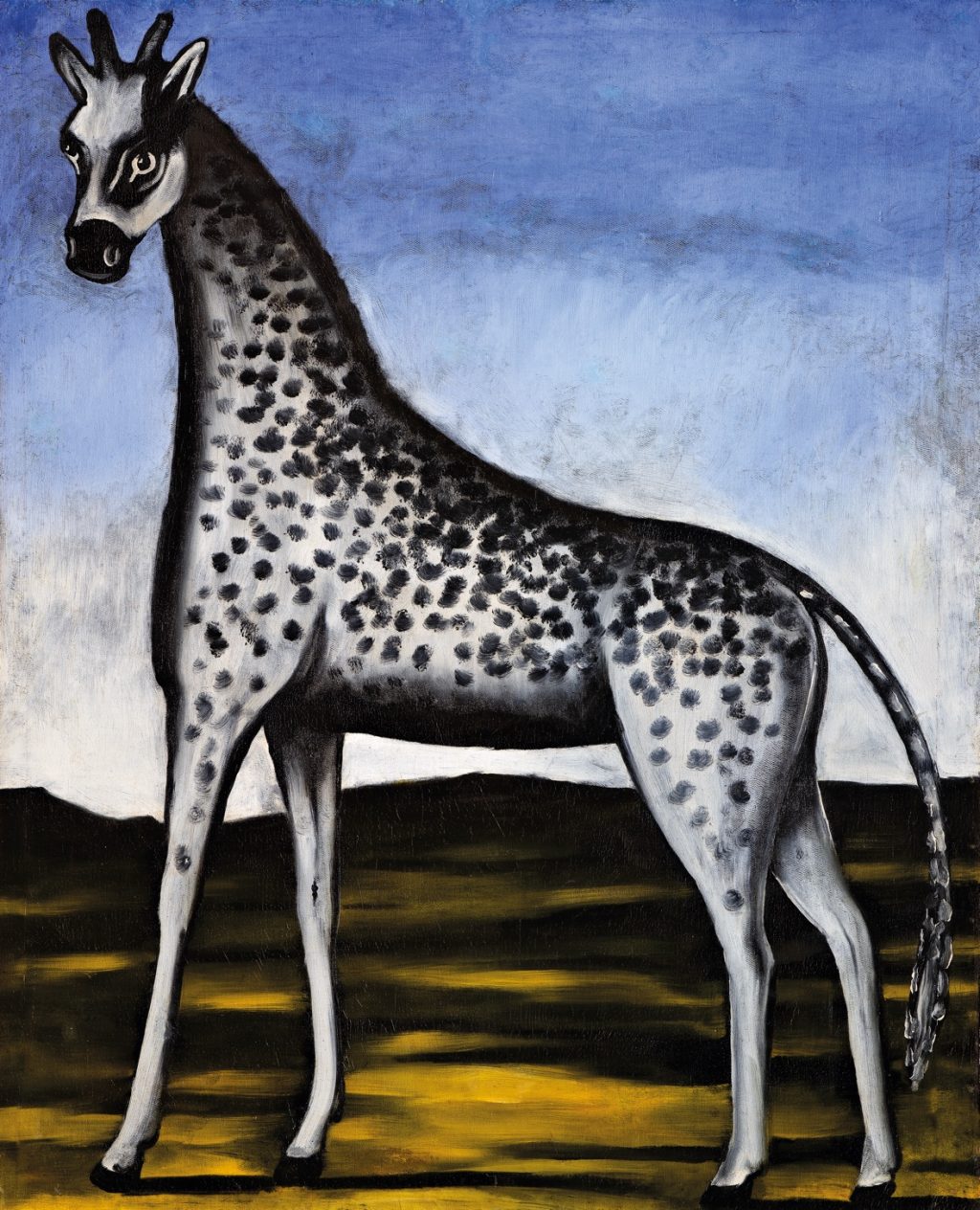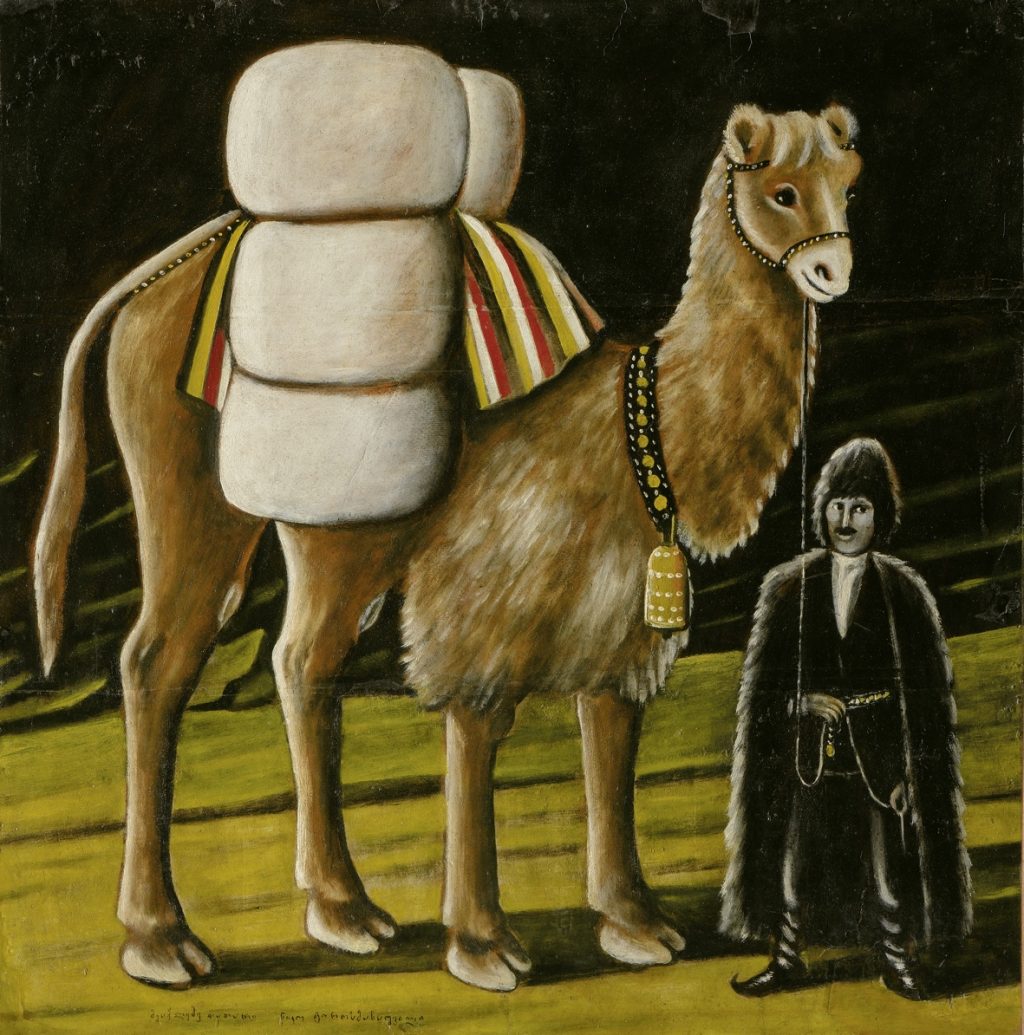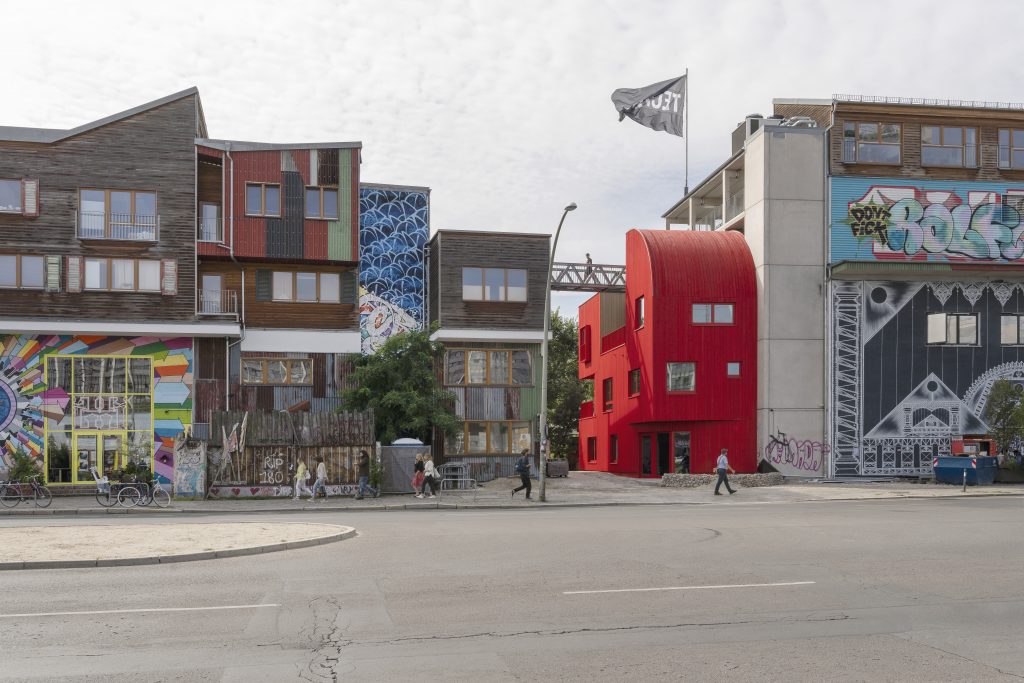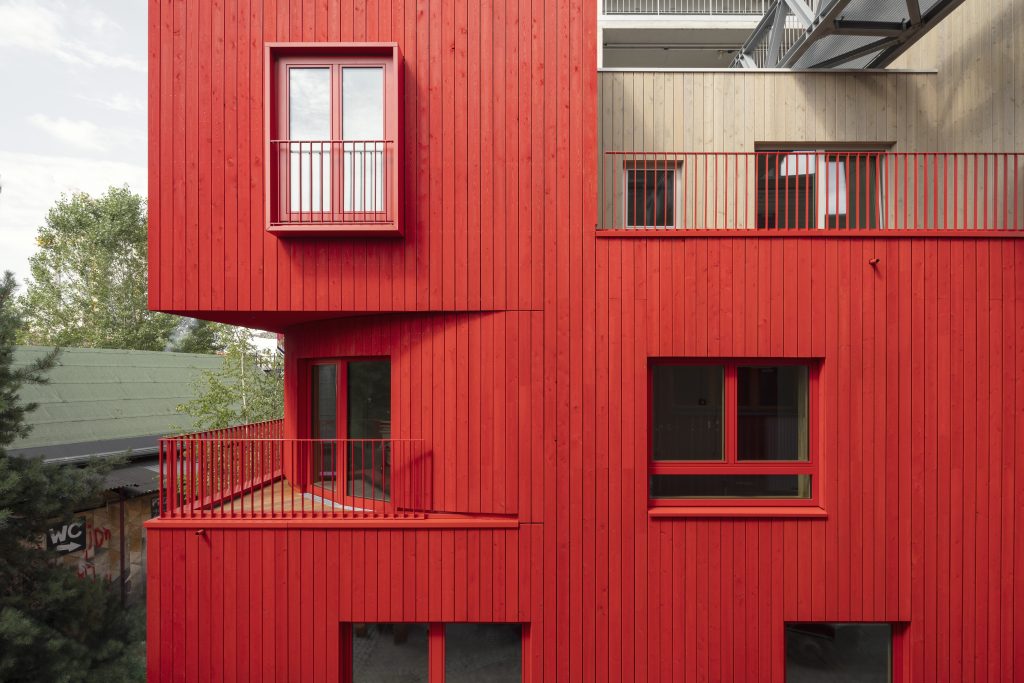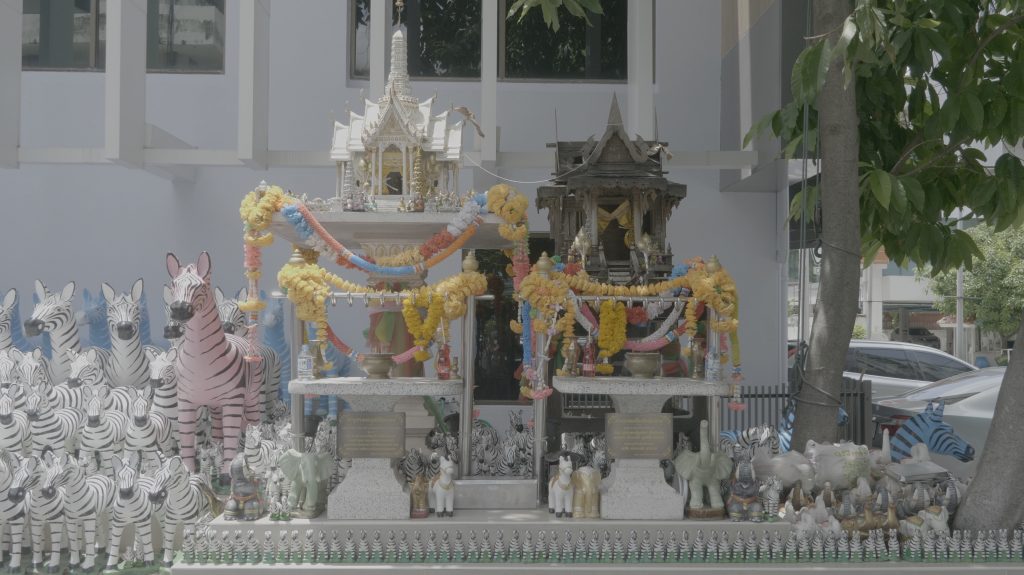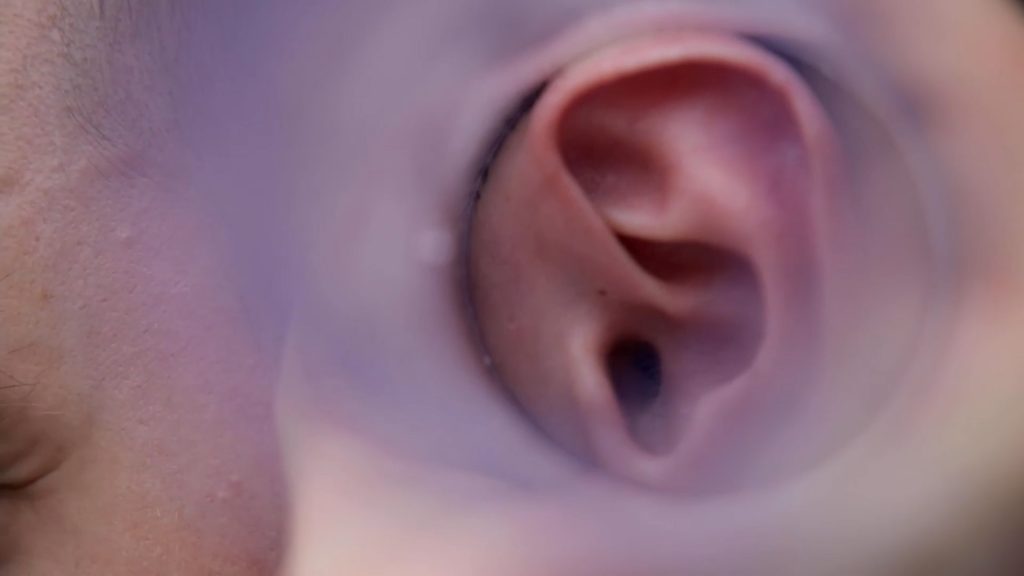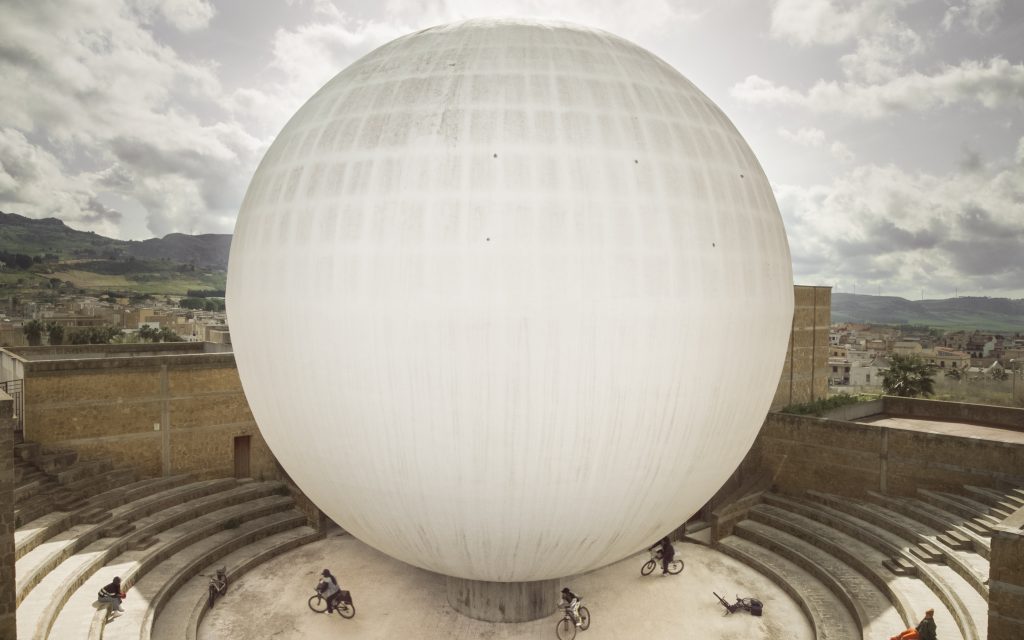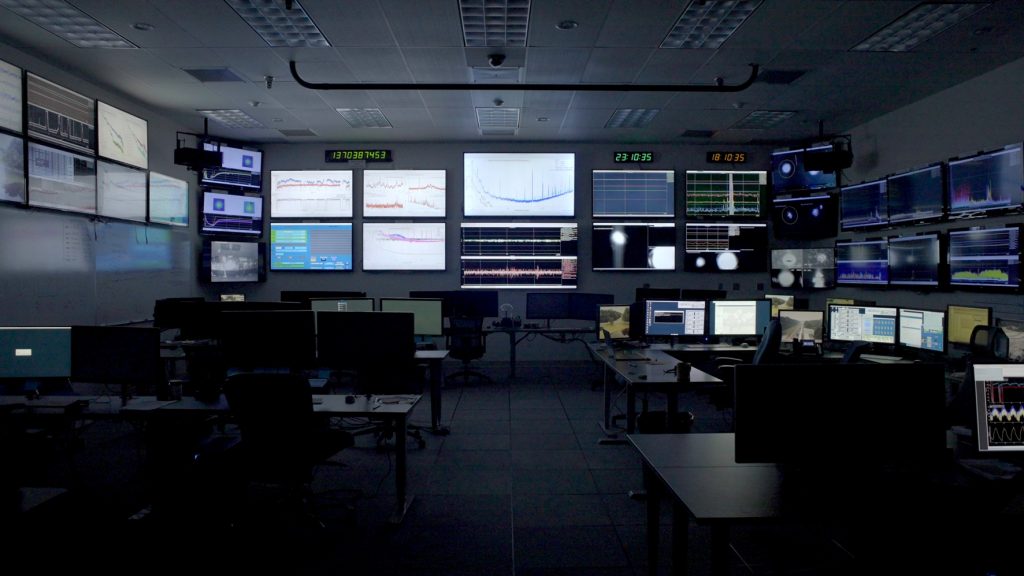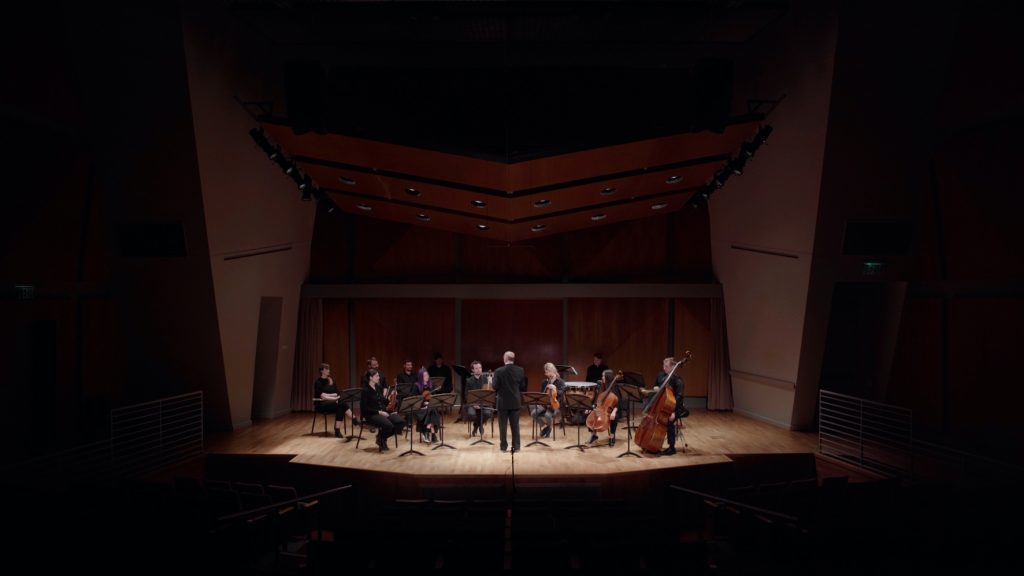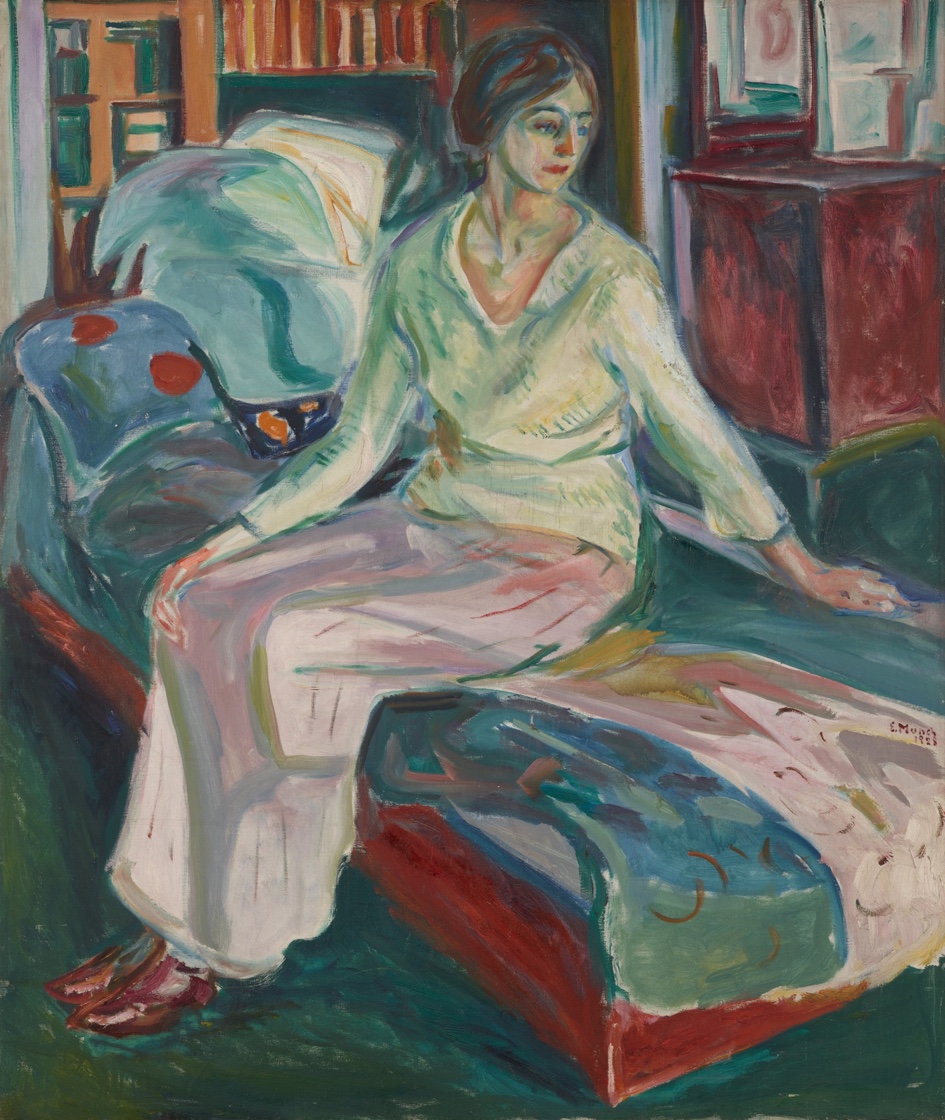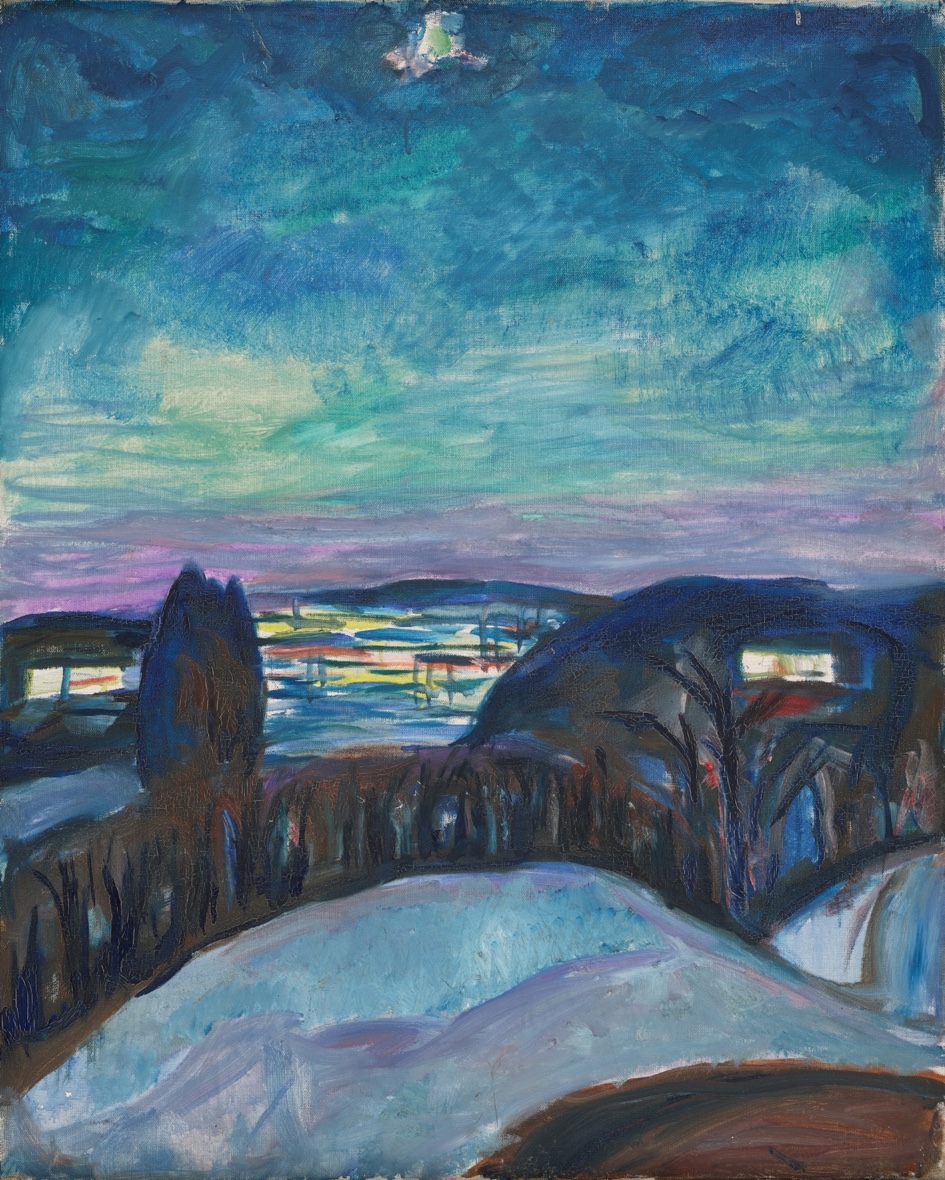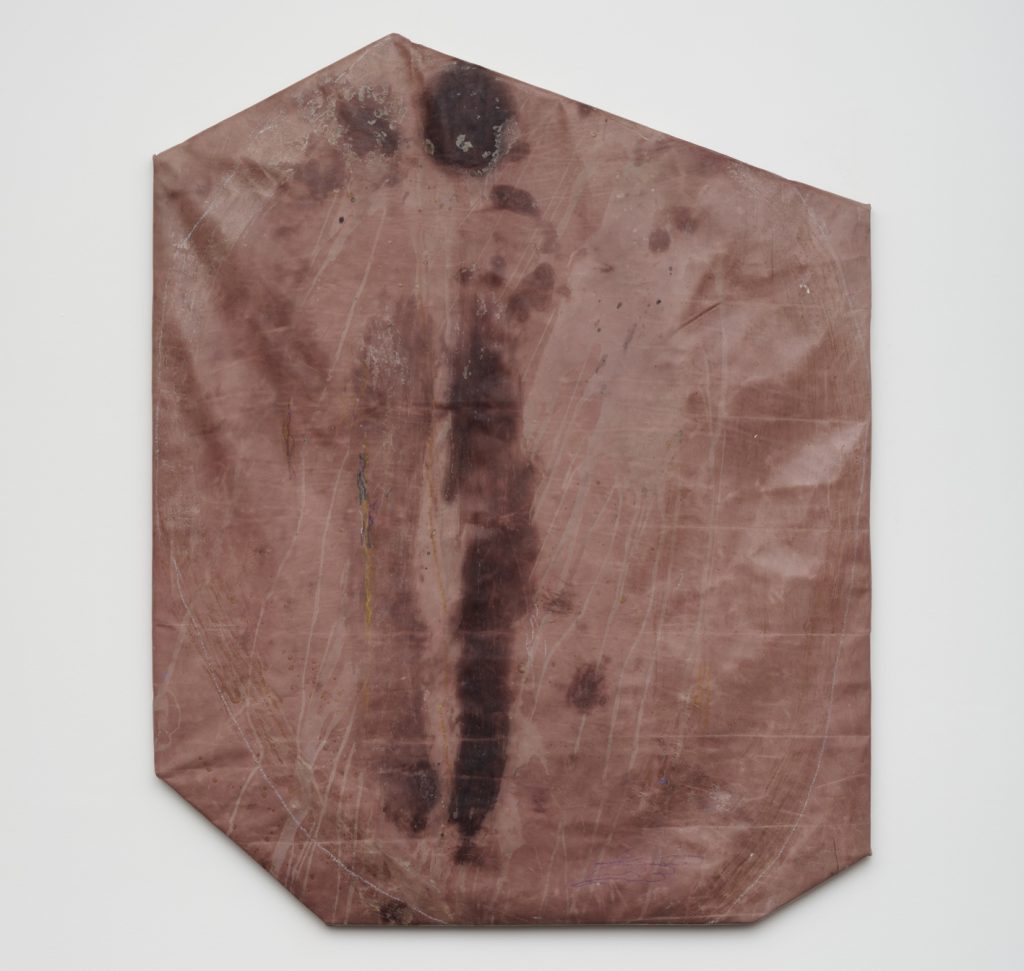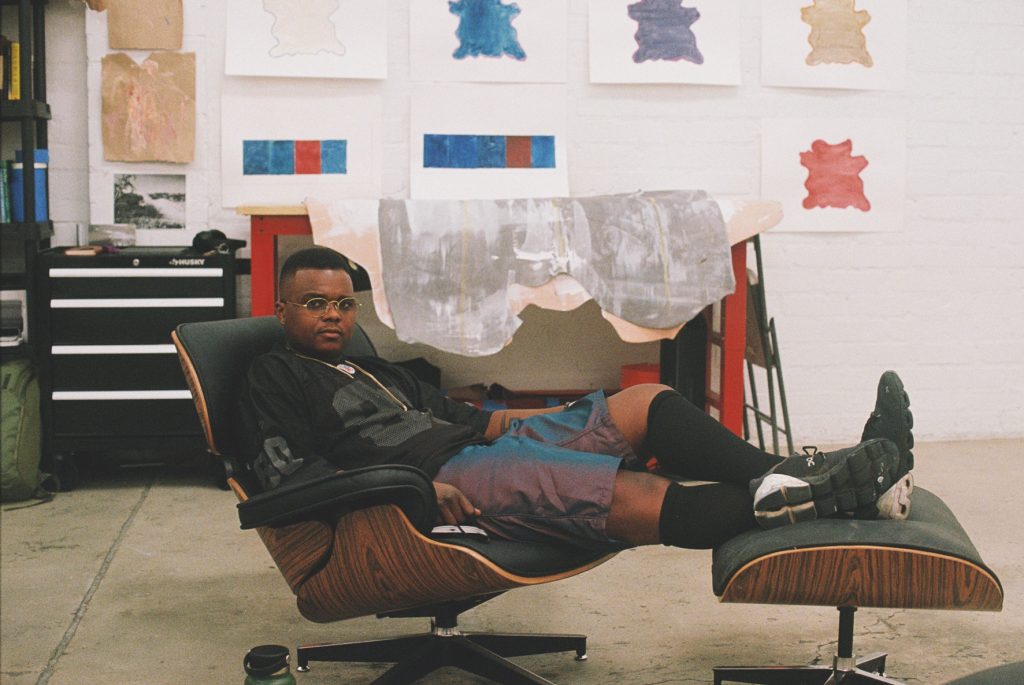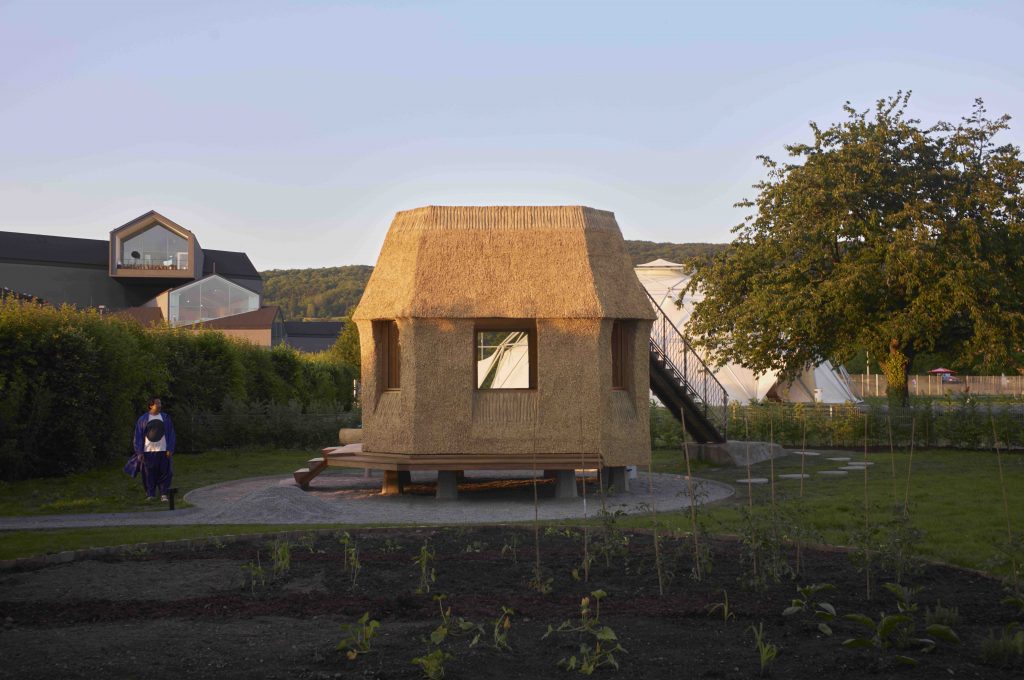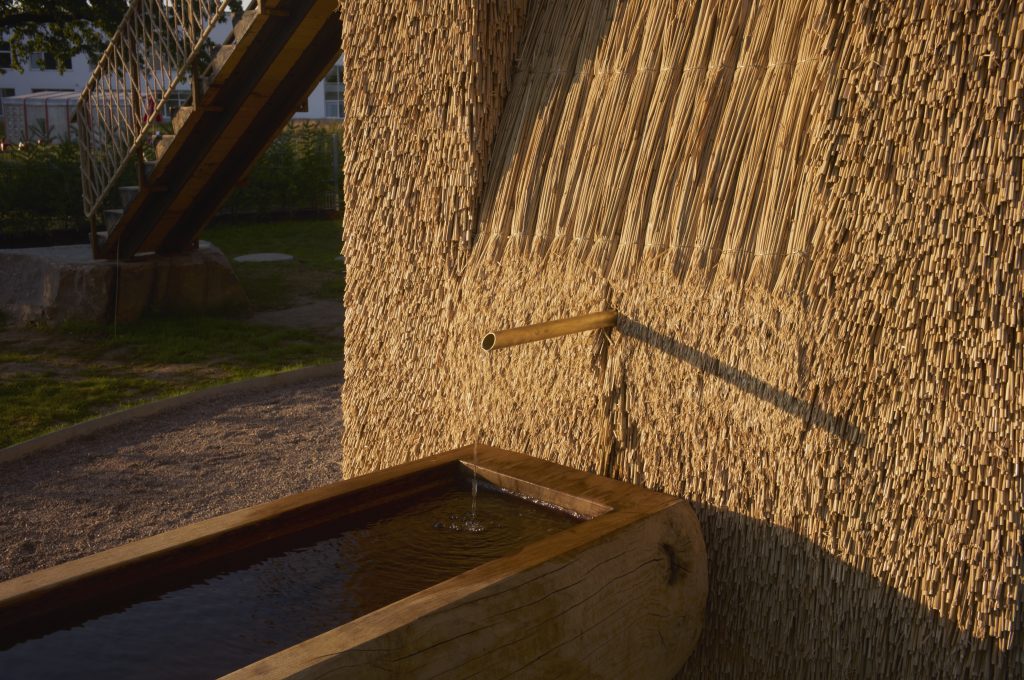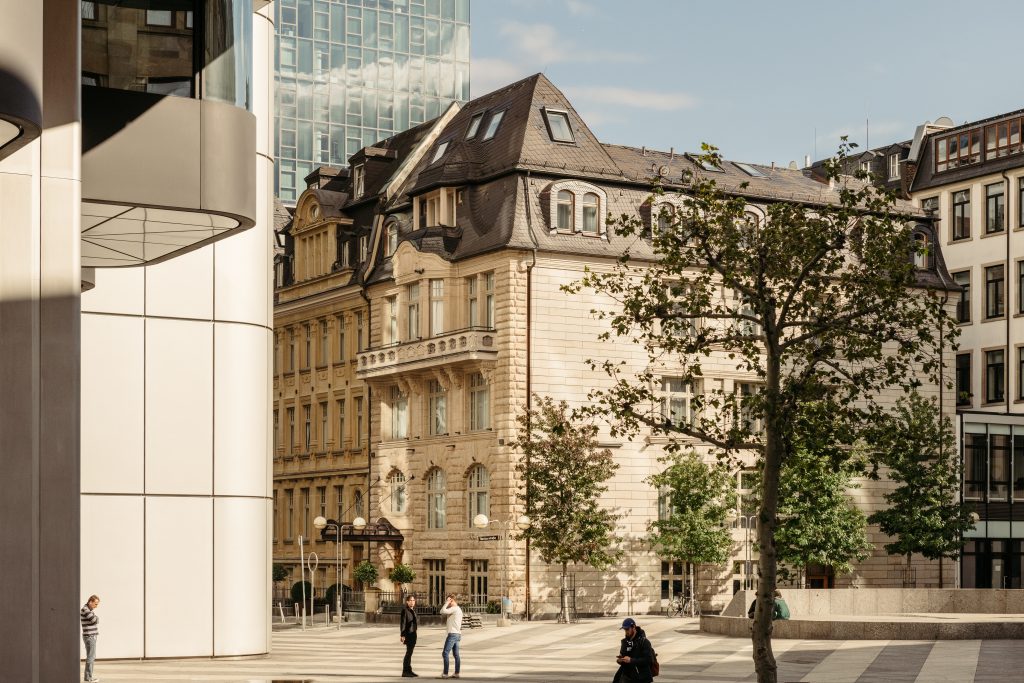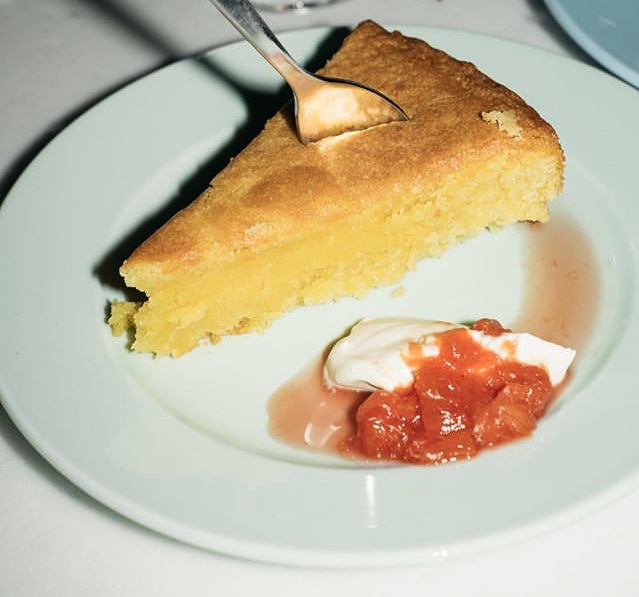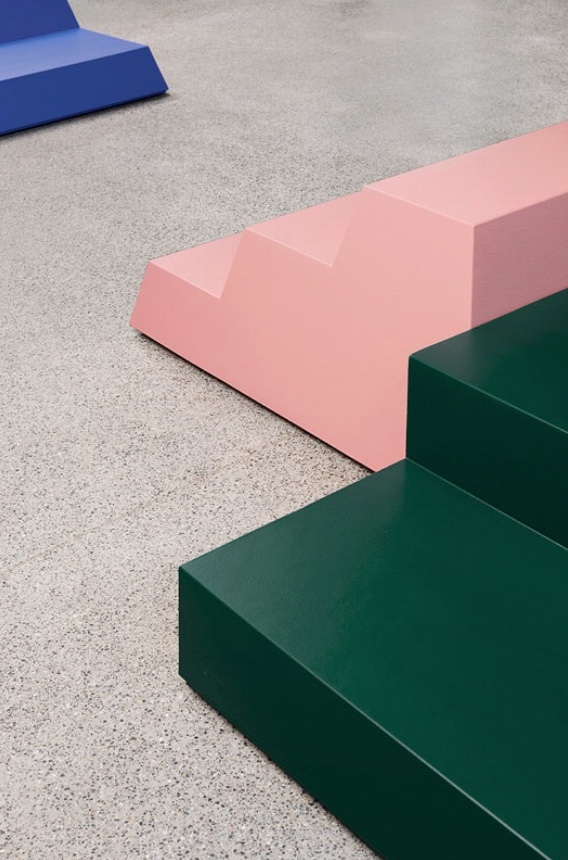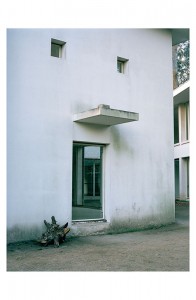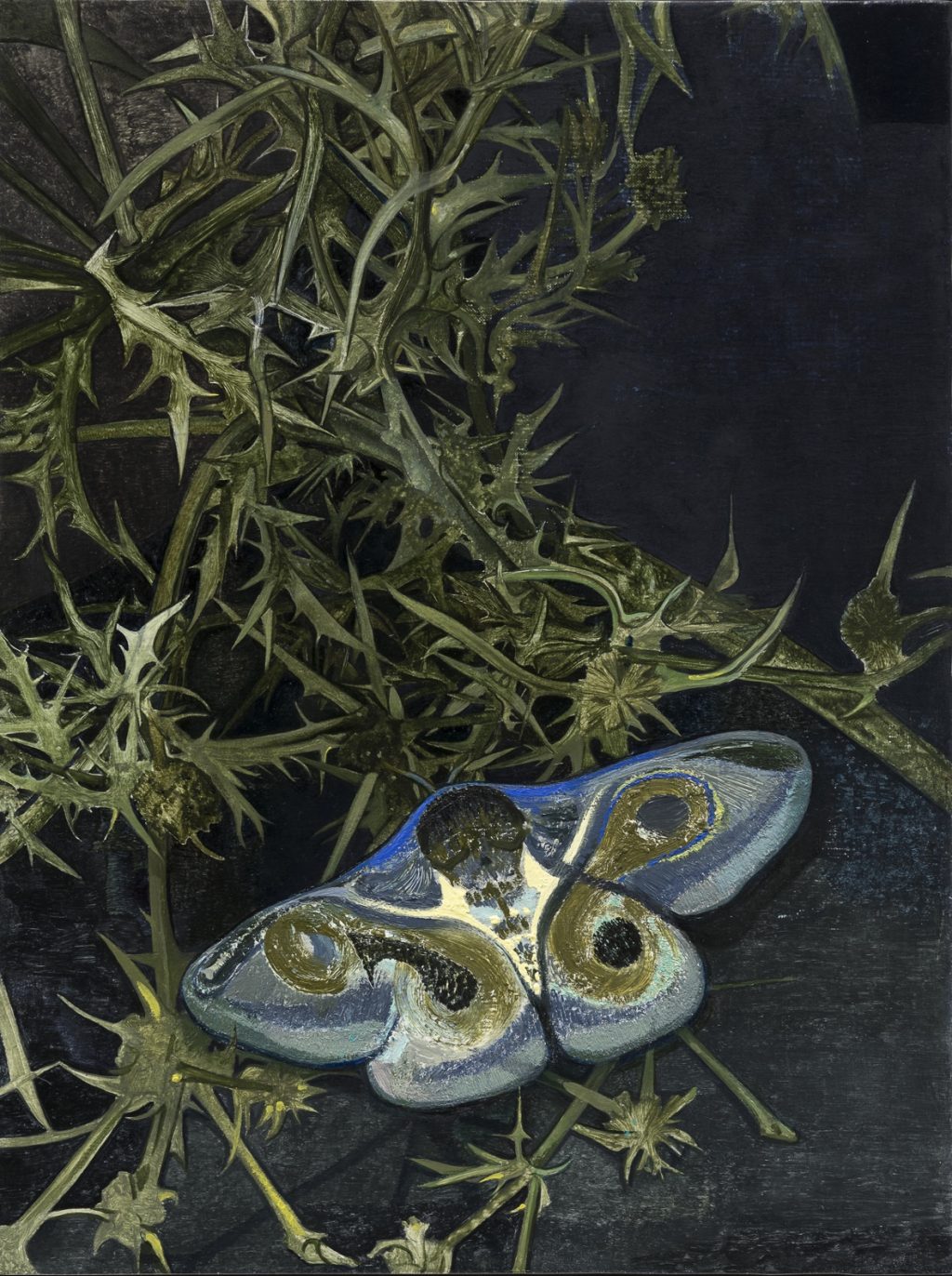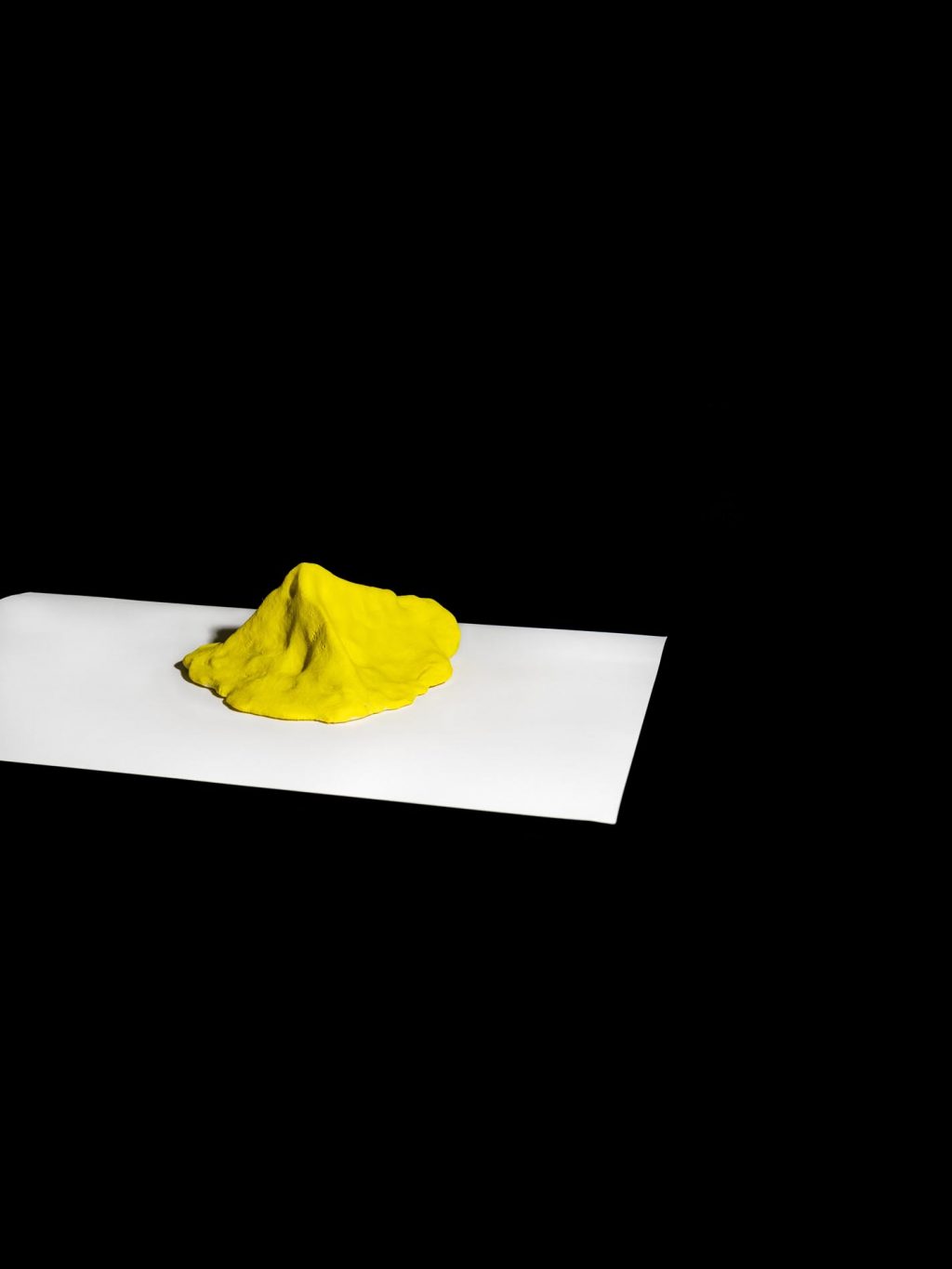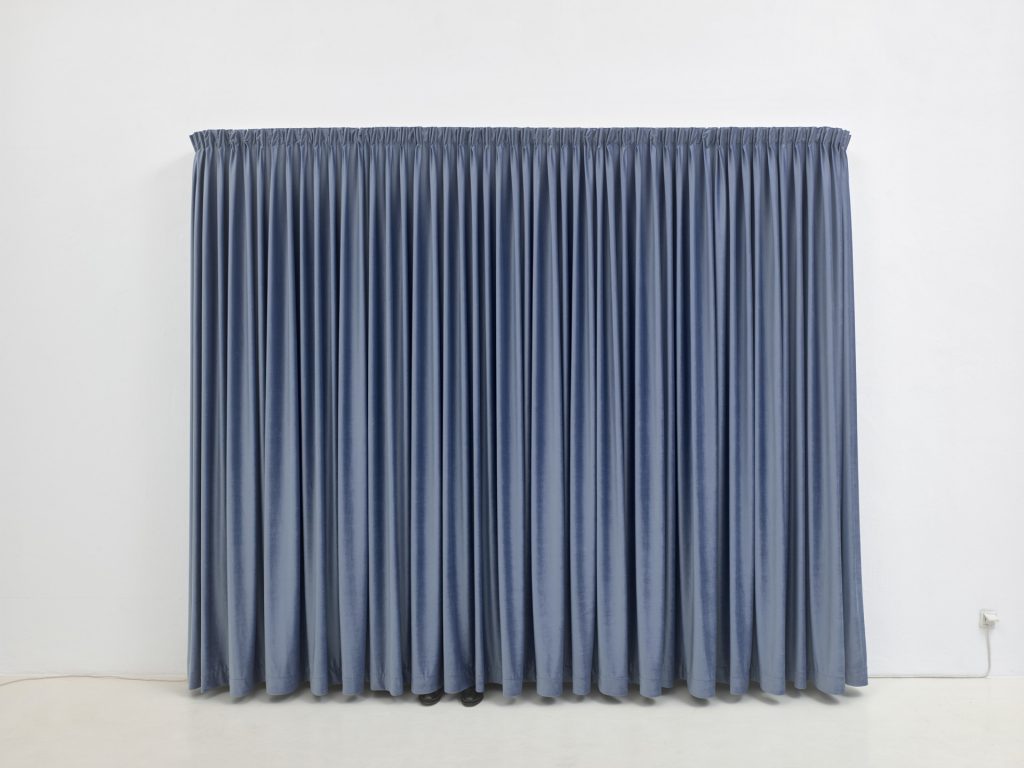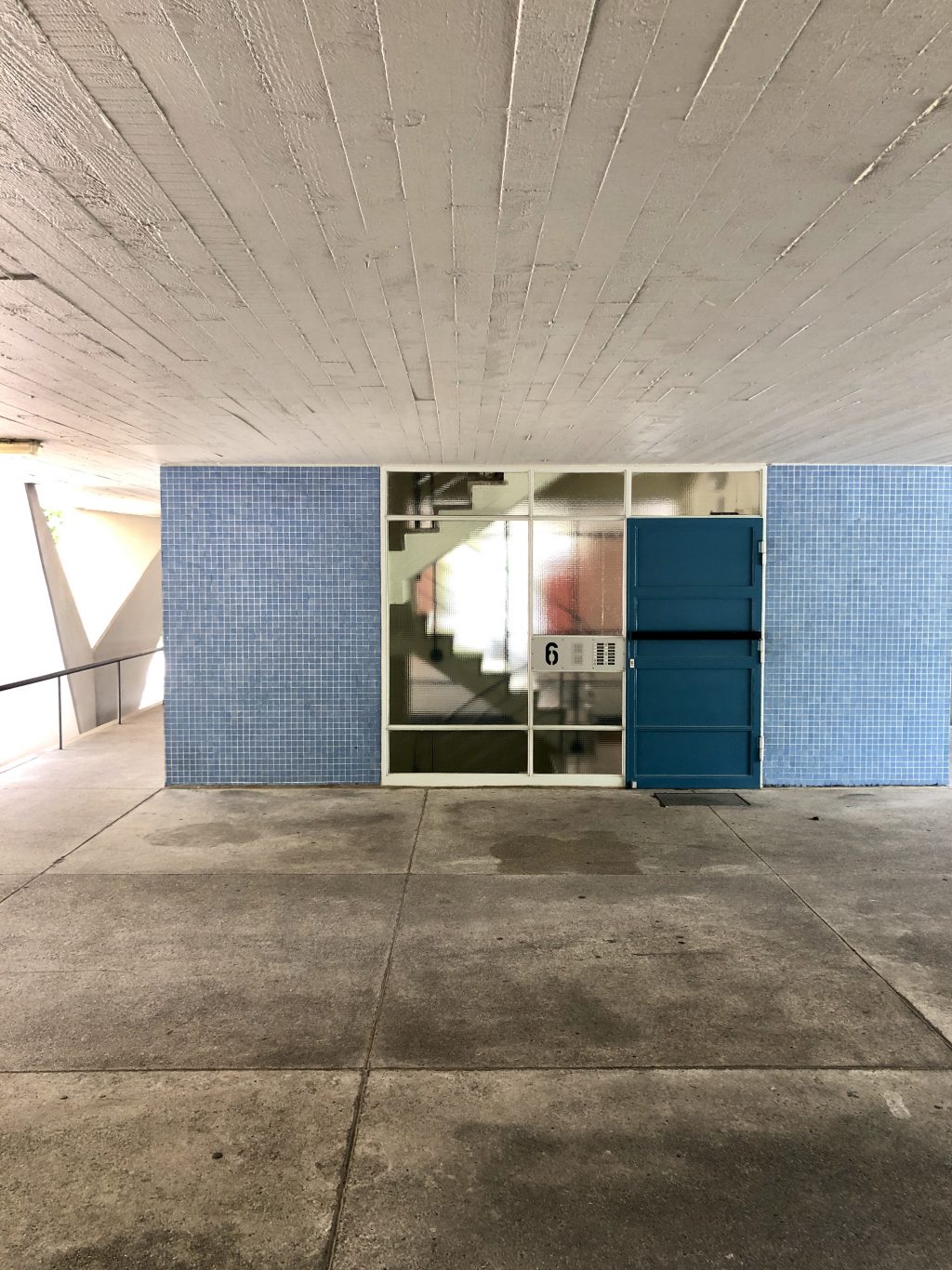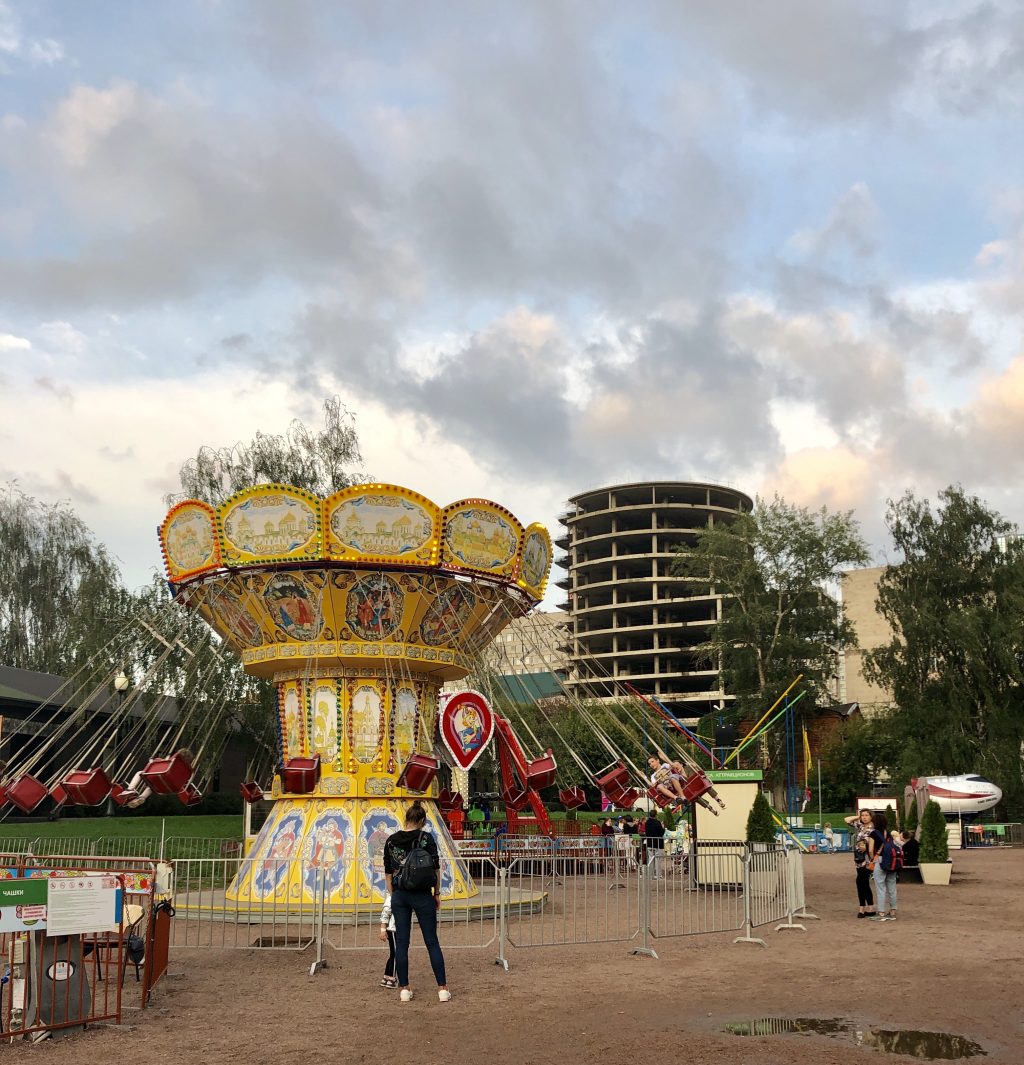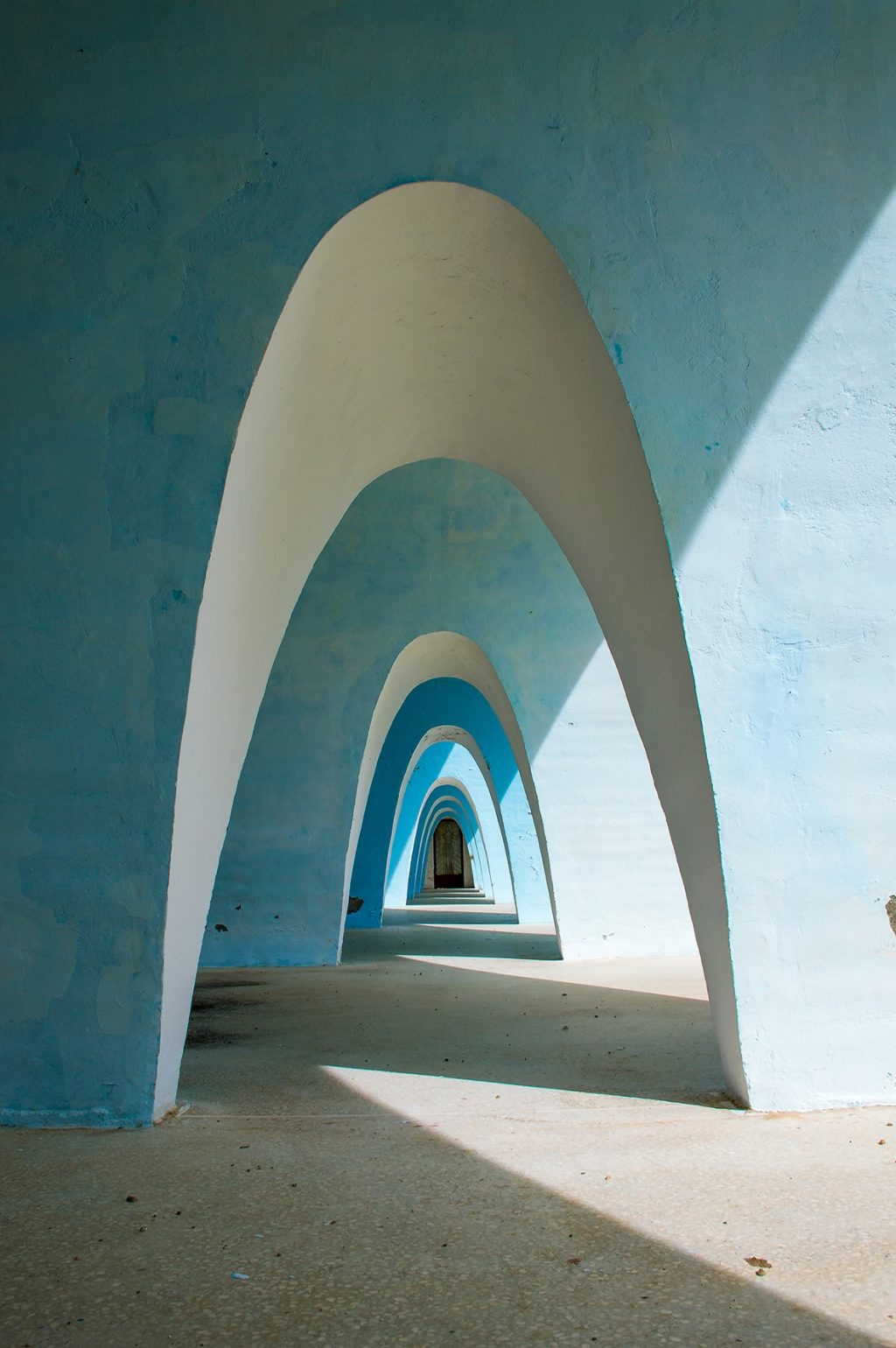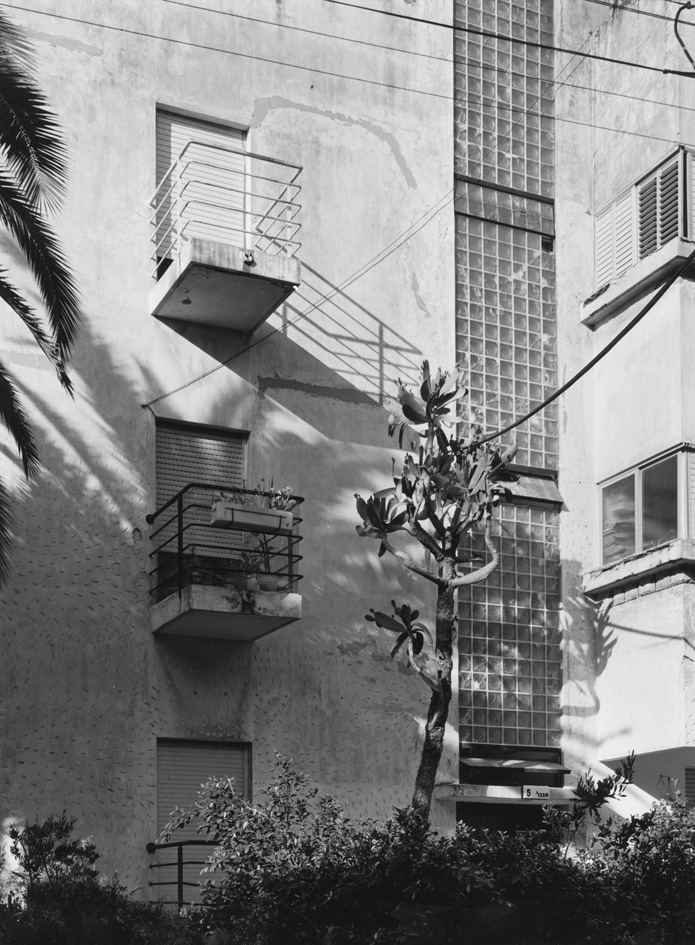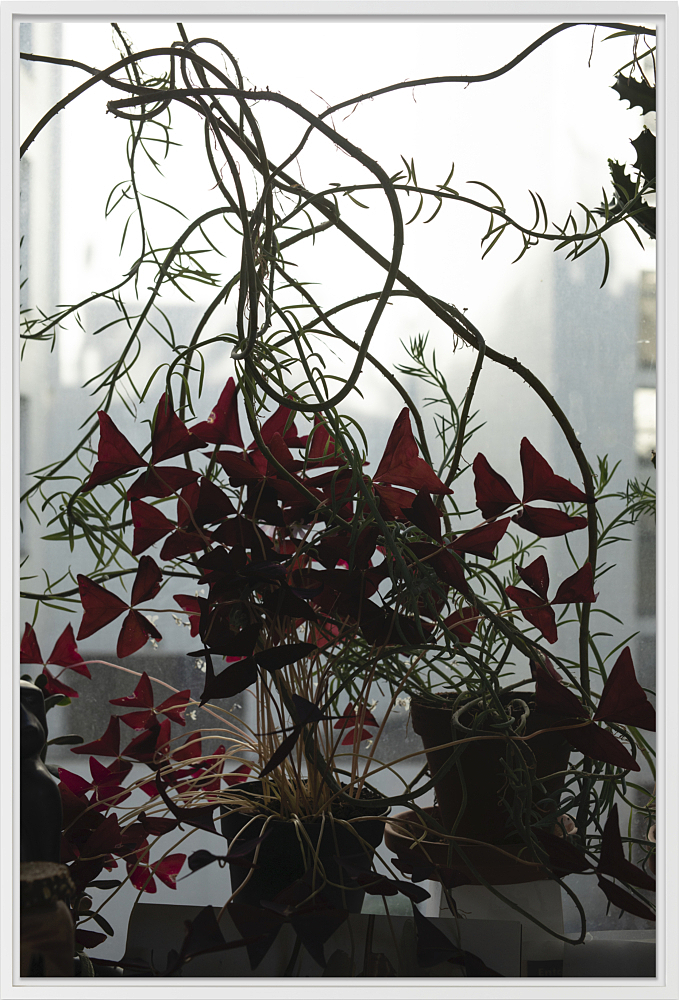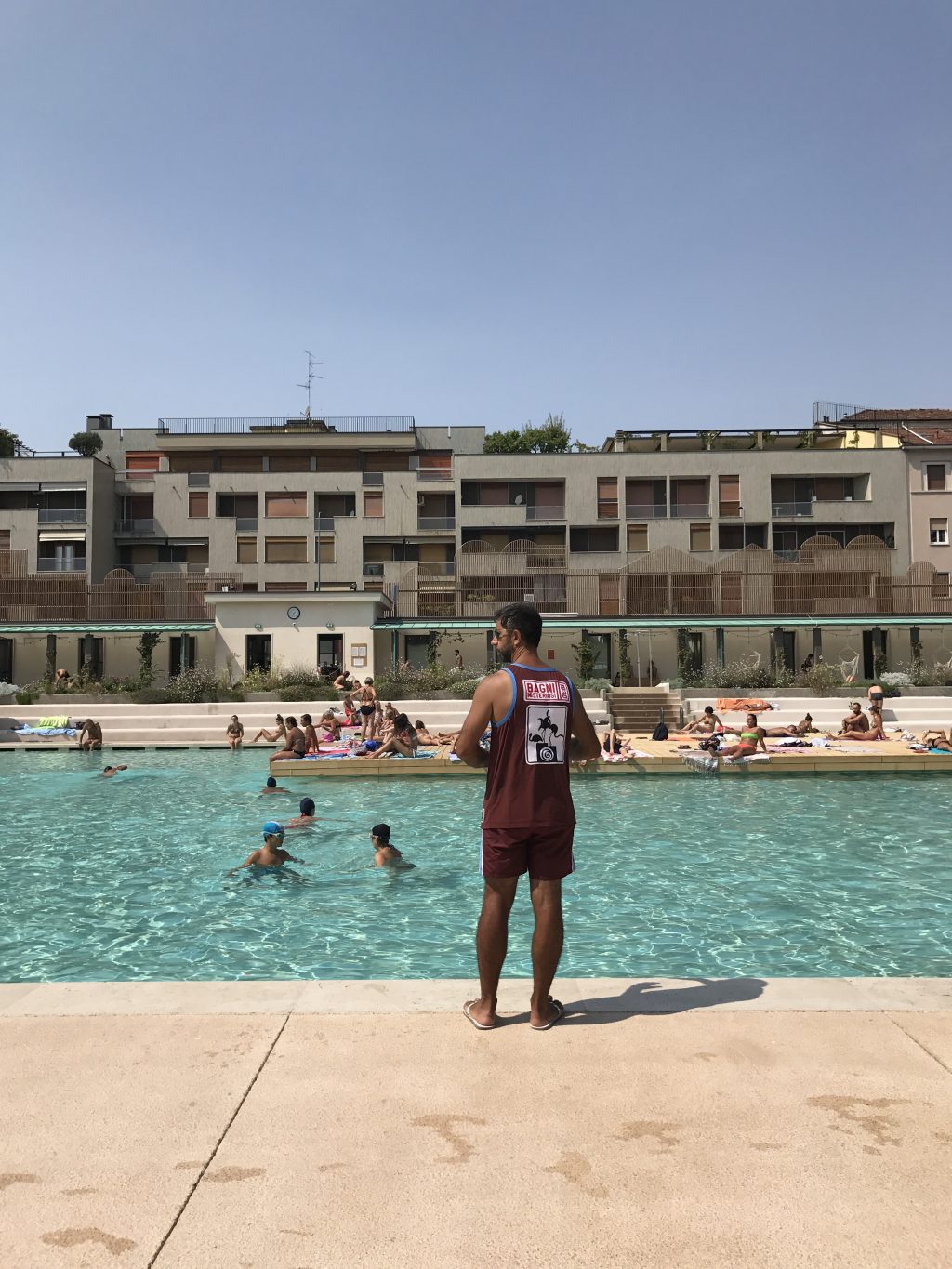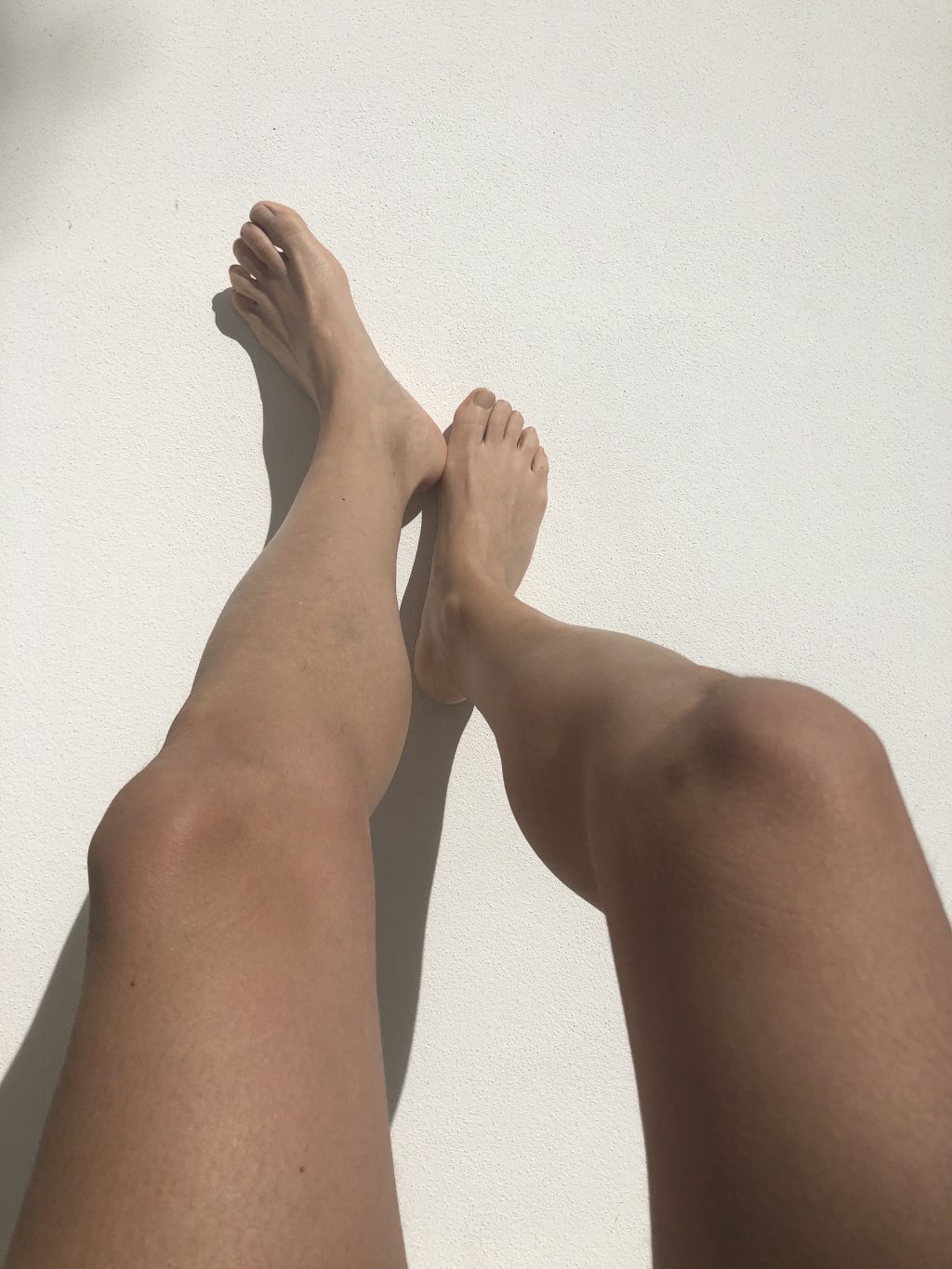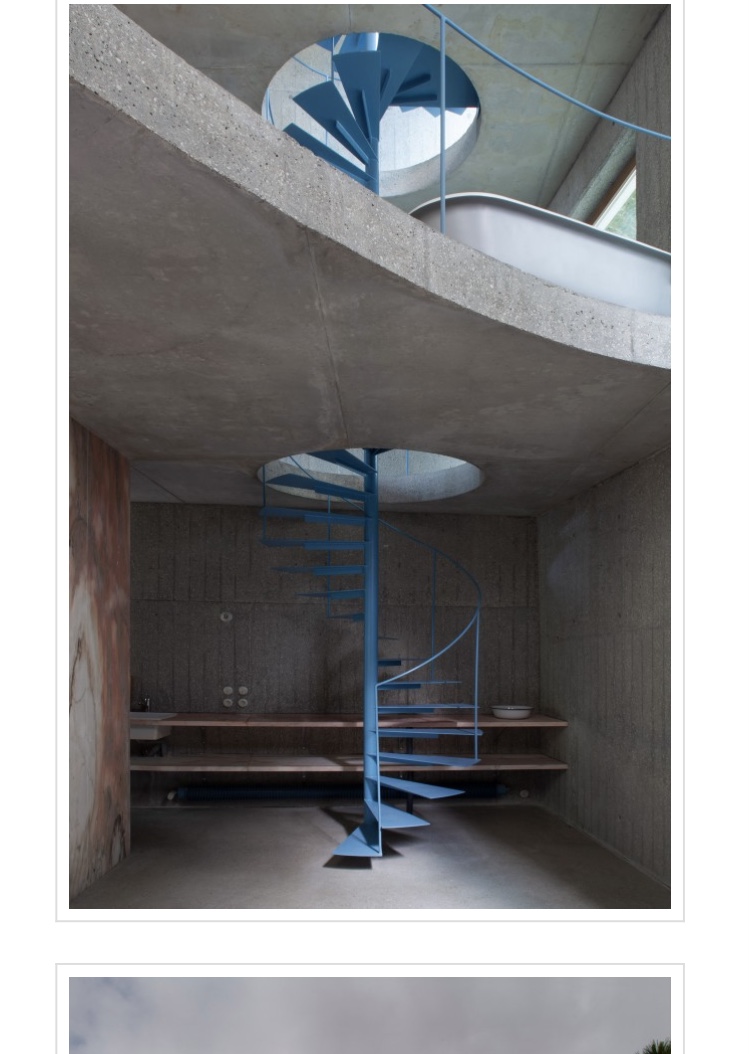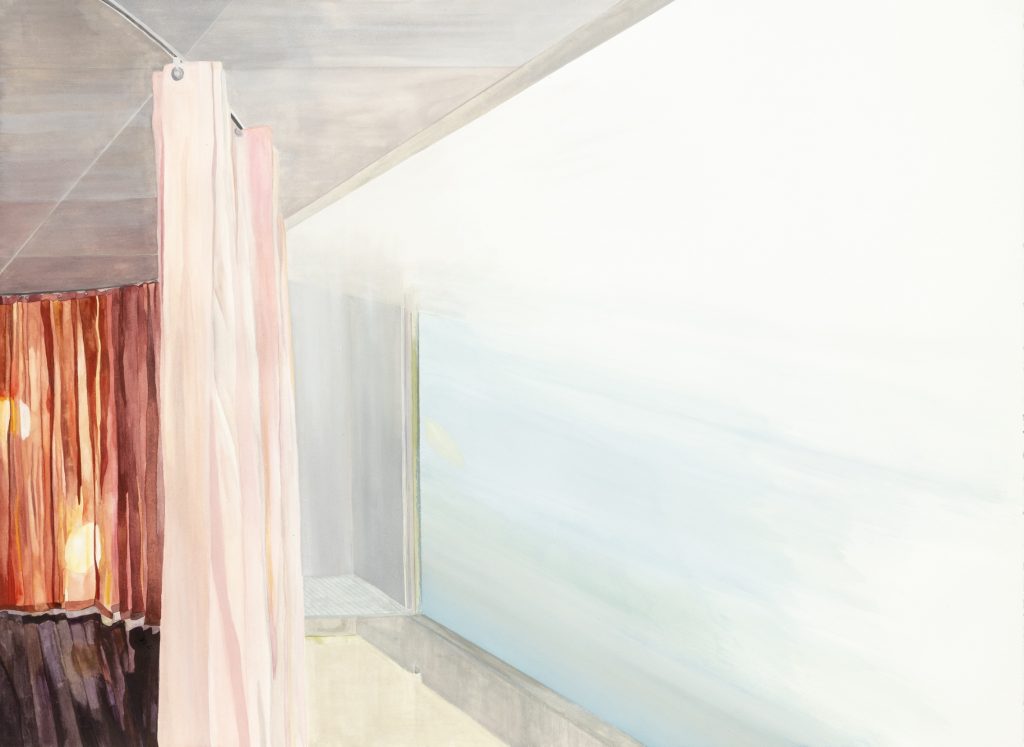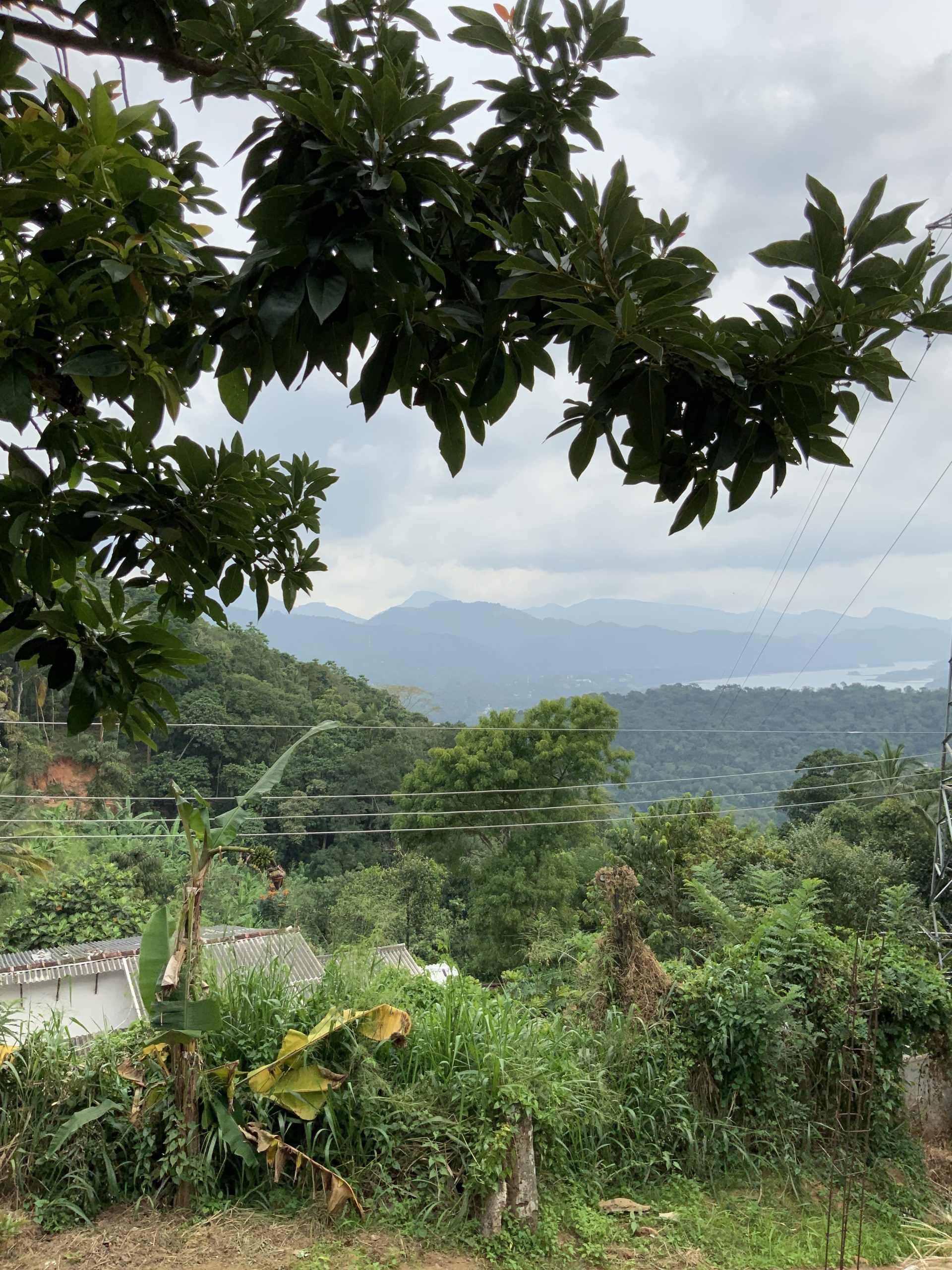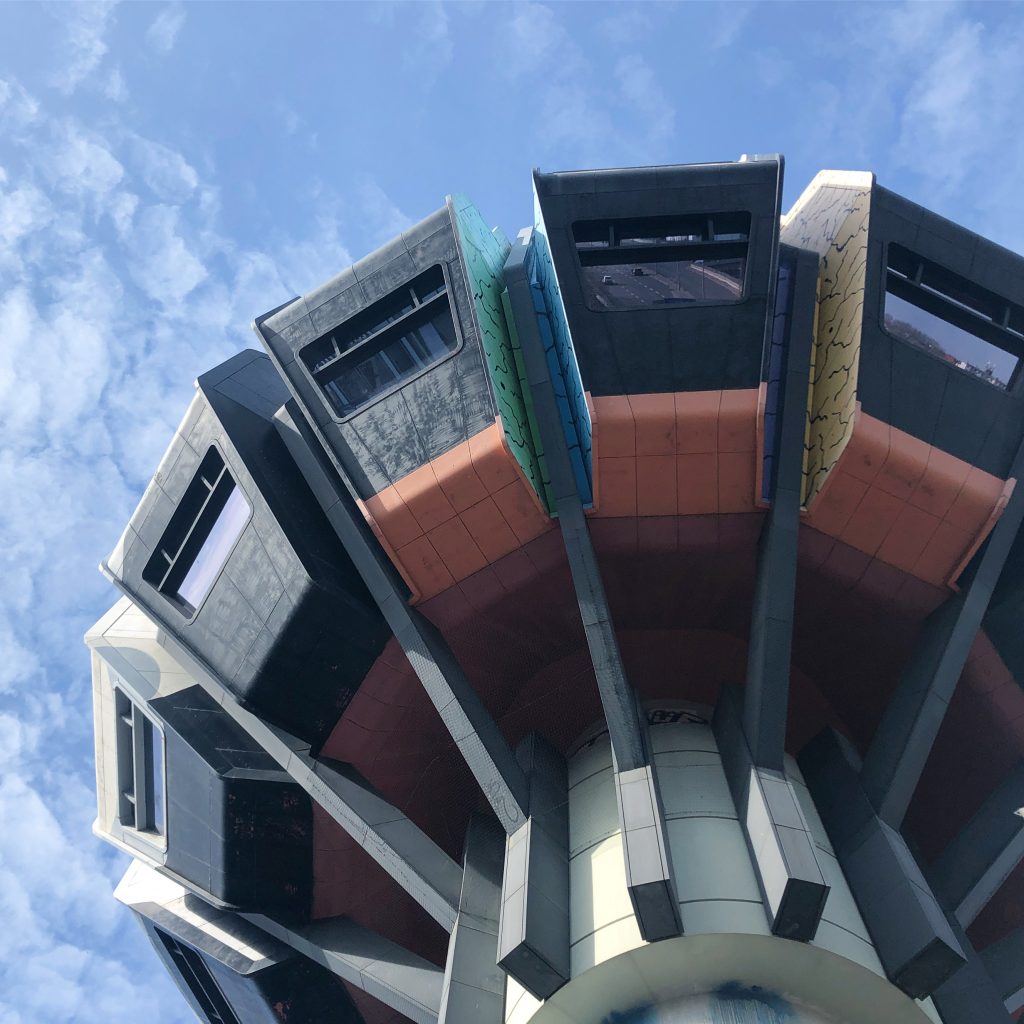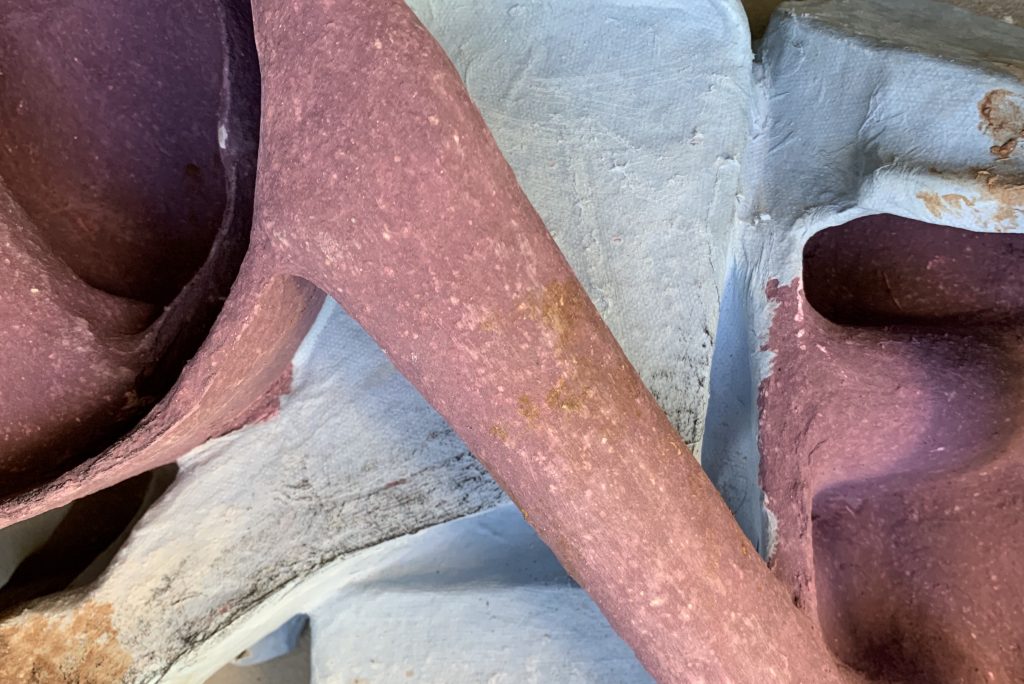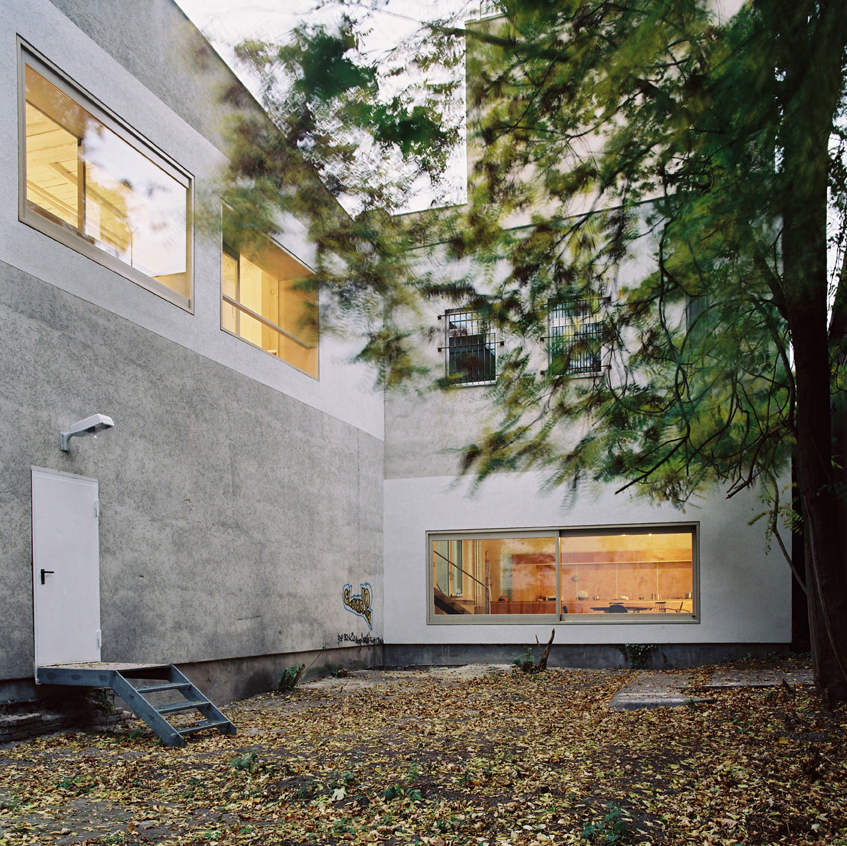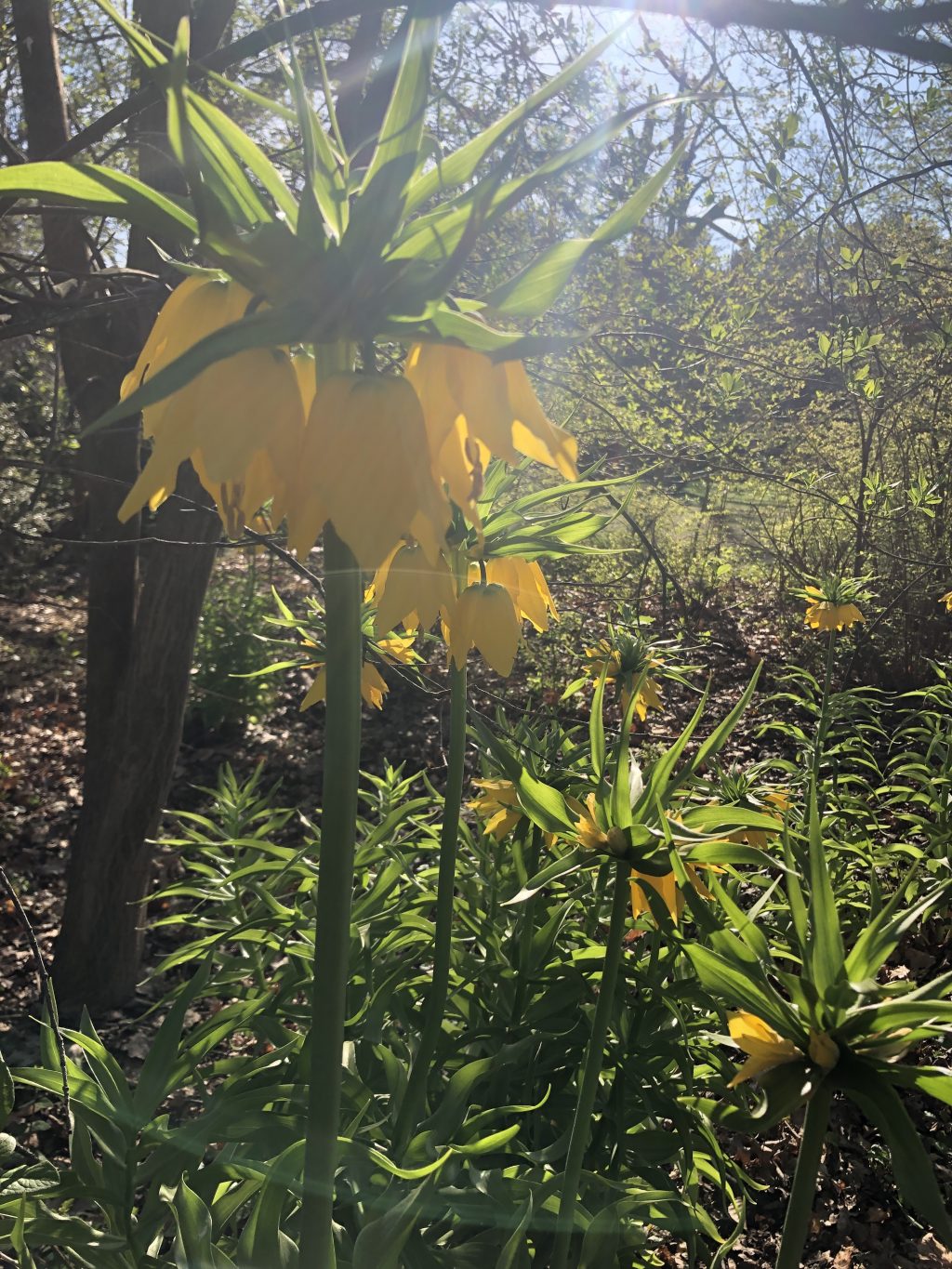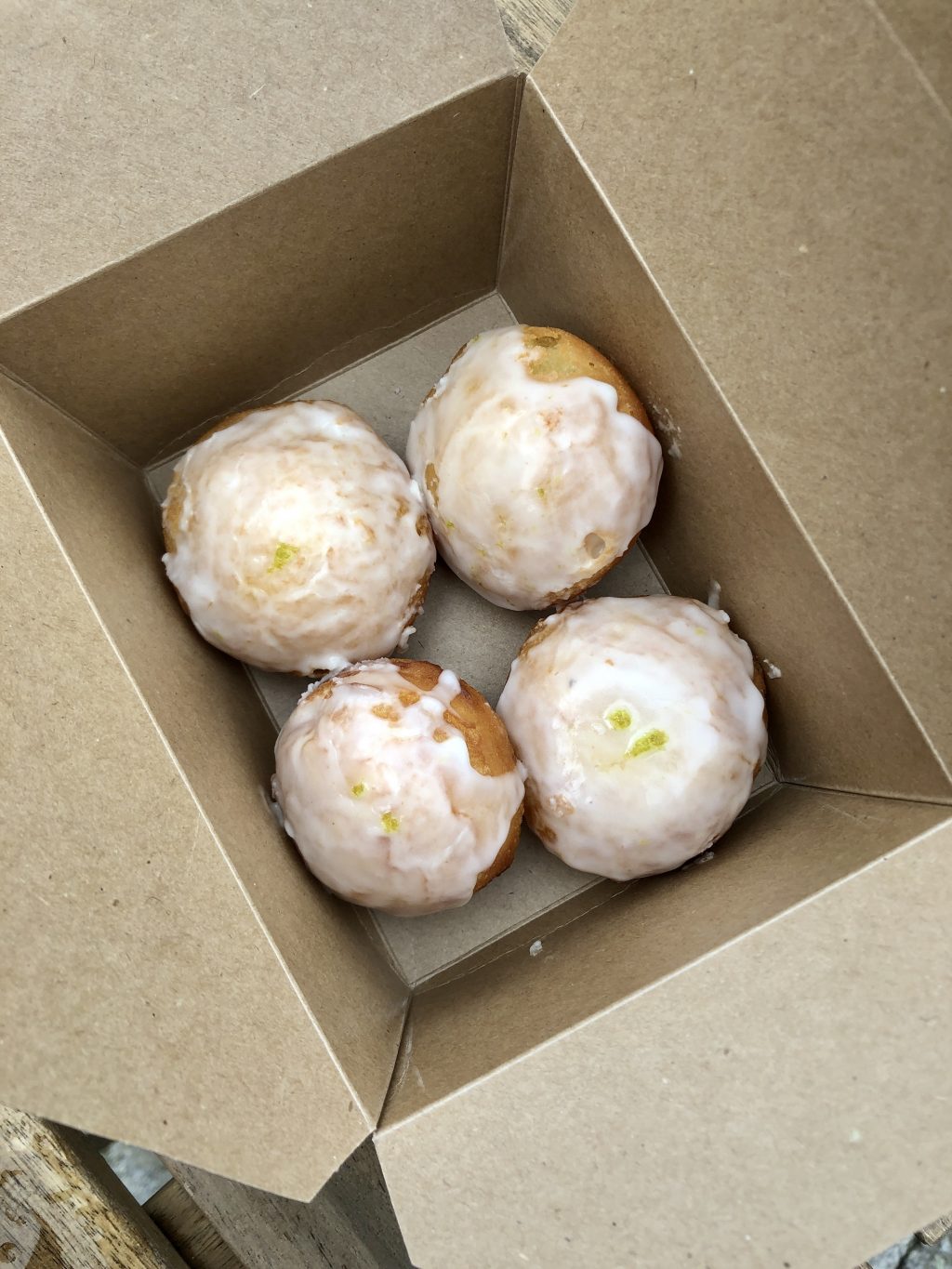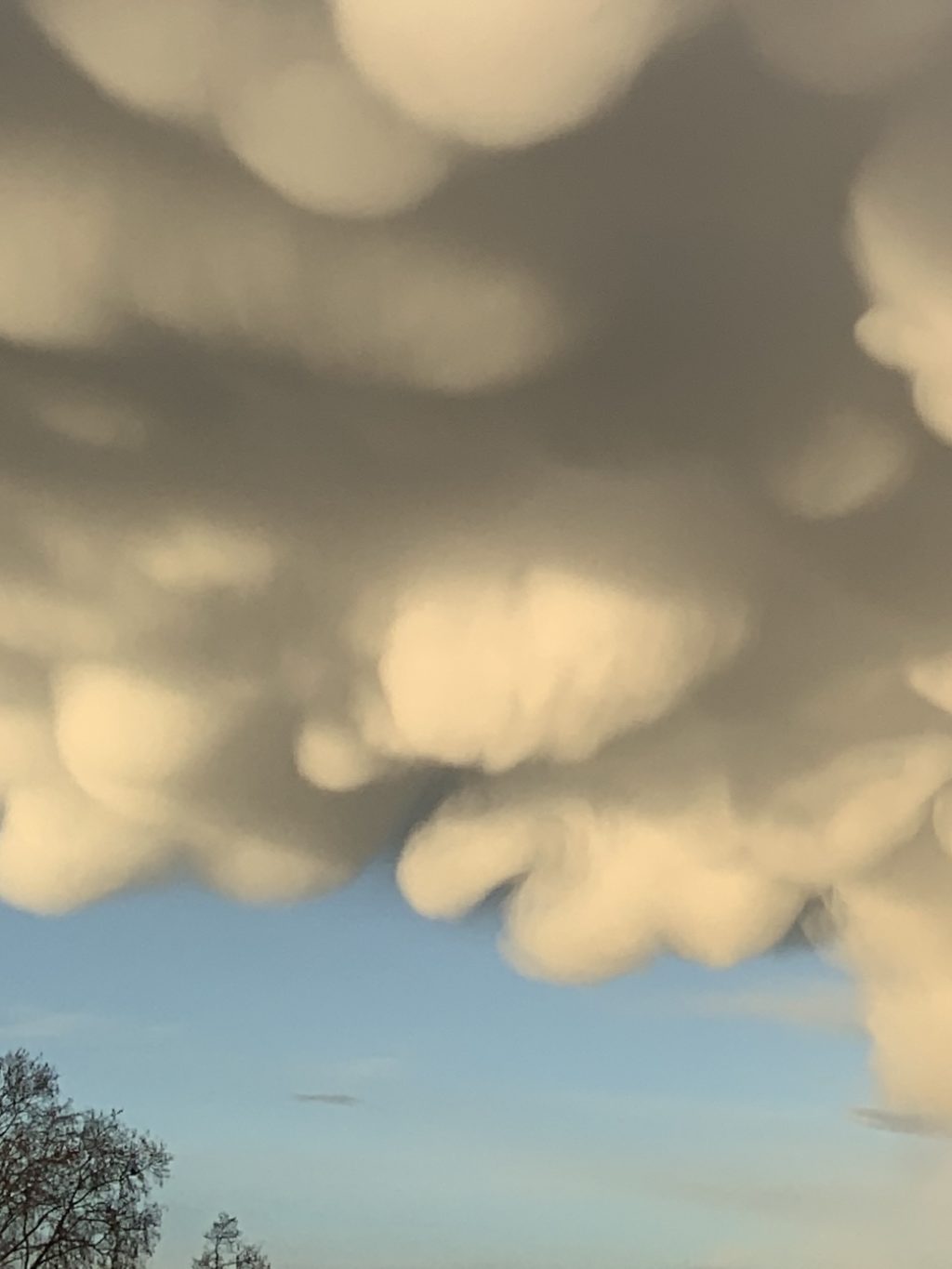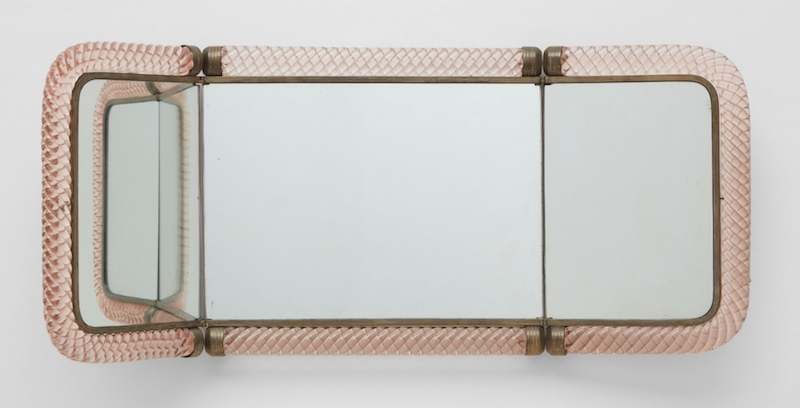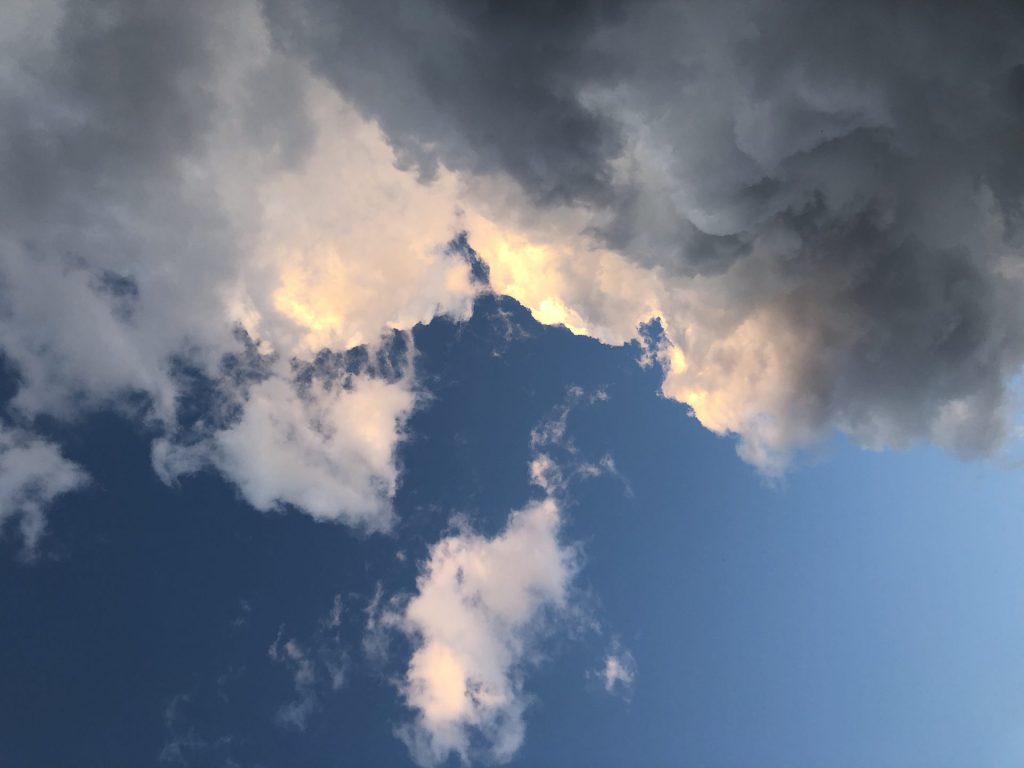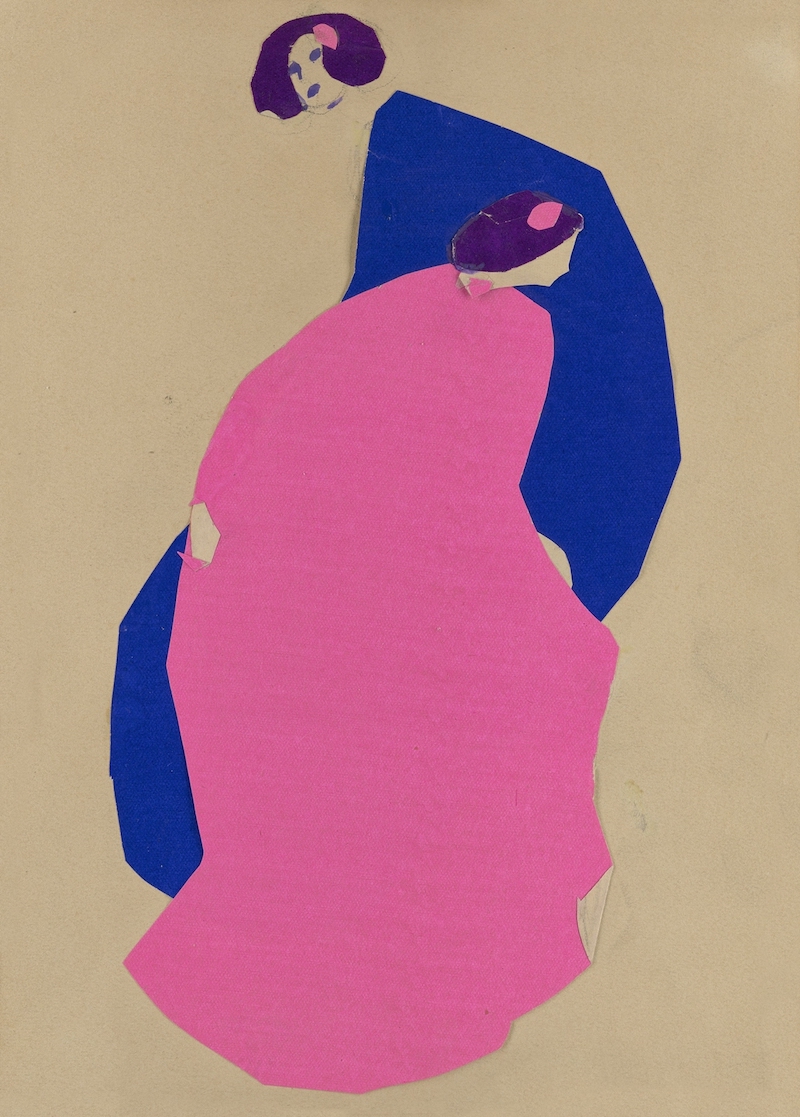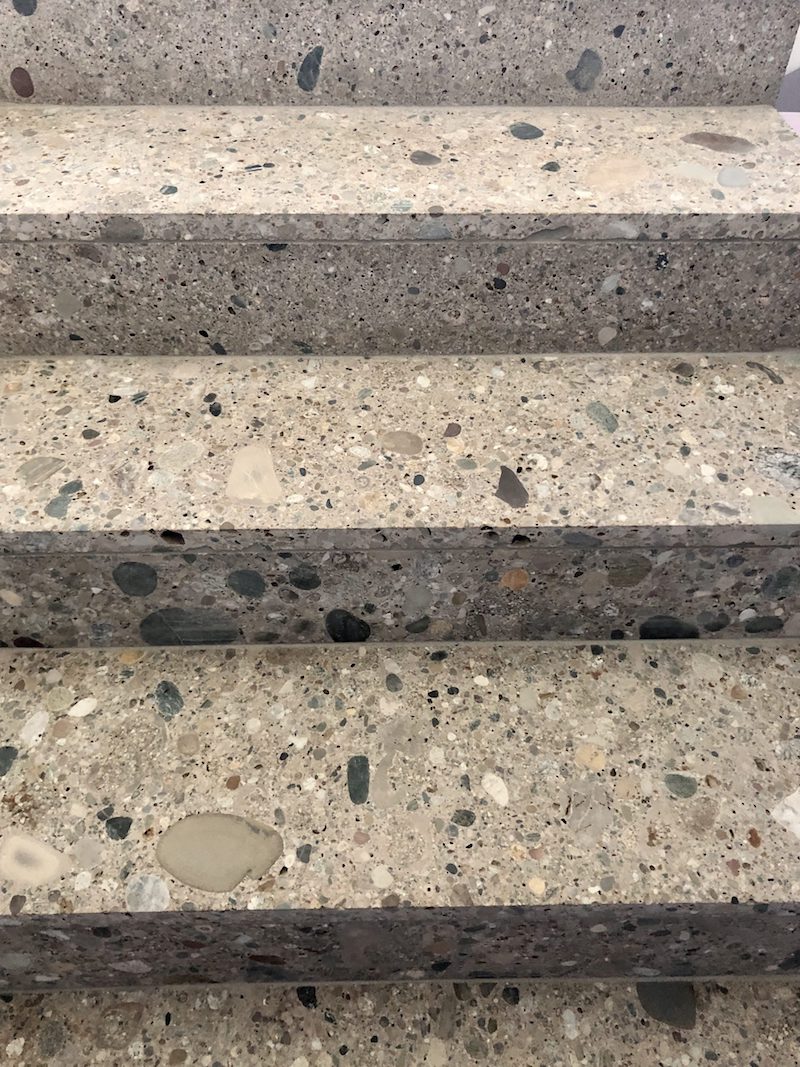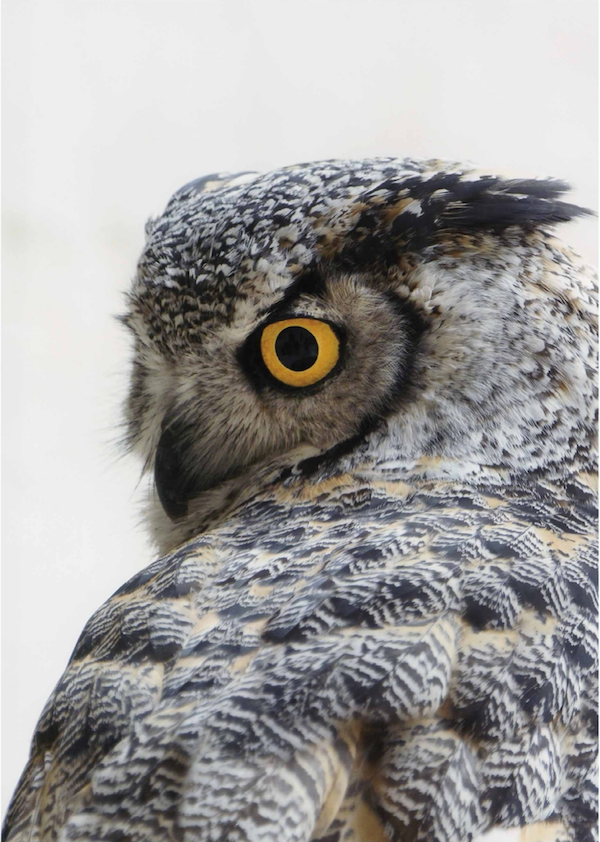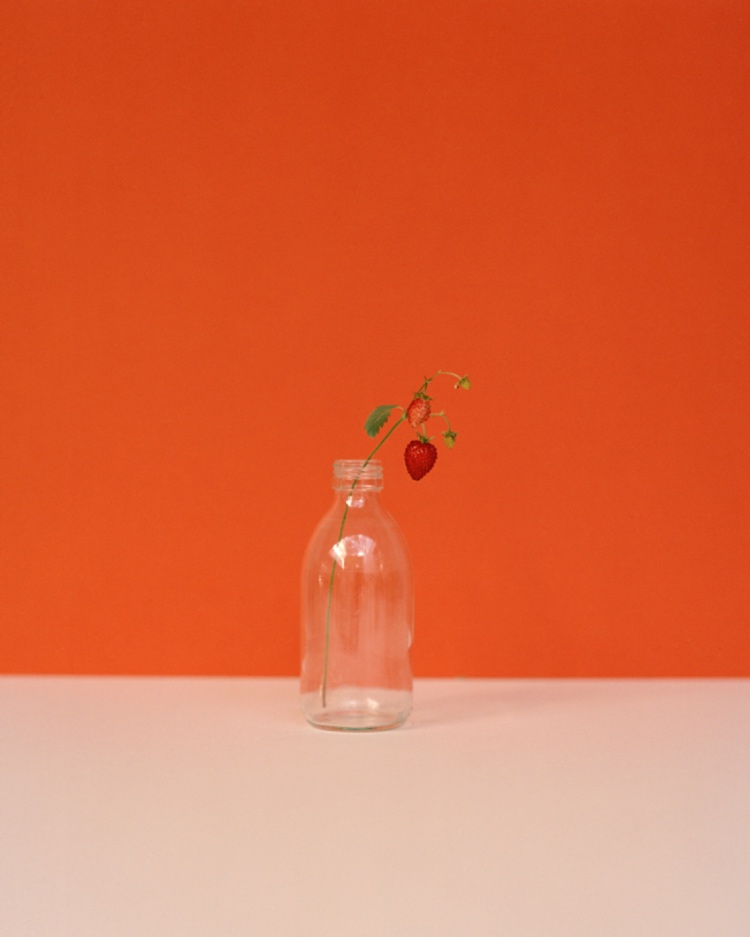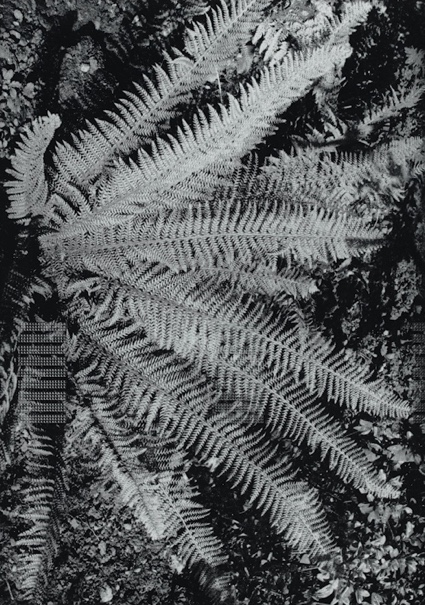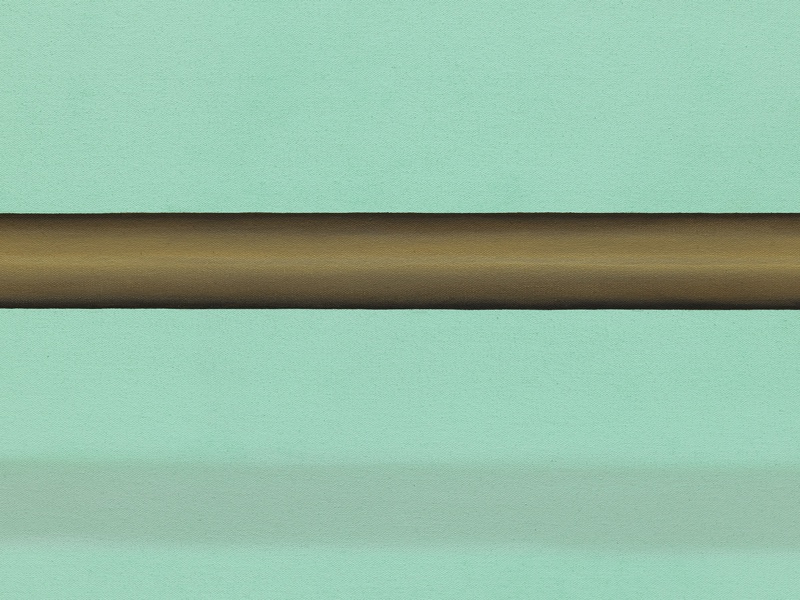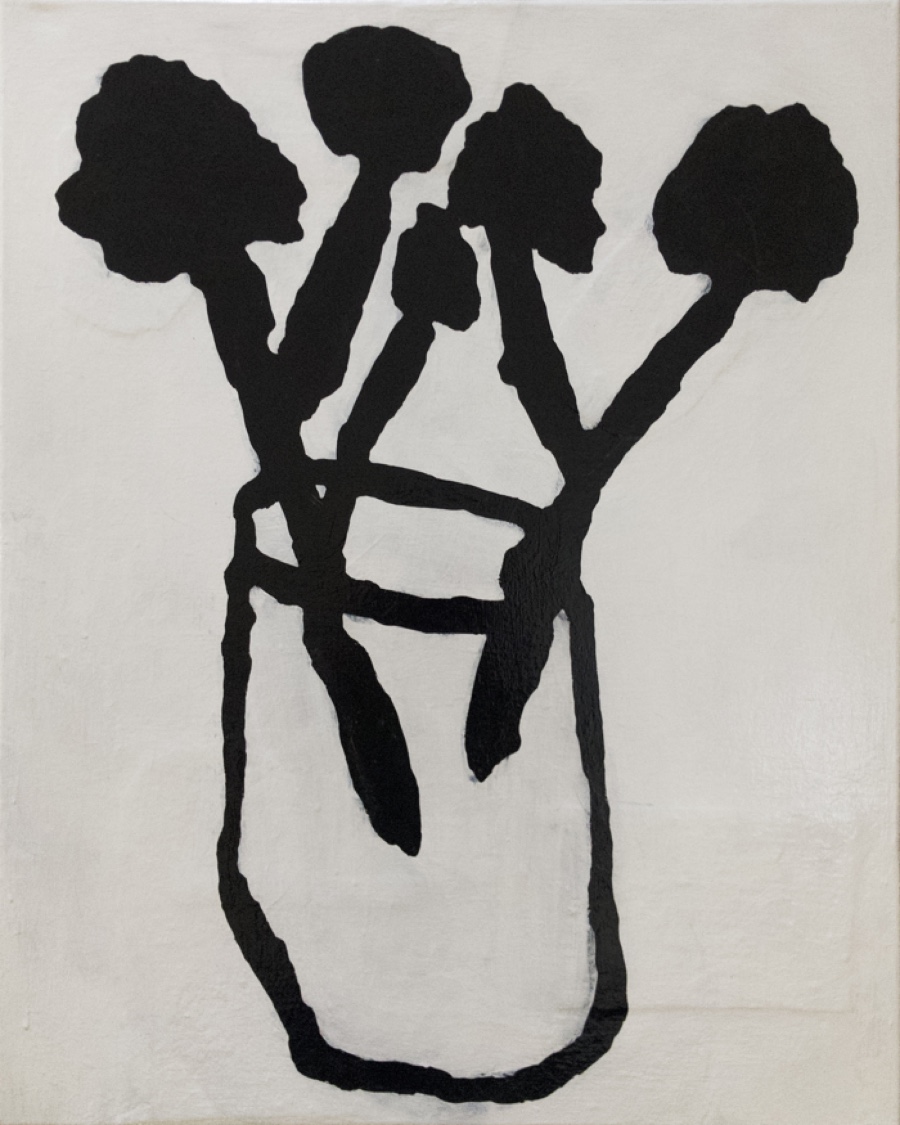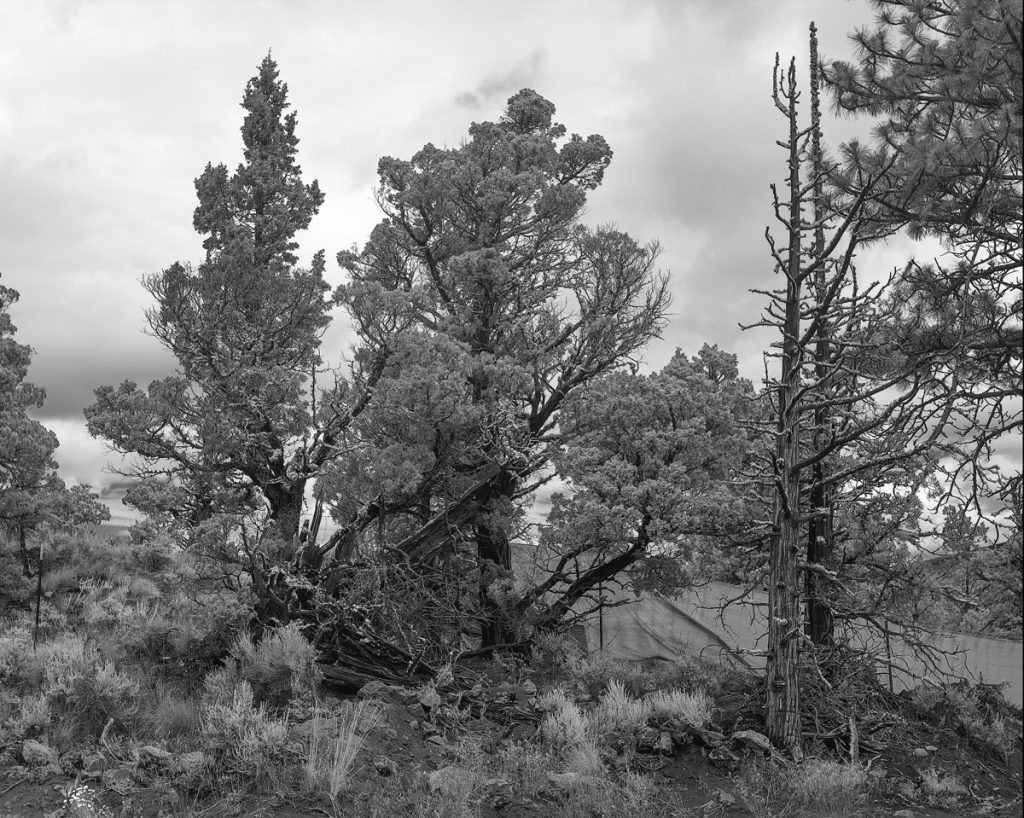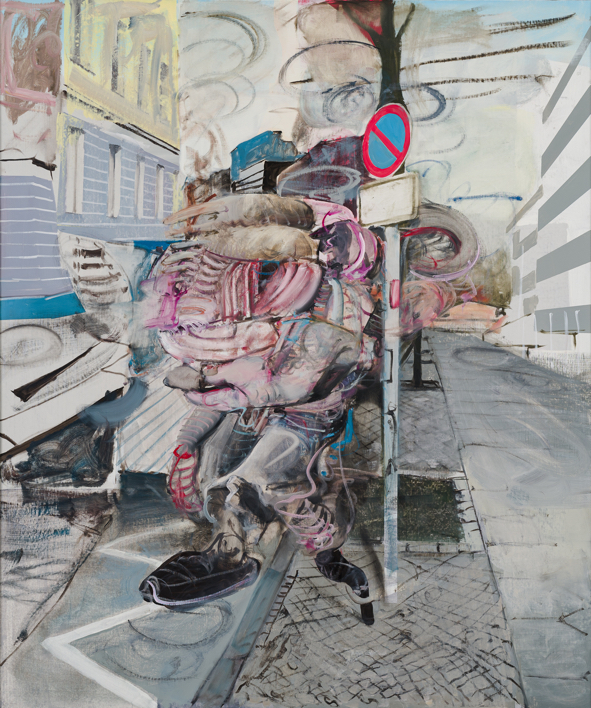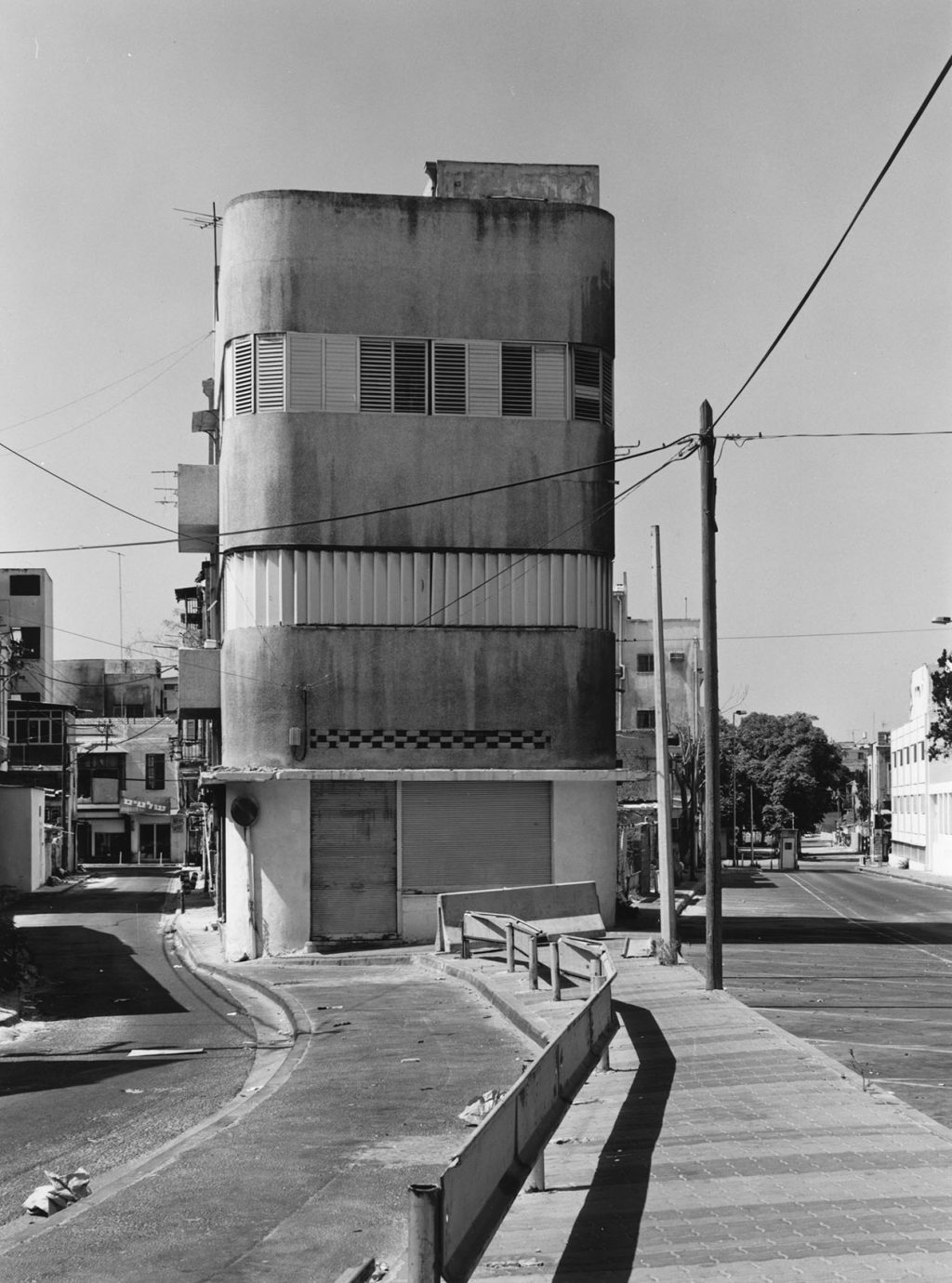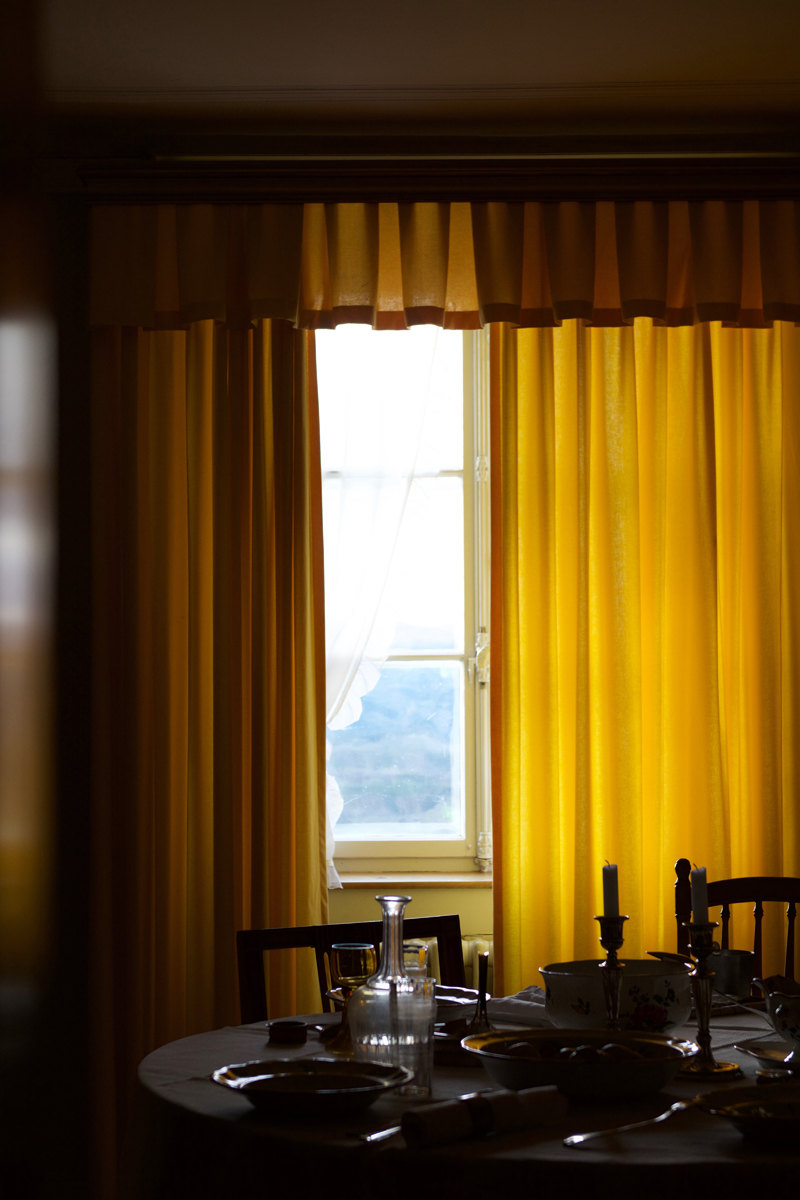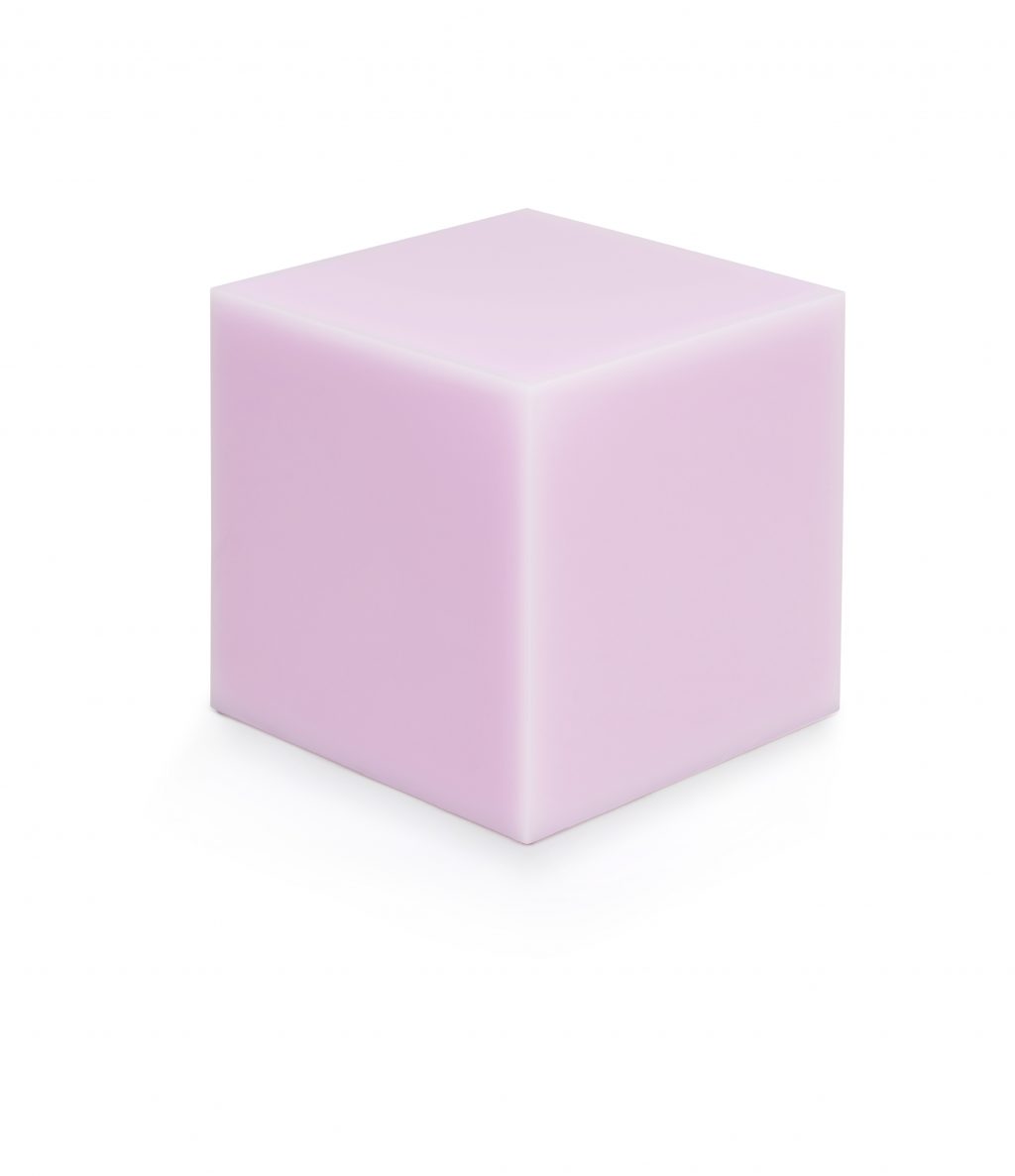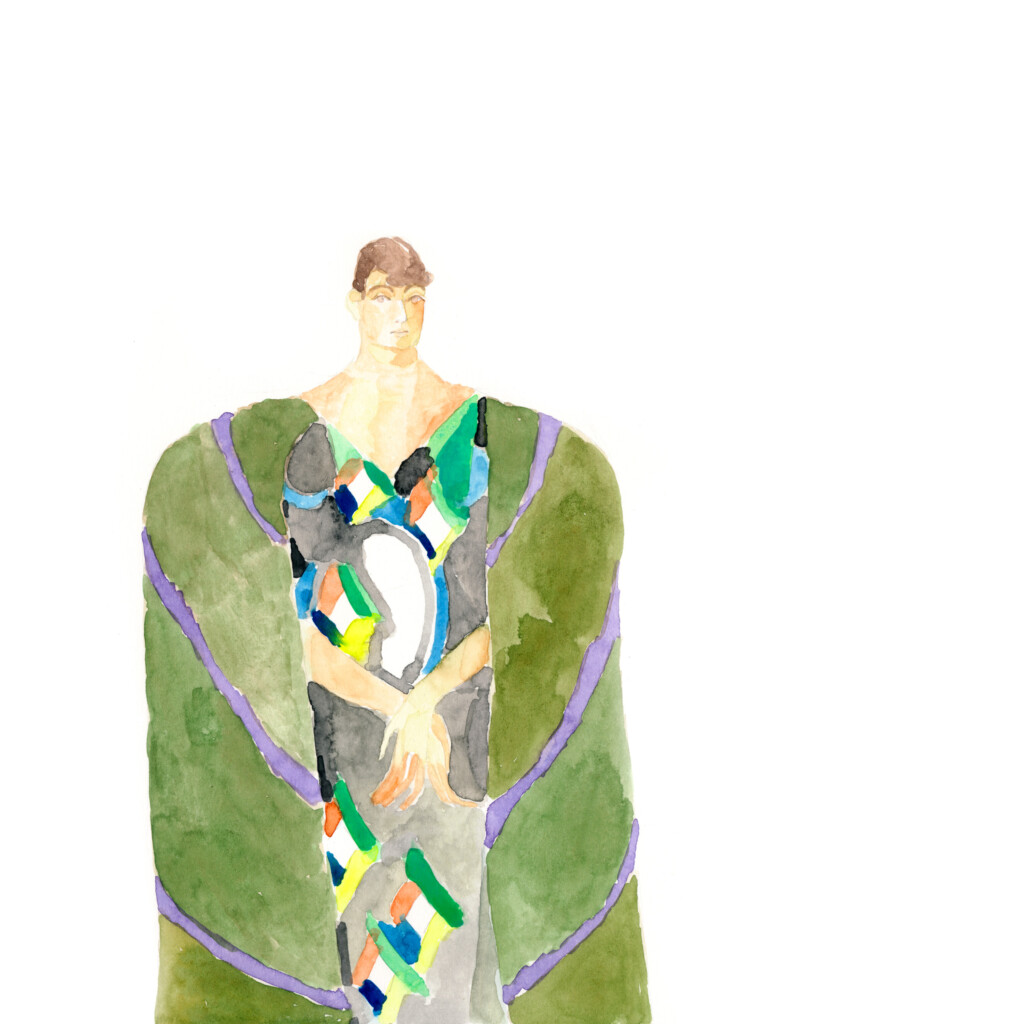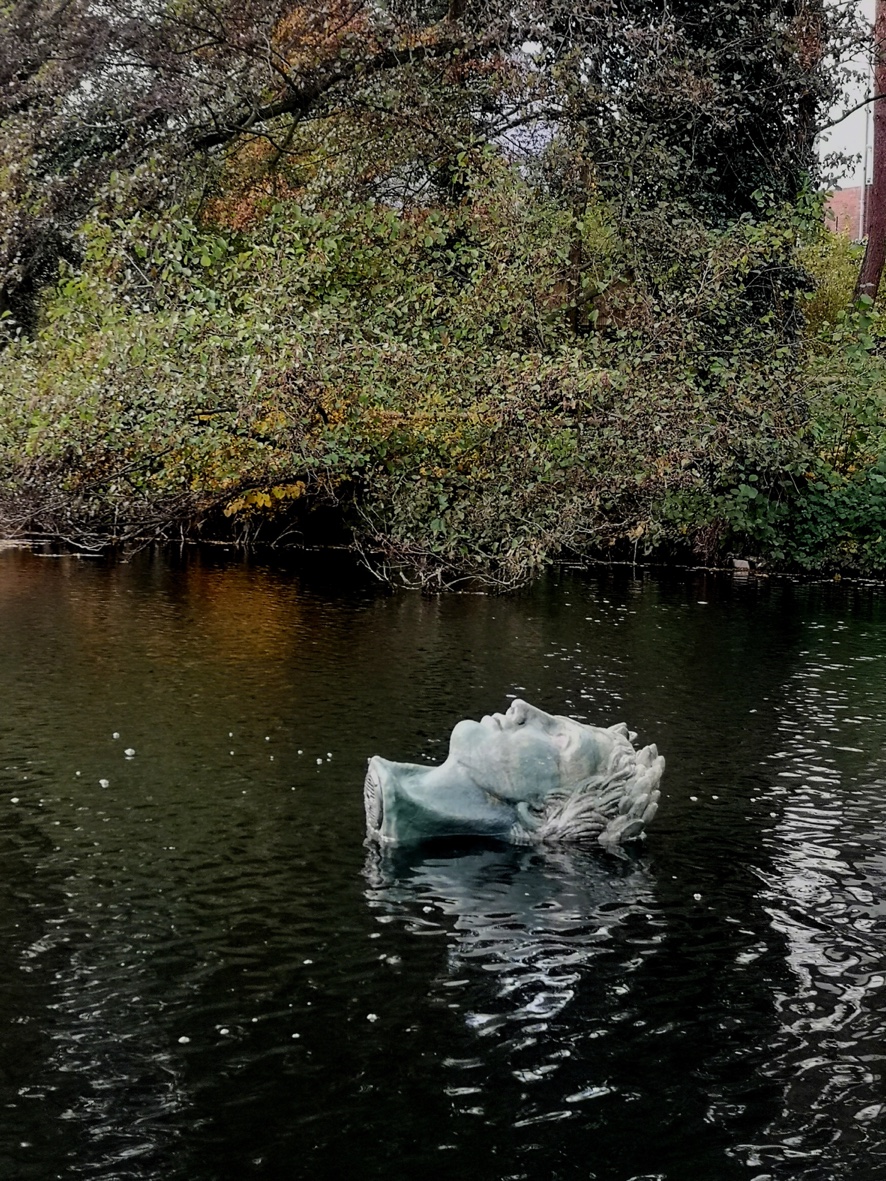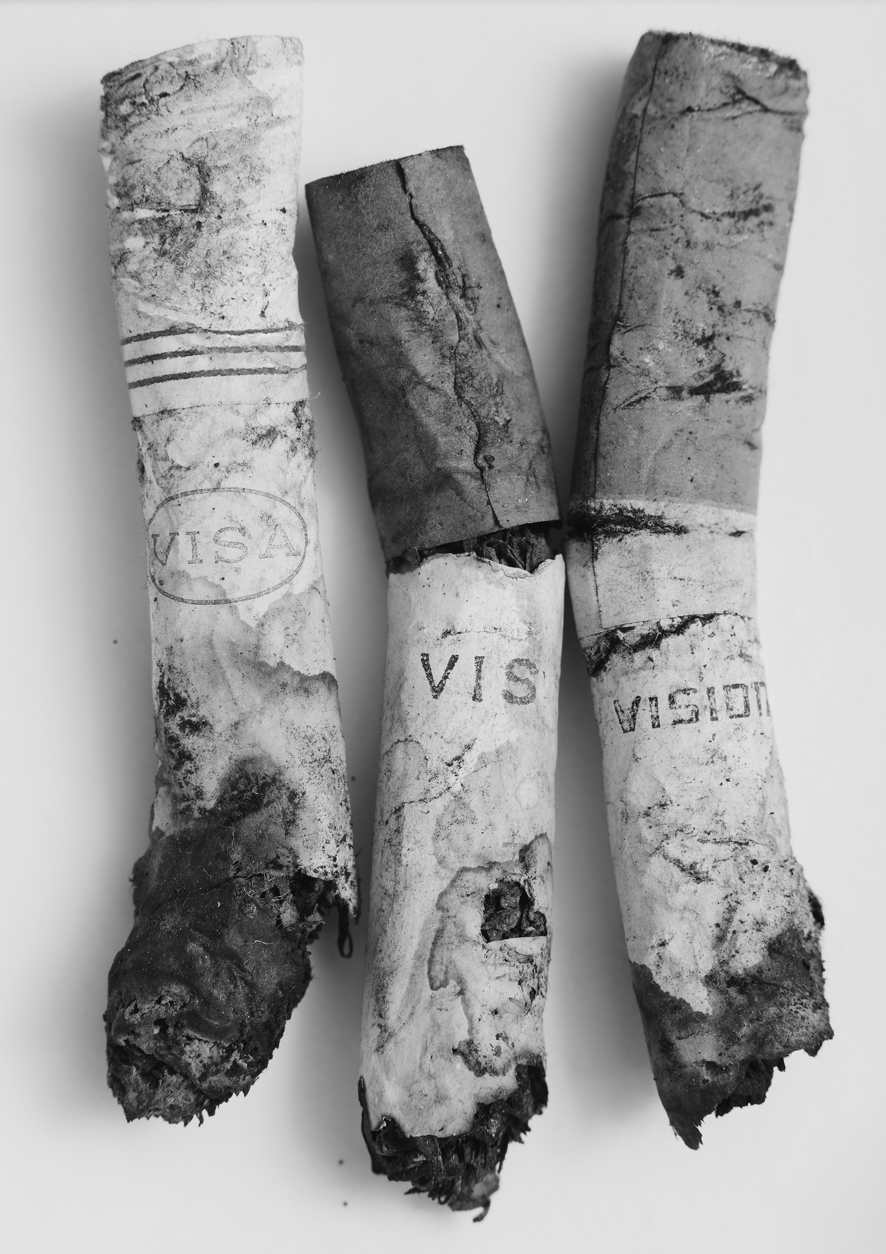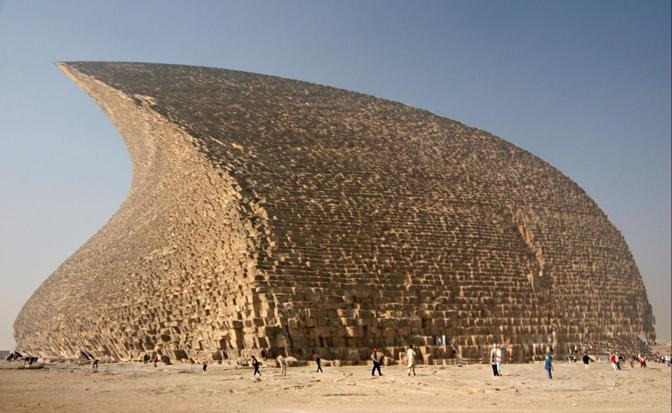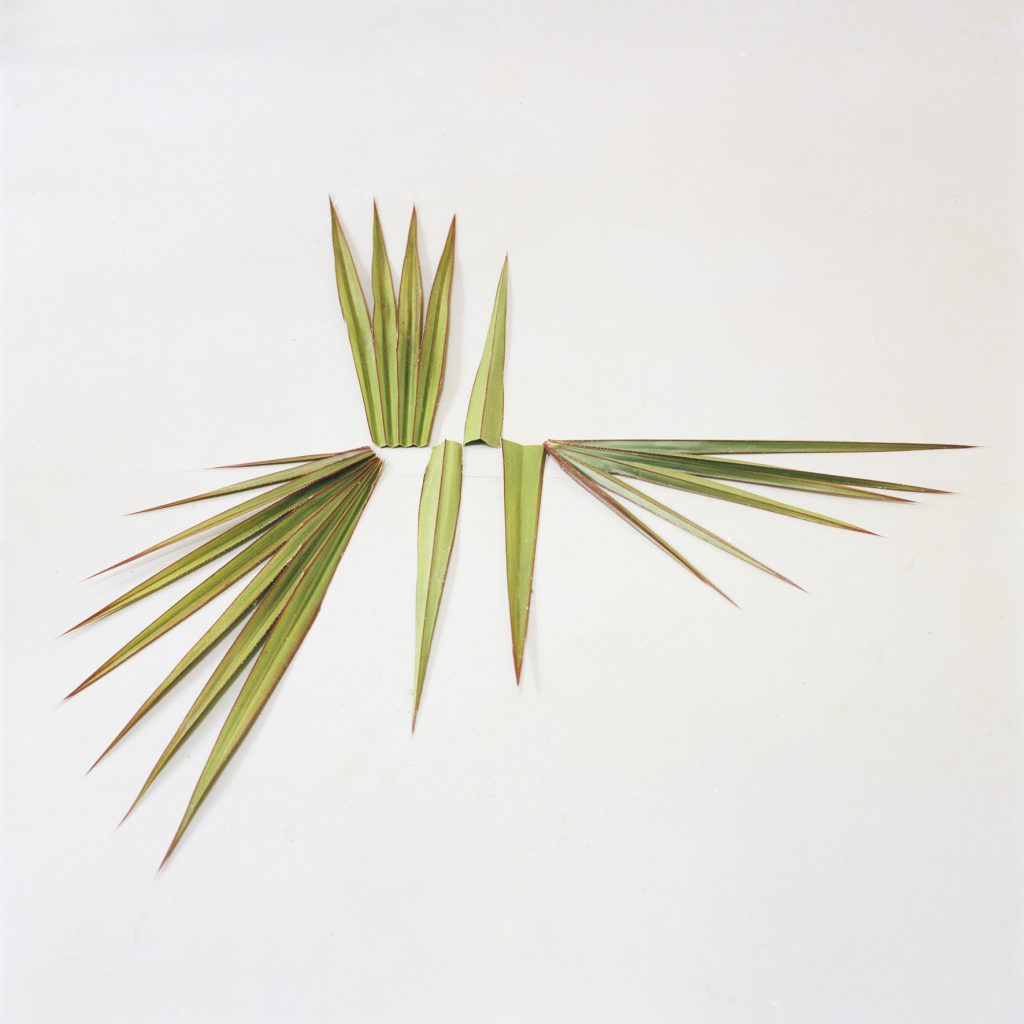Less energy, more culture is the ethos driving the Aktionsnetzwerk Nachhaltigkeit. It is the main contact point for corporate ecology in culture and media to actively promote the energy transition in the cultural sector. Urgently needed, because an average-sized cultural venue consumes around 1,000,000 kWh (theatres) to 15,000,000 kWh (museums) of electricity and energy per year. This corresponds to the annual energy consumption of around 850 three-person households per cultural site. Sprint20 provides practical knowledge: a comprehensive checklist and cost-neutral energy consultations to help cultural institutions to quickly and efficiently consume 20% less energy. And that’s good for everyone: the less money is spent on energy, the more is saved for content.
Kino International: Watching 60 Years of Transition
BY THE ARTISTS FOR SWISS ARTISTS
8 artists, 8 publications, 1 programme: On the occasion of the 6th edition of Cahier d’Artistes by ProHelvetia, the non-for-profit association The Artists has organised for the first time a series of talks, performances, readings and screenings throughout Switzerland. Central to the presentations of this year’s featured artists are the unique books they realised with the independent publisher Jungle Books.
On time and space – Iwan Baan
Iwan Baan is one of the world’s leading photographers of architecture. Featuring examples from all areas of his rich scope of work the exhibition “Iwan Baan: Moments in Architecture“ at the Vitra Design Museum includes film footage and rarely published photographs of traditional and informal architecture around the world. It shows examples of what Baan has come to be known for best—capturing moments of when architecture comes alive, when plans are made, when workers rest, when people move in or out.
13 STEPS, A NEW FILM PROJECT BY OMER FAST, SCREENING IN PUBLIC SPACES
What is the reality of images, their status between representation and supposed reality? This is the question artist Omer Fast addresses in his new 3D film project 13 Steps. The recurring motif of the work is the announcement of a message, whether real or fictitious is not always clear. The accompanying voice-over is by writer Tom McCarthy and serves as an independent audio guide, using text fragments to refer to the film scenes and create new contexts. The half-hour film is presented at three public locations where 3D glasses are available to immerse oneself in the immersive experience: in the foyer of the New Work Harbour in Hamburg, the Herford City Library and the City Galerie shopping centre in Siegen. If you’re not around, check out individual scenes and contextual information from the film in the accompanying app.
UFFIZI, PRADO, CENTRE POMPIDOU, WALLRAF-RICHARTZ-MUSEUM … TOLD BY THEIR GUARDS
Museum supervisors are often underestimated art connoisseurs hidden in plain sight. Nobody spends as much time with precious works of art as the people that guard them. Now we get to experience some of the world’s most prestigious museums through their eyes. A documentary series produced by Film Five and shown on Arte TV, takes us into the Uffizi, Prado, Centre Pompidou and Wallraf-Richartz-Museum where art custodians open the doors to rooms and collections that are closed to the public.
Vibrancy, dignity and naïvety — Niko Pirosmani
Niko Pirosmani is a legendary, mythical figure. The Georgian artist (1862–1918) is one of modern art’s enigmatic loners. Depicting both people and animals with profound dignity, his subjects often look out at the viewer in a manner both insistent and detached. Bathed in harmonious stillness, they are endowed with a fascinating presence. Using vibrant colours on a black background, Pirosmani painted iconic images of glowing intensity. Featuring around 50 major paintings, Fondation Beyeler hosts the most comprehensive international exhibition of Pirosmani’s work to date.
LITTLE RED RIDING WOOD
From lumber port to border zone, from brownfield site to the legendary club Bar25 to a co-operative cultural district drawing 500,000 visitors per year: The Holzmarkt Berlin was and will be a lot of things. Now, an all-wood building has entered the scene: Red and robust, Haus 2+ sets out to expand the architectural possibilities of timber while remaining true to a tight budget and the highest energy efficiency standards. It’s a friendly parasite that uses the open-air stairwell of the neighbouring building, to eliminate the need for its own CO2-intensive circulation space. Designed by Office ParkScheerbarth, its compact and curvy shape offers individual room layouts for a diverse mix of tenants: A tattoo parlour and a physiotherapist, a bakery and a booker, an artist and a photographer.
Festive weekend at Studio Mondial enlivens Ku’damm
Held at Studio Mondial on Kurfürstendamm, GALLERY WEEKEND FESTIVAL will feature an extensive programme of performances, screenings, sound pieces, readings and installations. More than 40 of Gallery Weekend Berlin’s galleries presenting on 2 days their contributions by their artists, focusing mostly on younger positions that oscillate between traditional disciplines in a non-hierarchical way and thus open up new spaces of experience.
WAKE UP BABY, NEW ARMCHAIR JUST DROPPED
Gravity’s Tune
Gravitational waves are a propagating phenomenon that travel at the speed of light and are caused by, among other things, the collision of black holes. In “Gravity’s Tune”, Kahrs approaches these extra-terrestrial sounds through music in collaboration with composer Louis d’Heudières. Her work, presented at the Schering Stiftung, shows how astrophysics recordings can be used to stimulate our imagination and offer insights in otherwise inaudible and enigmatic celestial wonders.
Nordic Fever — Edvard Munch at Berlinische Galerie
Magic of the North focuses on Edvard Munch’s pivotal biographical proximity to Berlin. Gripped by the fever for all things Nordic at the time, the Berliner Künstler association invited the young, unknown artists to a solo exhibition in 1892. His colourful paintings shook the public and the exhibition was forced to close shortly after opening. The “Munch Affair”, as the press sardonically called it, is widely considered the beginning of Modernism in Berlin and brought the artists a lot of attention. Riding that wave of shock and awe, Munch discovered Berlin as a place where he could develop his radical modernity and it became one of the most important European hot spots for his career.
Where are all we? What is maintained? Where are the mountains?
Rindon Johnson’s show FIVE at gallery Max Goelitz is based on “Clattering”, a sci-fi novel created in collaboration with writer Rainer Diana Hamilton. The exhibition – mirroring the novel – is a proposition for open-mindedness, multiplicity and stands in opposition to the organizational states of our world, often built on forms of dualism: relationships, hierarchal structures, systems of reproduction and resource control. Mostly using leather for his object-based pieces in the show, he closely examines social conventions and echoes the novel by referencing everything from industrial processes, treatment of human beings, permeability, vulnerability to questions of identity.
GROUNDING THE VITRA CAMPUS
The Vitra Campus (in Weil am Rhein) is welcoming a new addition: A Garden House by Japanese architect Tsuyoshi Tane. Made from sustainable and locally sourced materials such as water reed, fir and oak, the compact building explores the correlation between memory and place. Measuring 15sqm, the Tane Garden House has been designed to store tools for the adjacent Oudolf Garden as well as to accompany the new kitchen garden for Vitra employees. Aside from outdoor seating and a small fountain, the project features an observation platform on the building’s roof, offering a 360-degree view of the entire Vitra Campus.
LUME: THE LIGHT THAT SHINES ANEW IN FRANKFURT
Formerly known as the Neckarvillen Boutique, the hotel has reinvented itself as LUME. The concept is defined by contrasts: Here, upscale interiors meet casual urbanity, historic architecture meets heartfelt design and the business traveller meets the city’s creative scene. Needless to say that the beauty of contrasts is fully embraced in the interior design too. Foodwise, the in-house gastronomy stands strong: The restaurant Le Petit Royal Frankfurt, an offshoot of Berlin’s well-known Grill Royal, and the French Bento Bar offer fresh interpretations of French classics.

